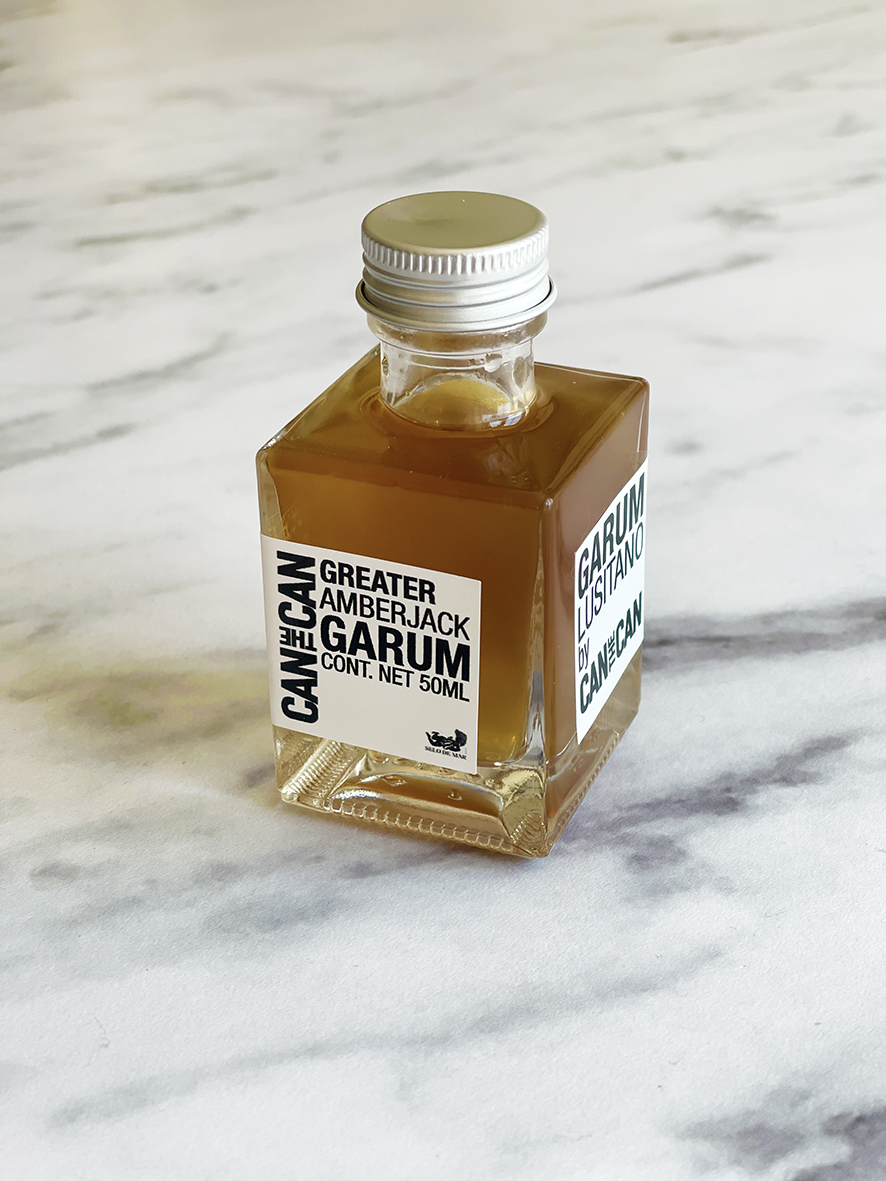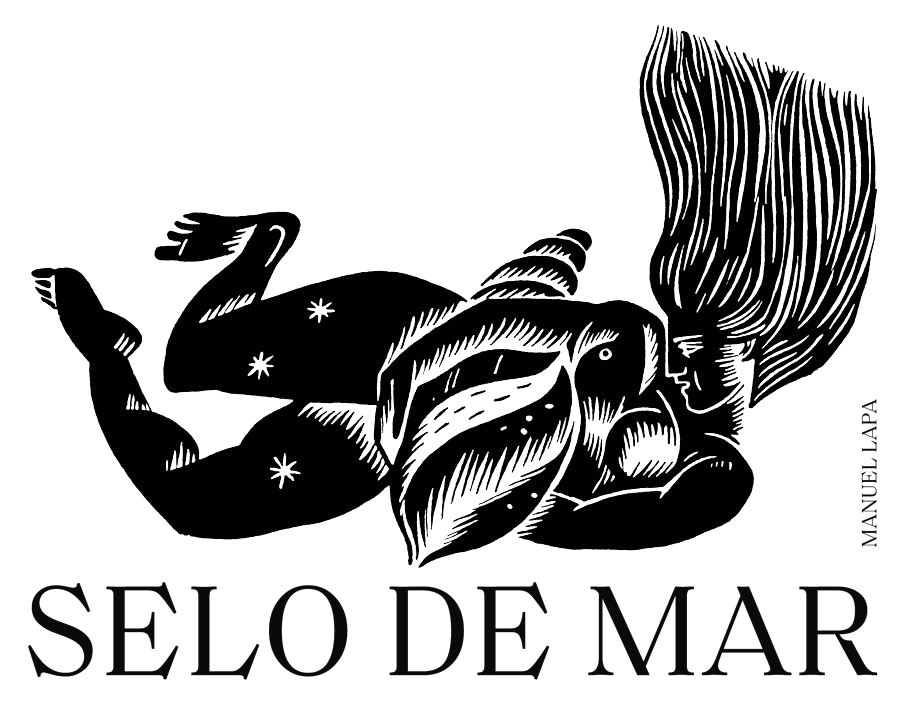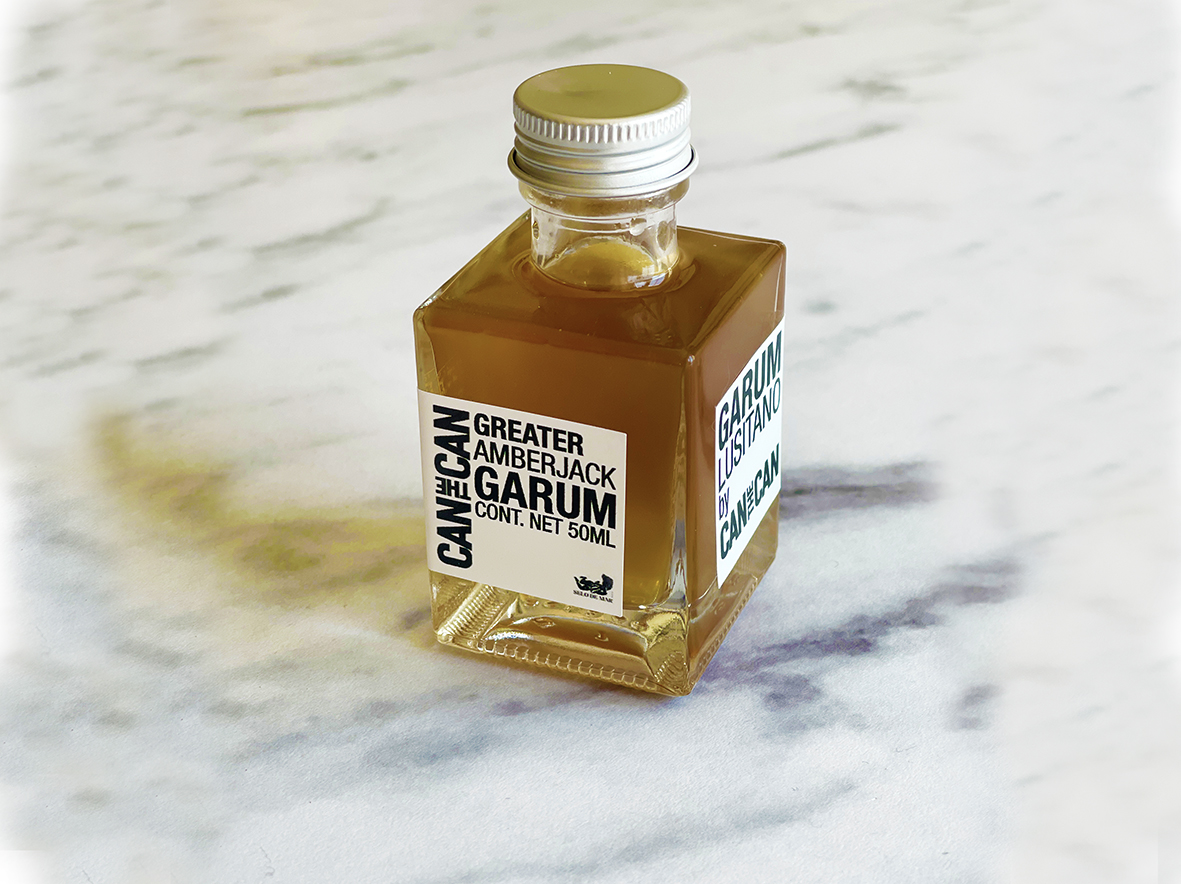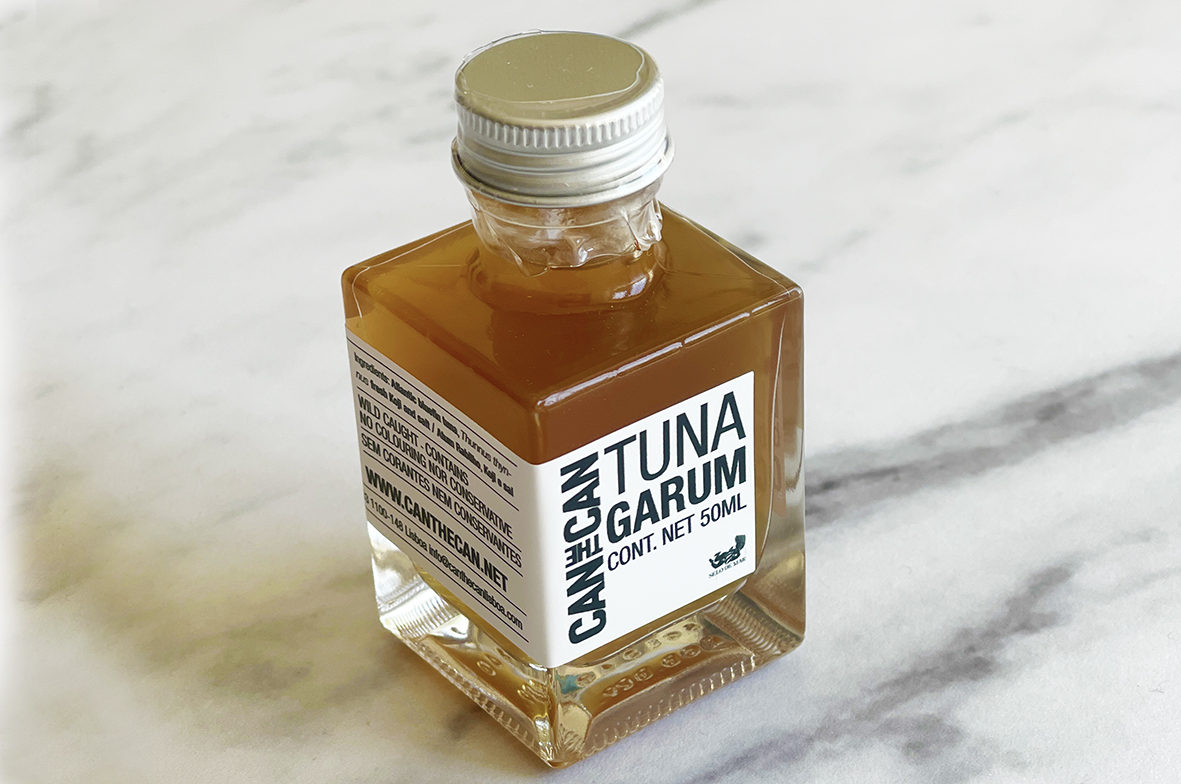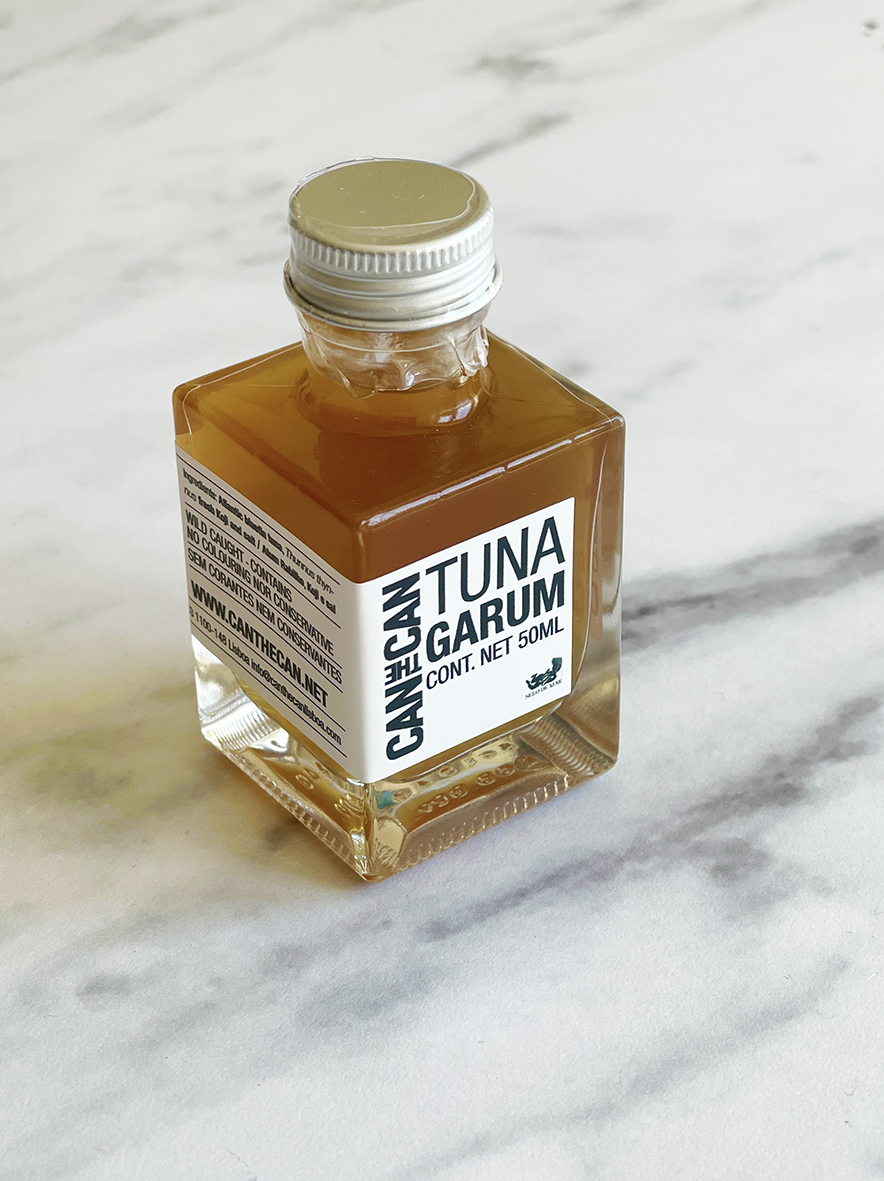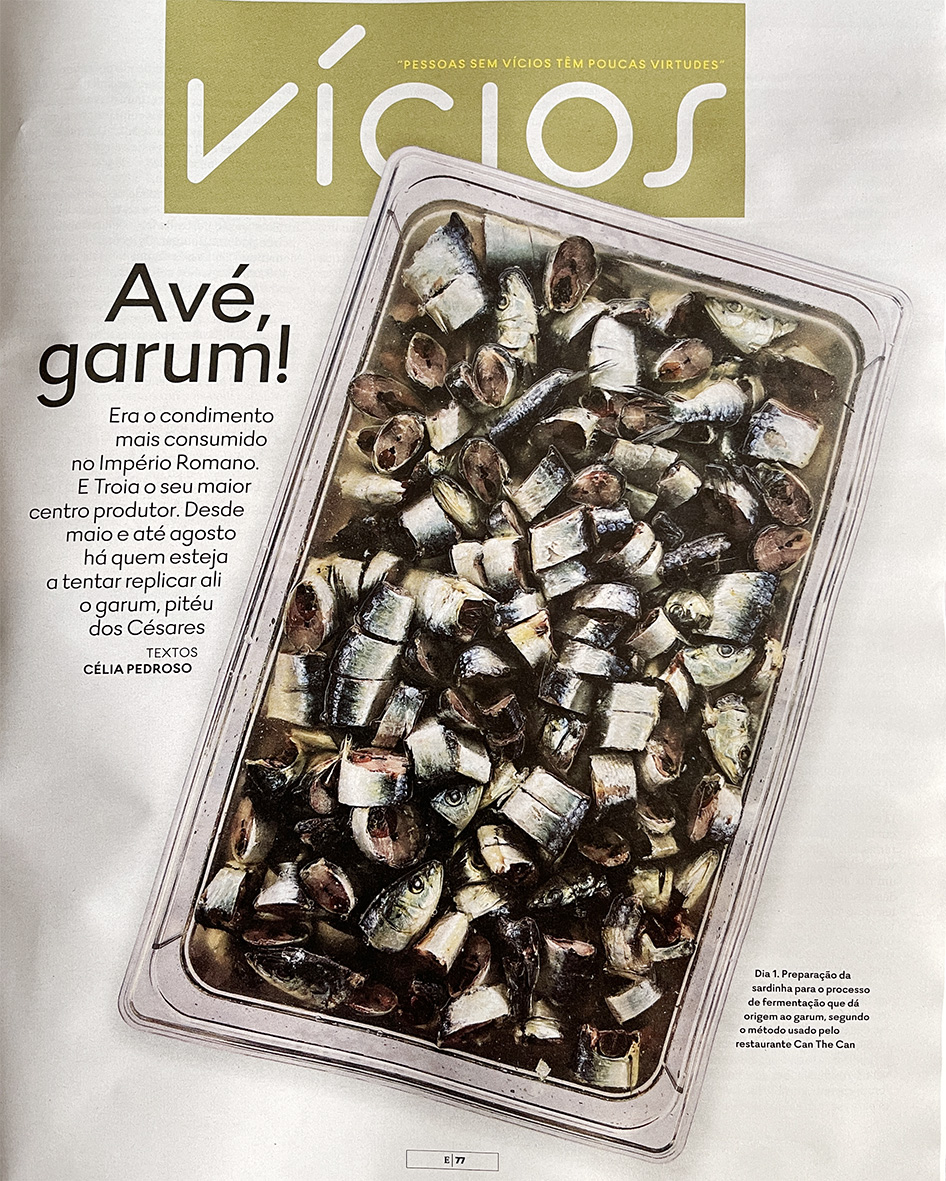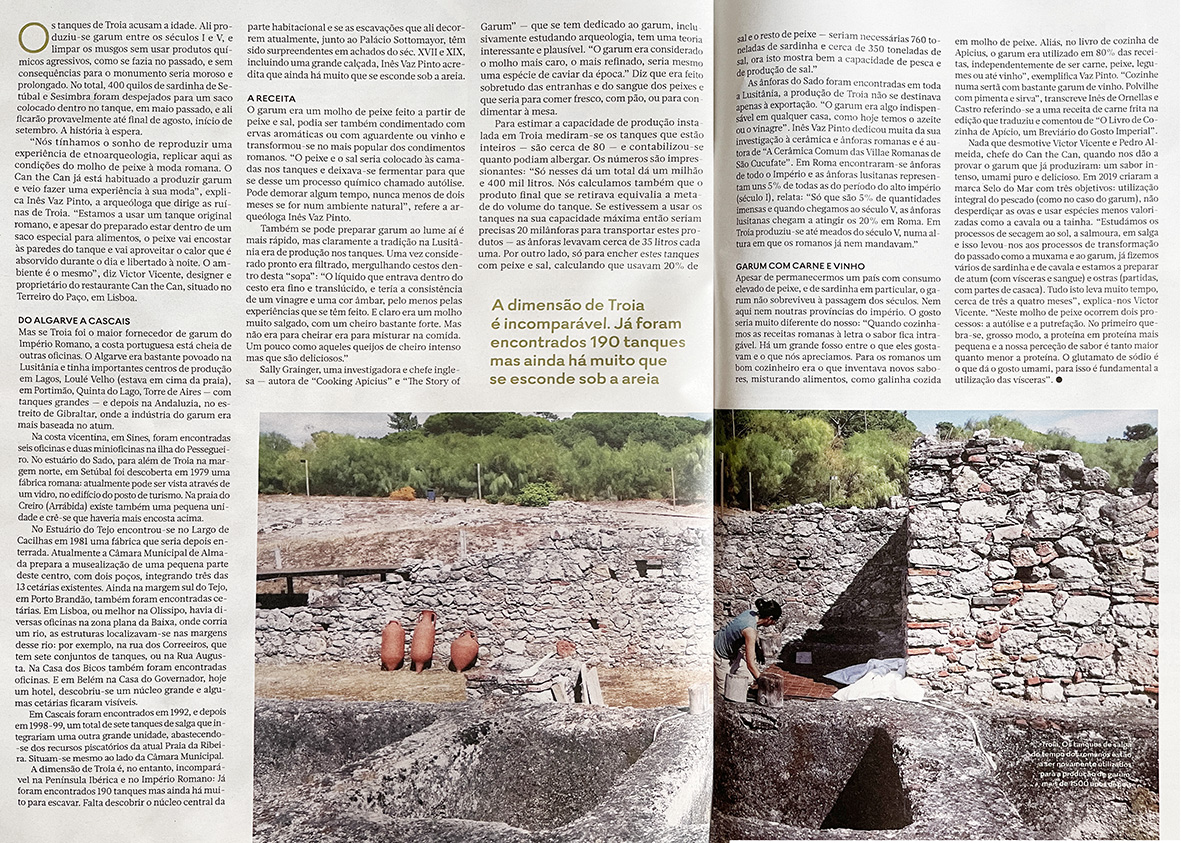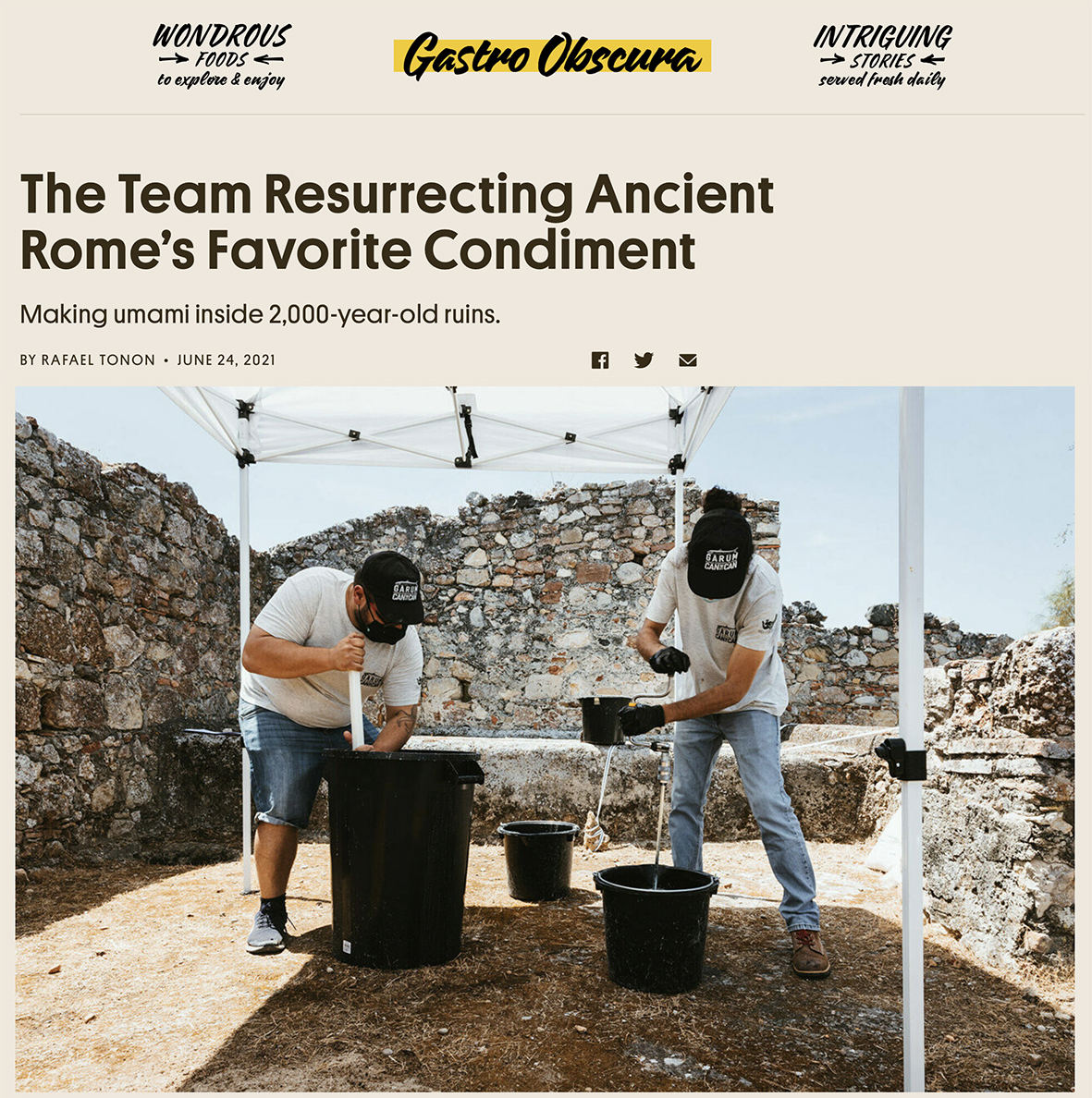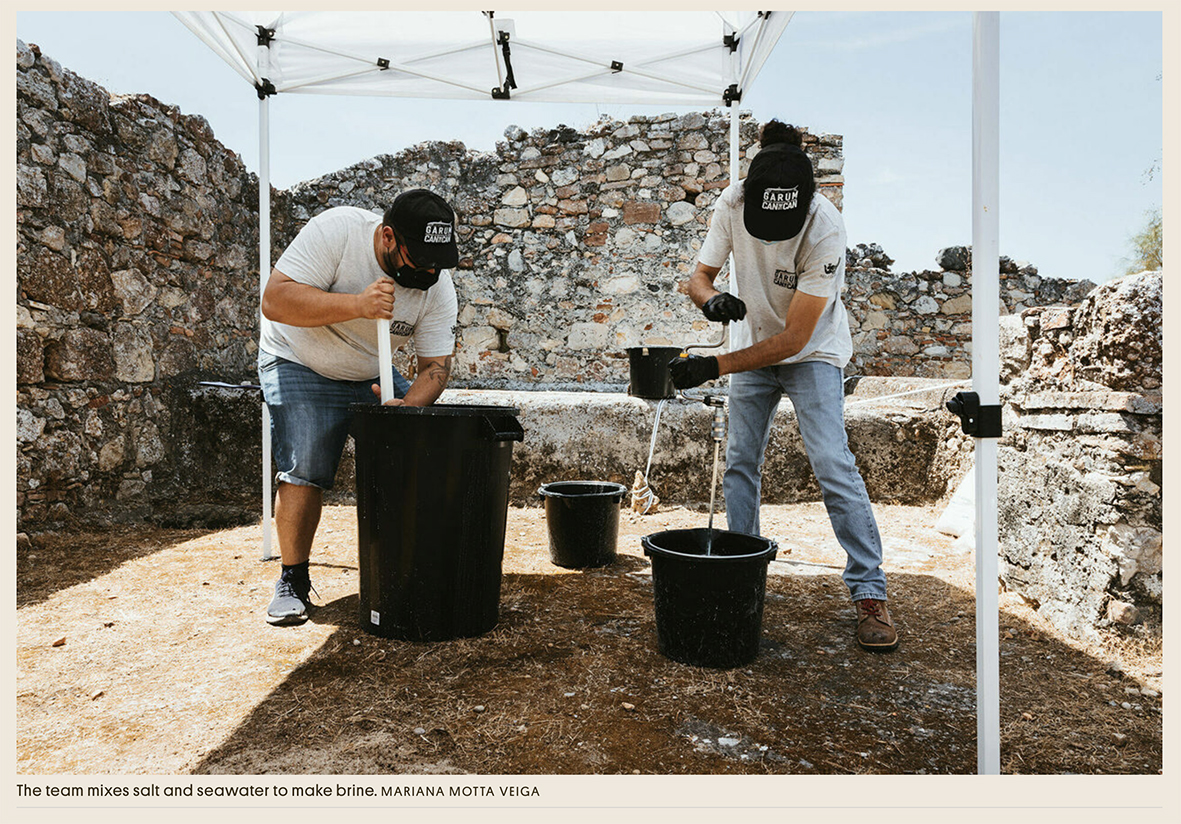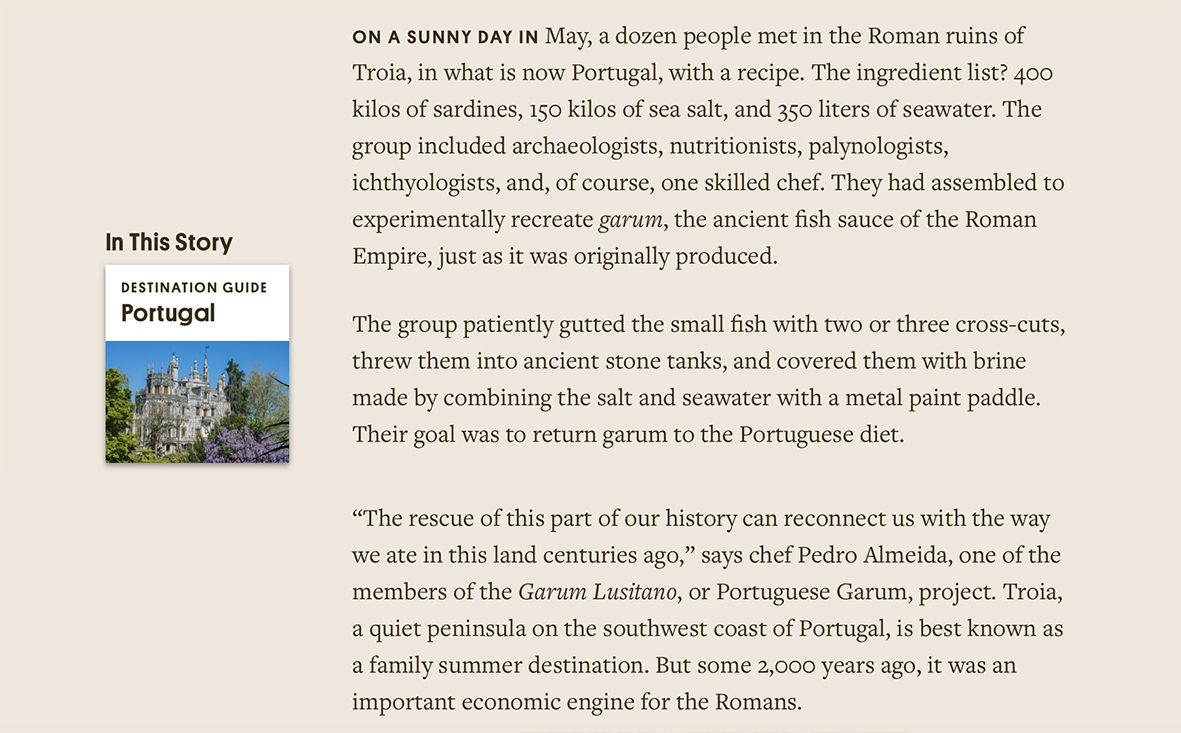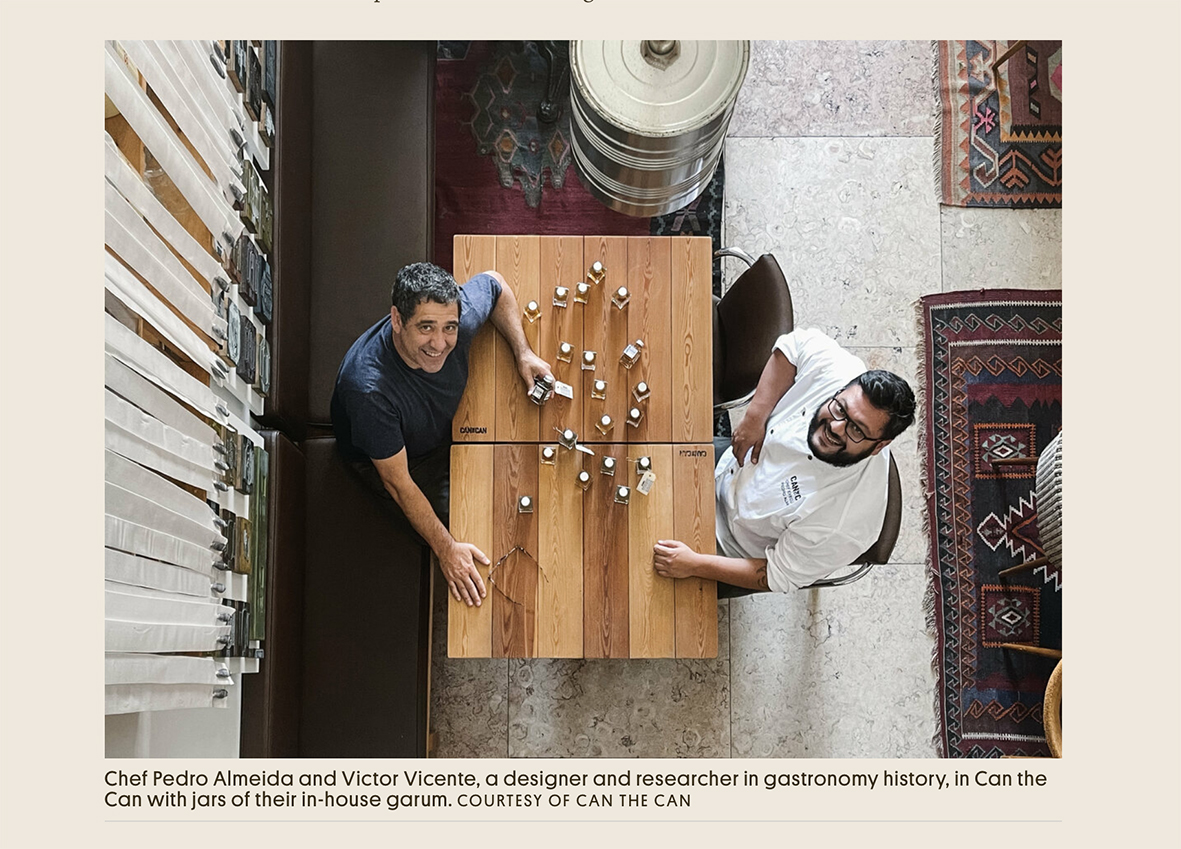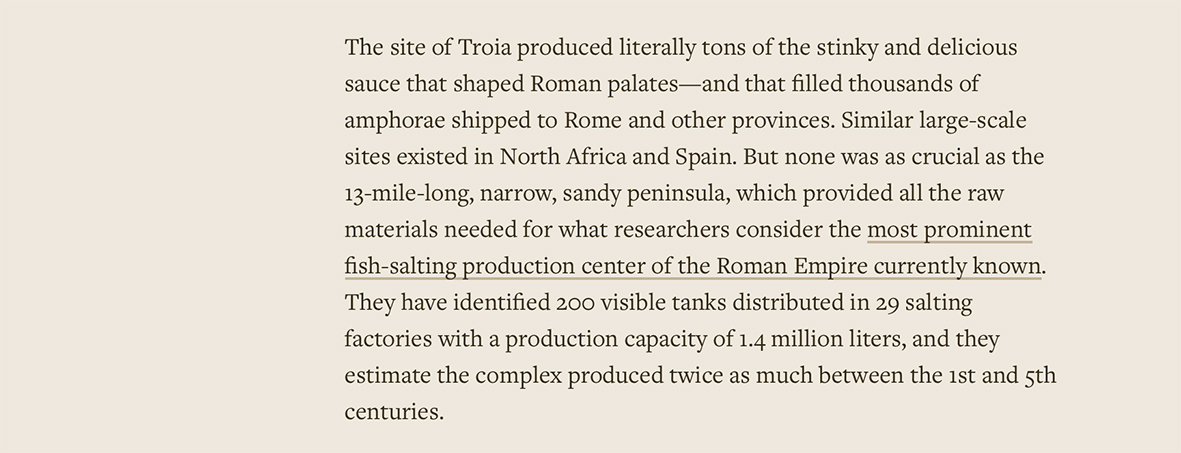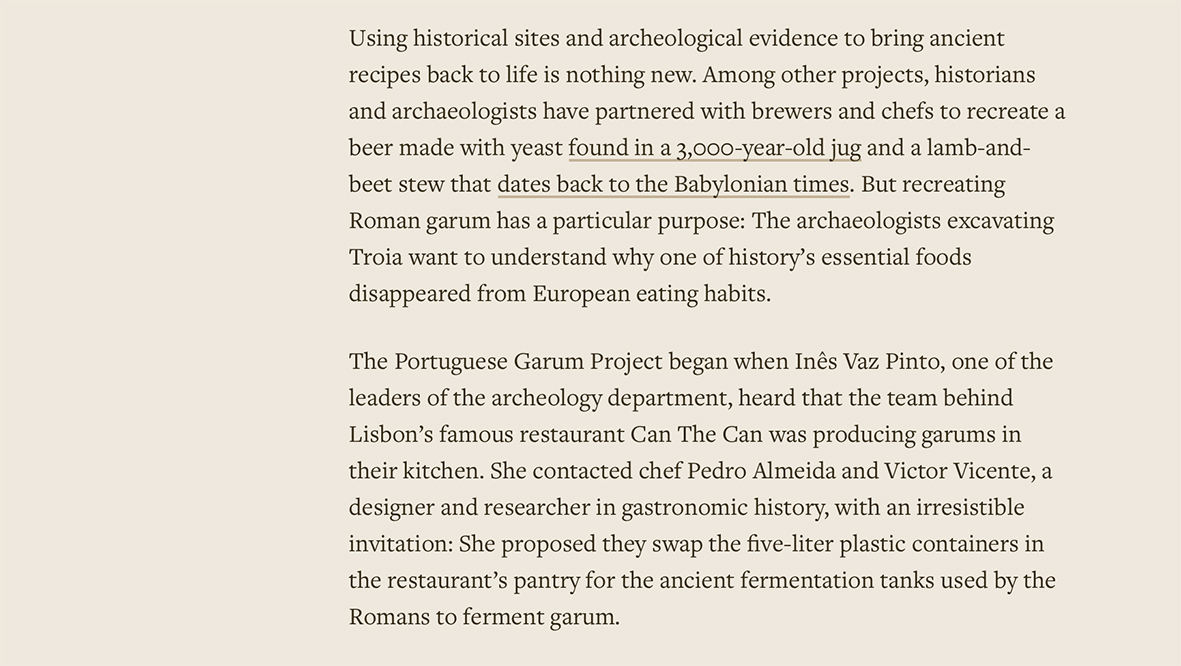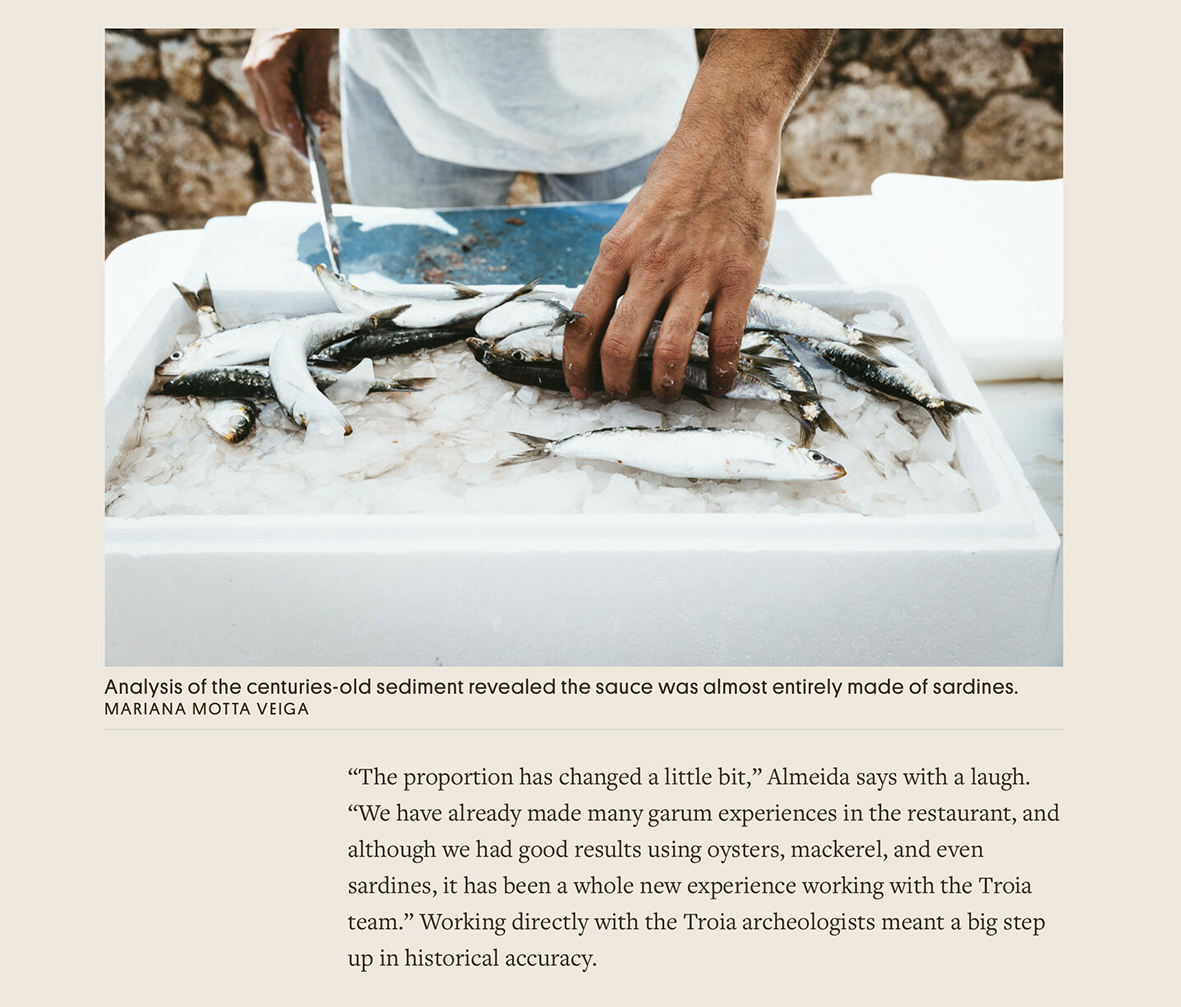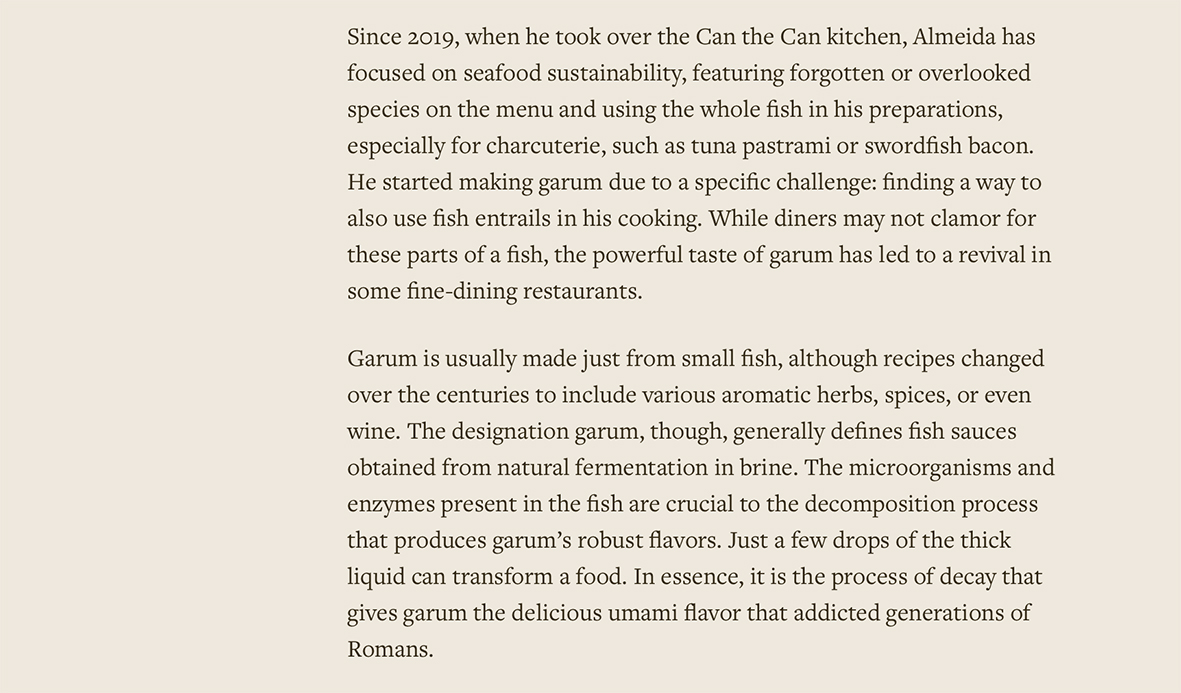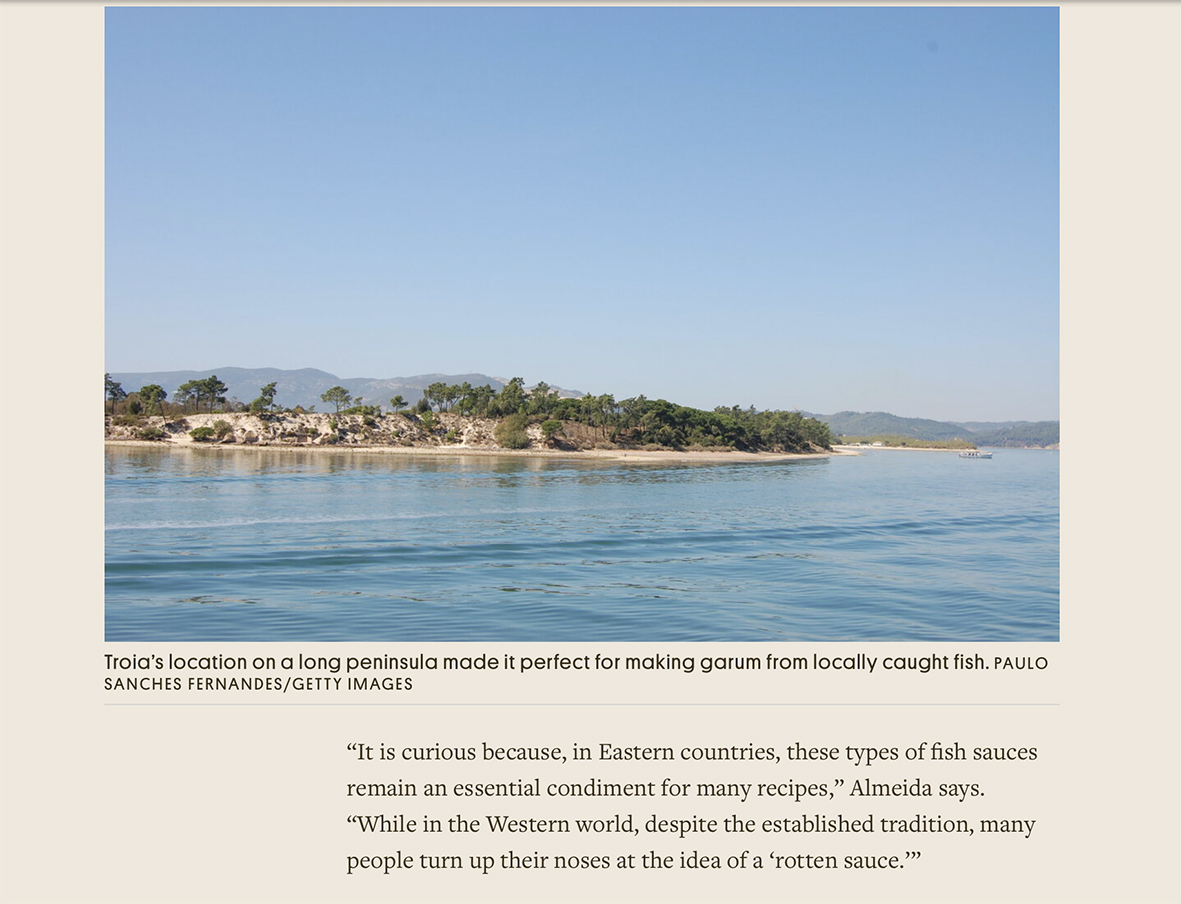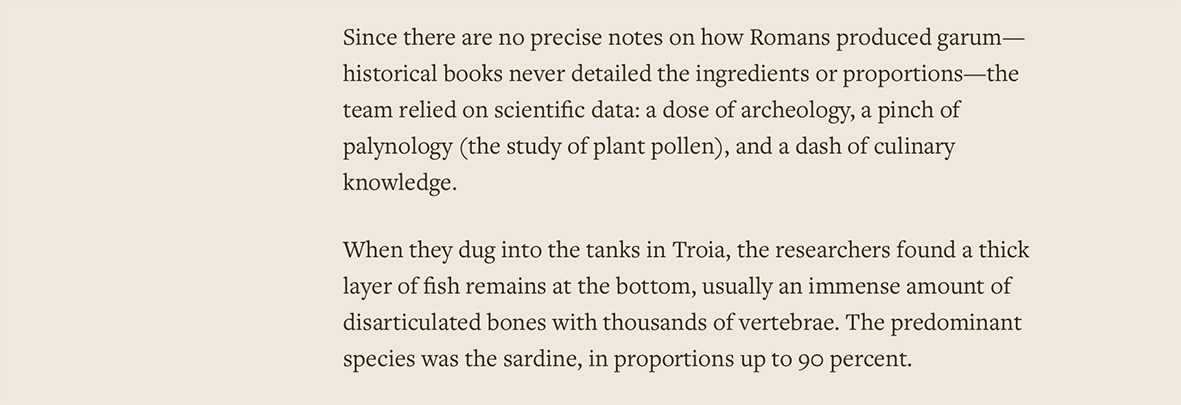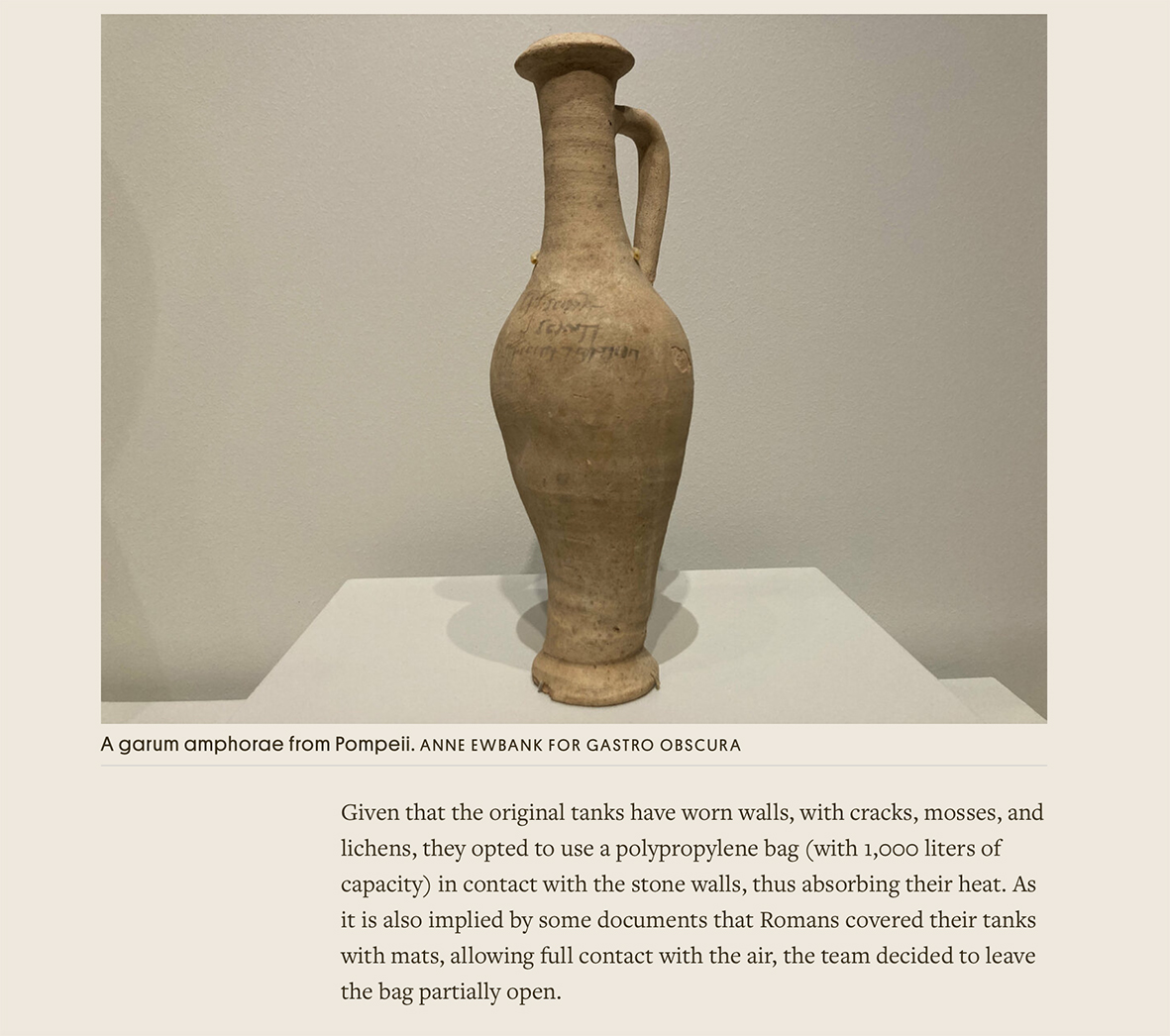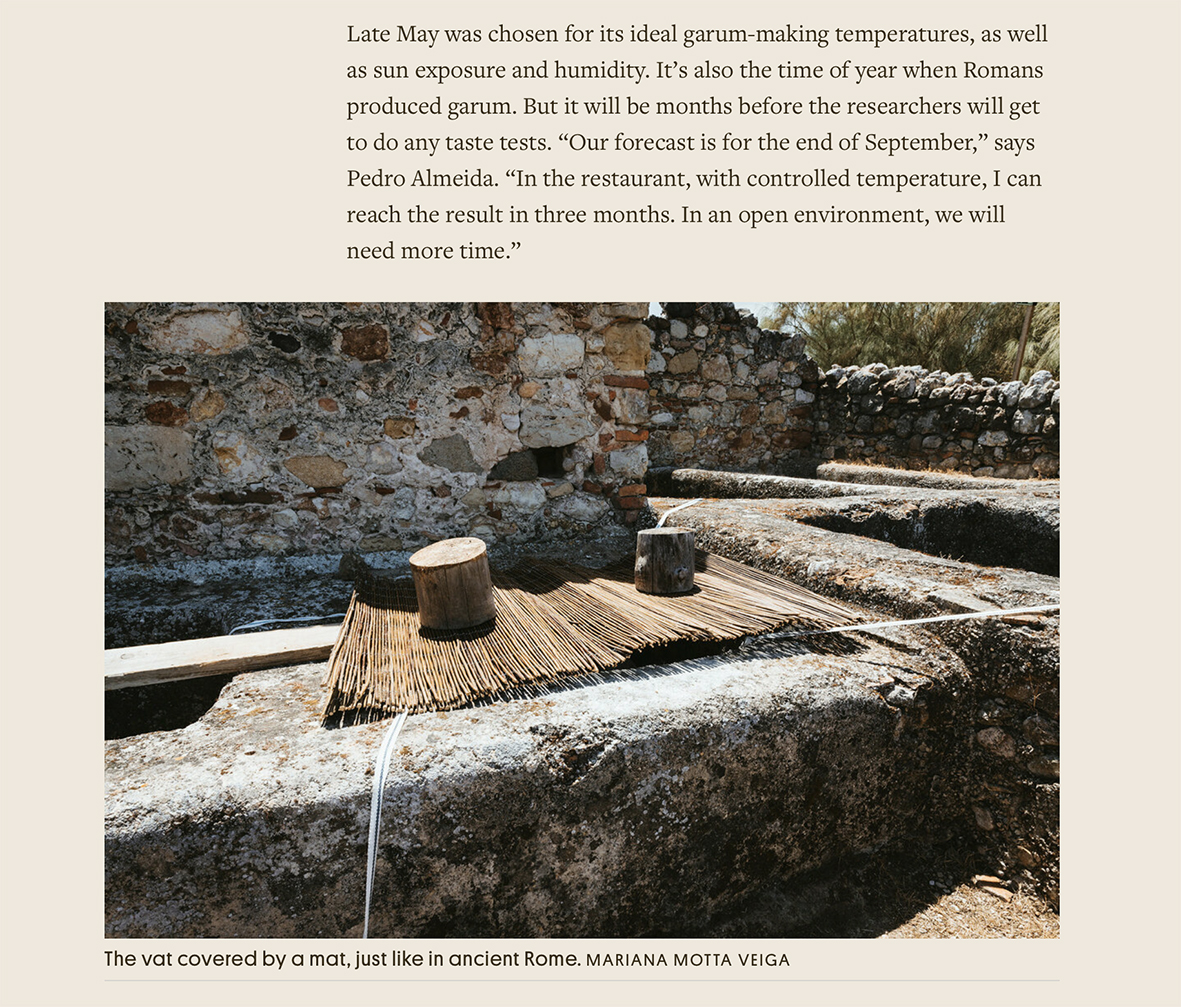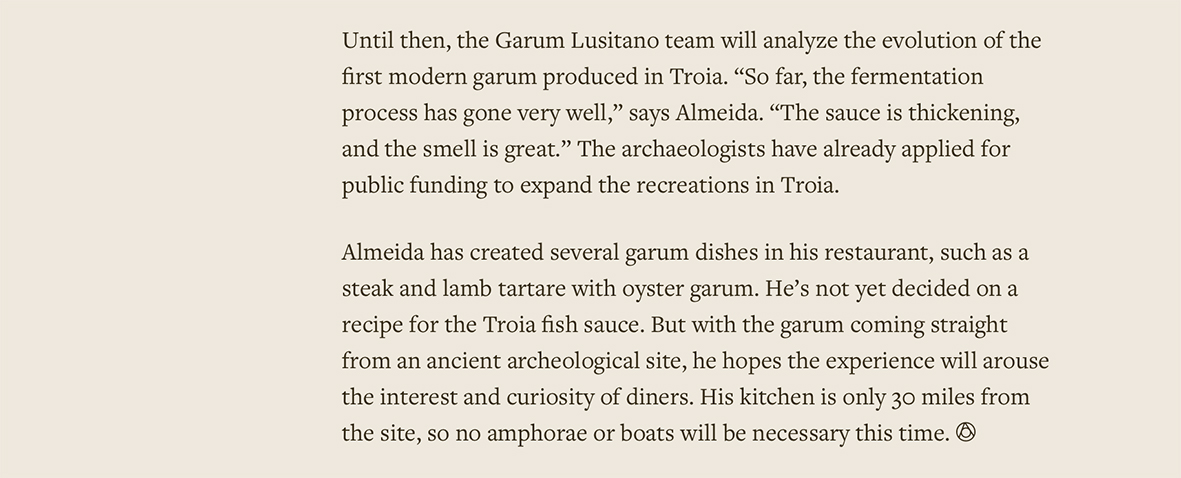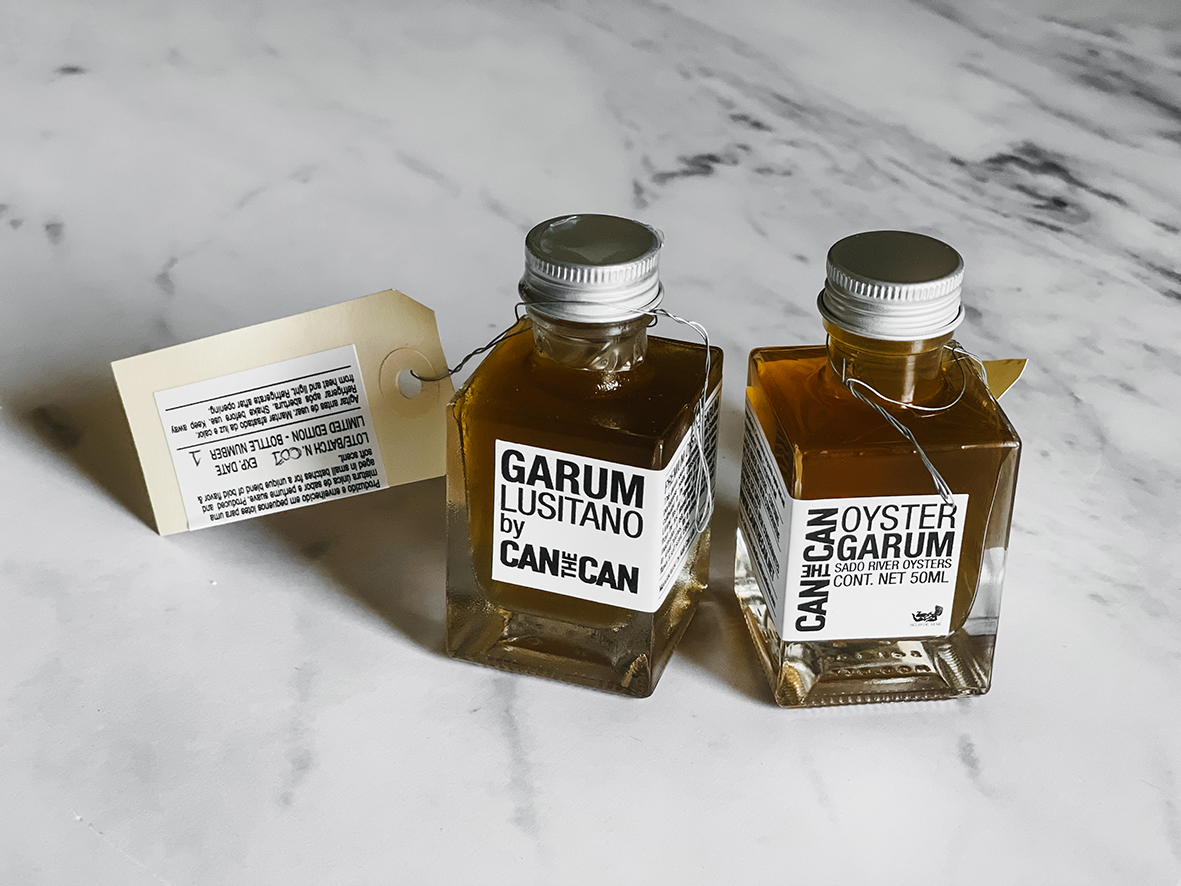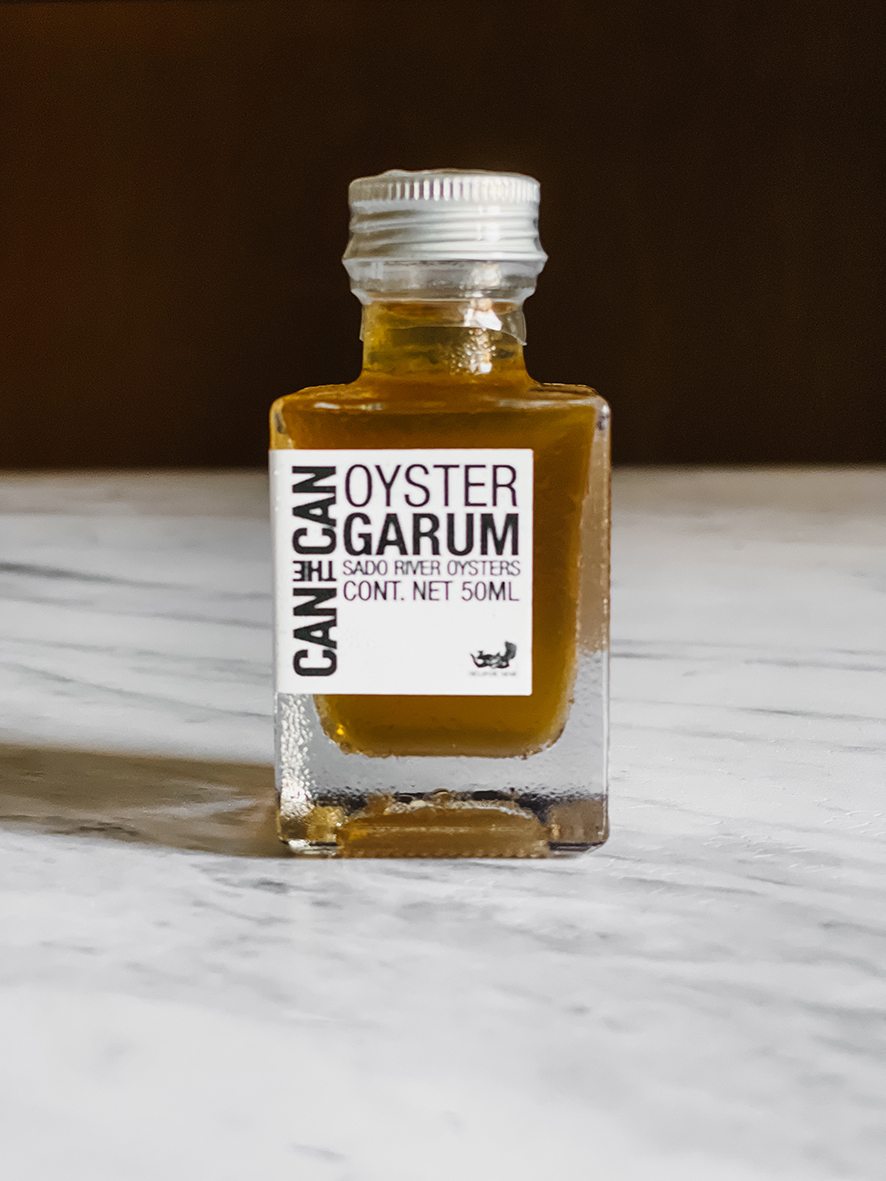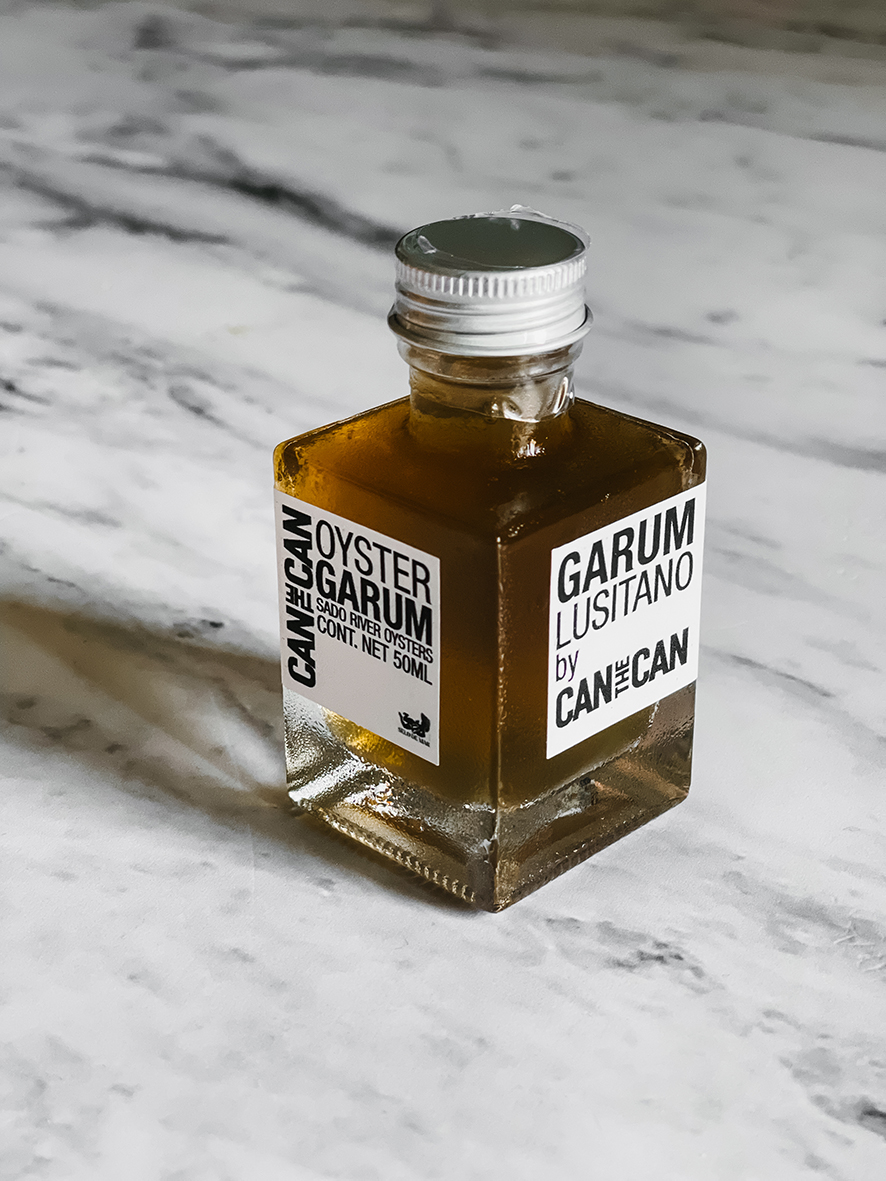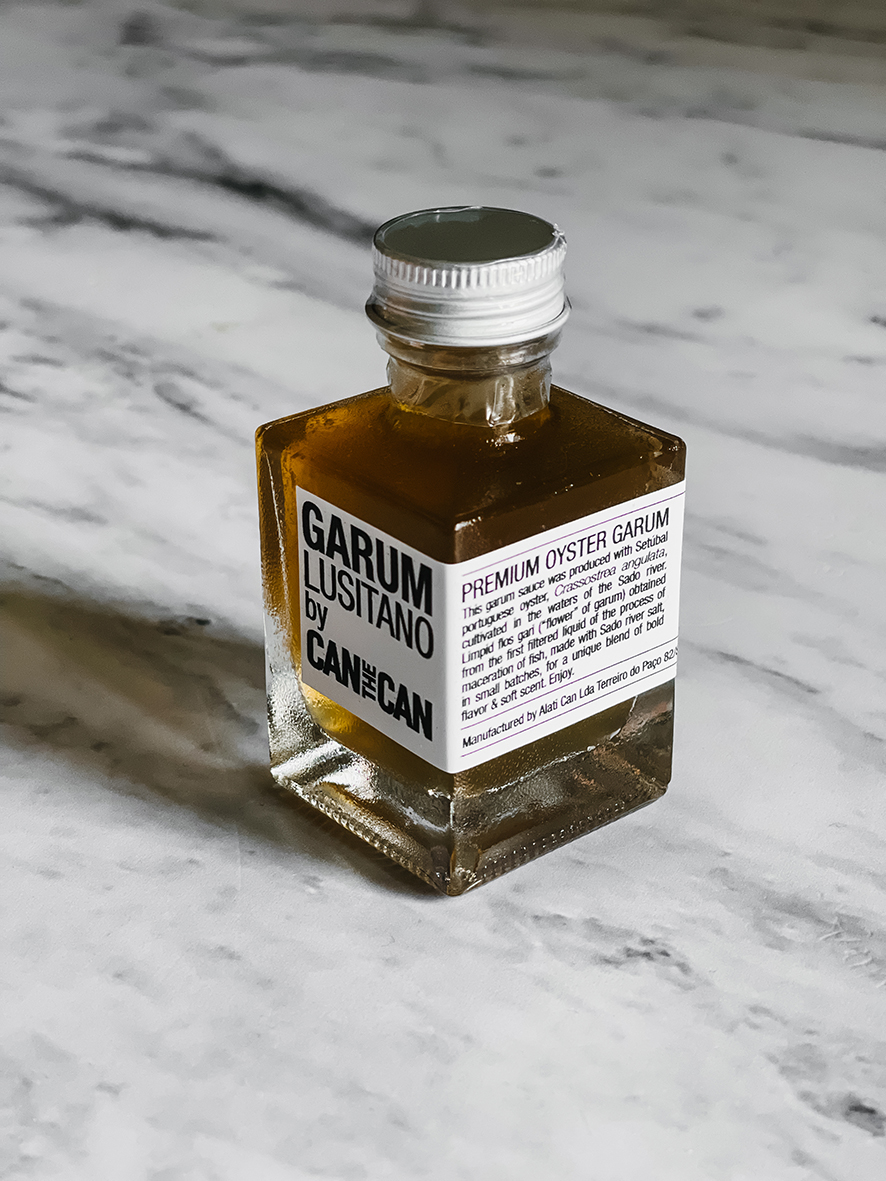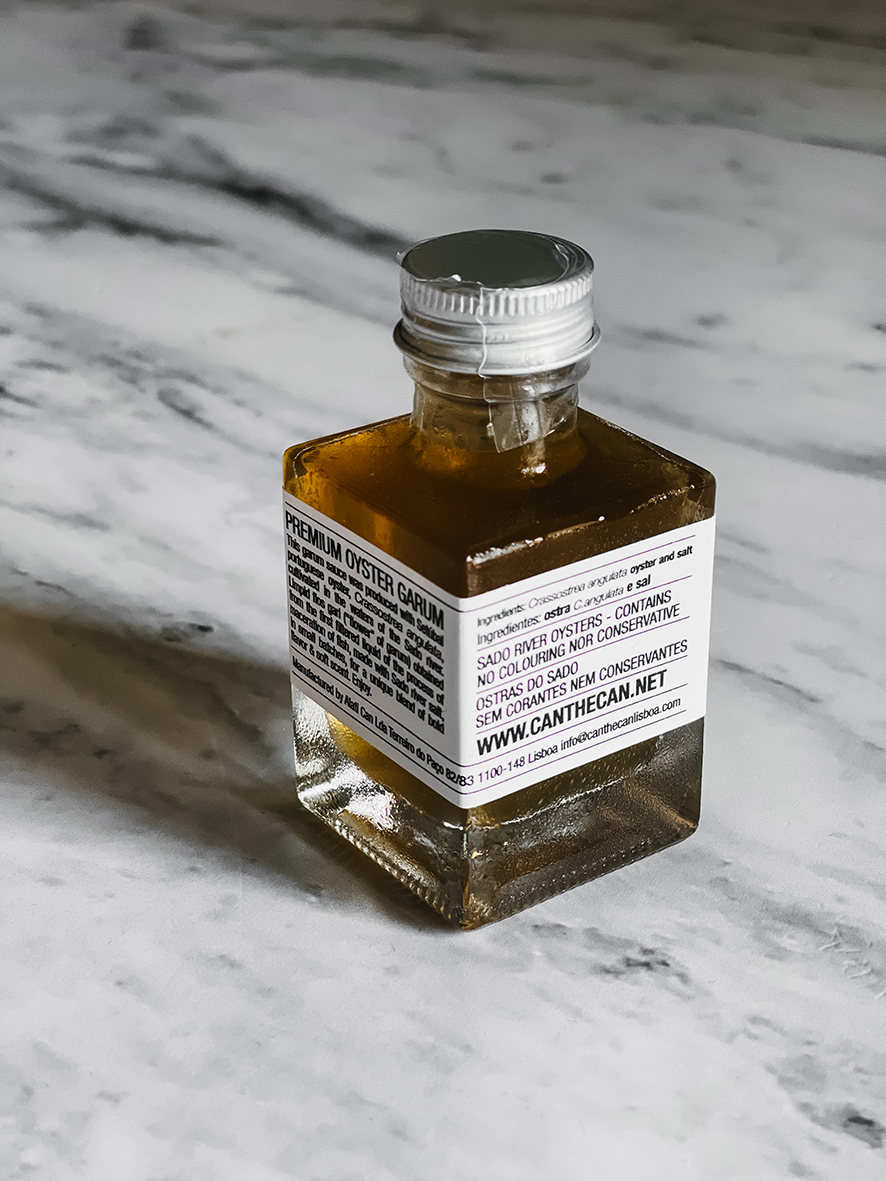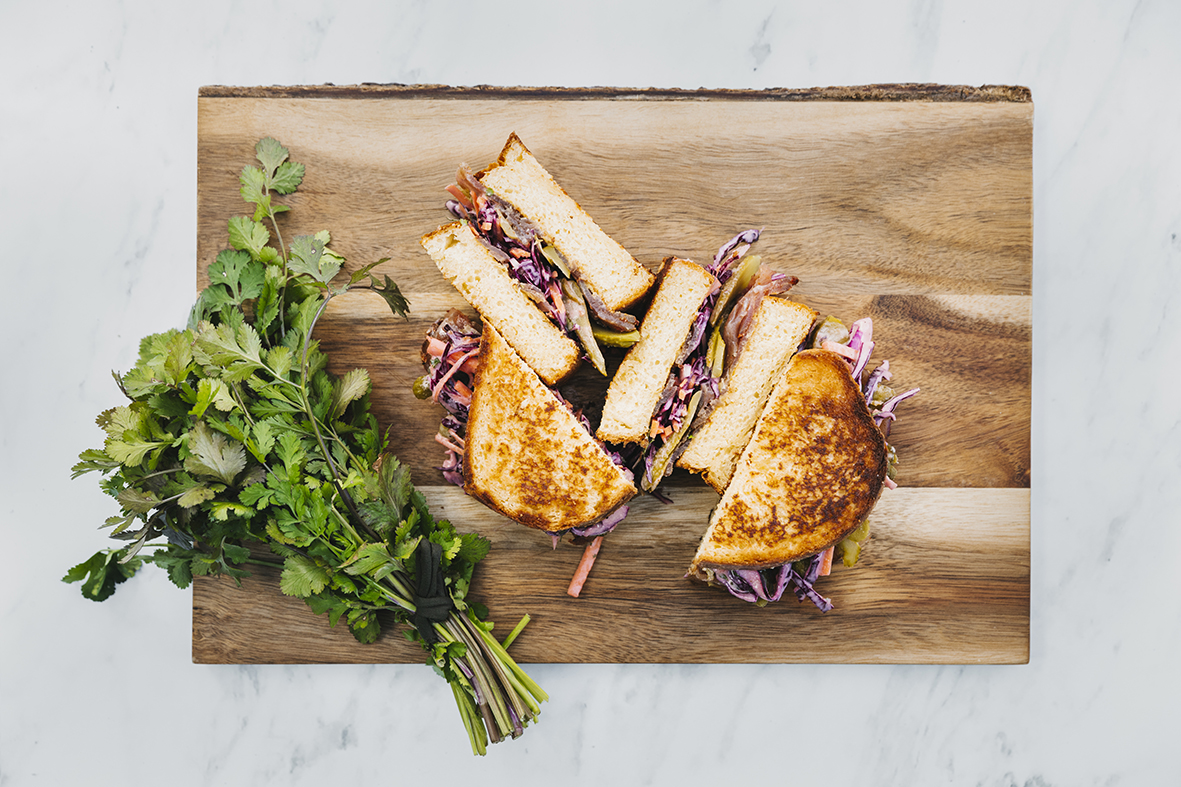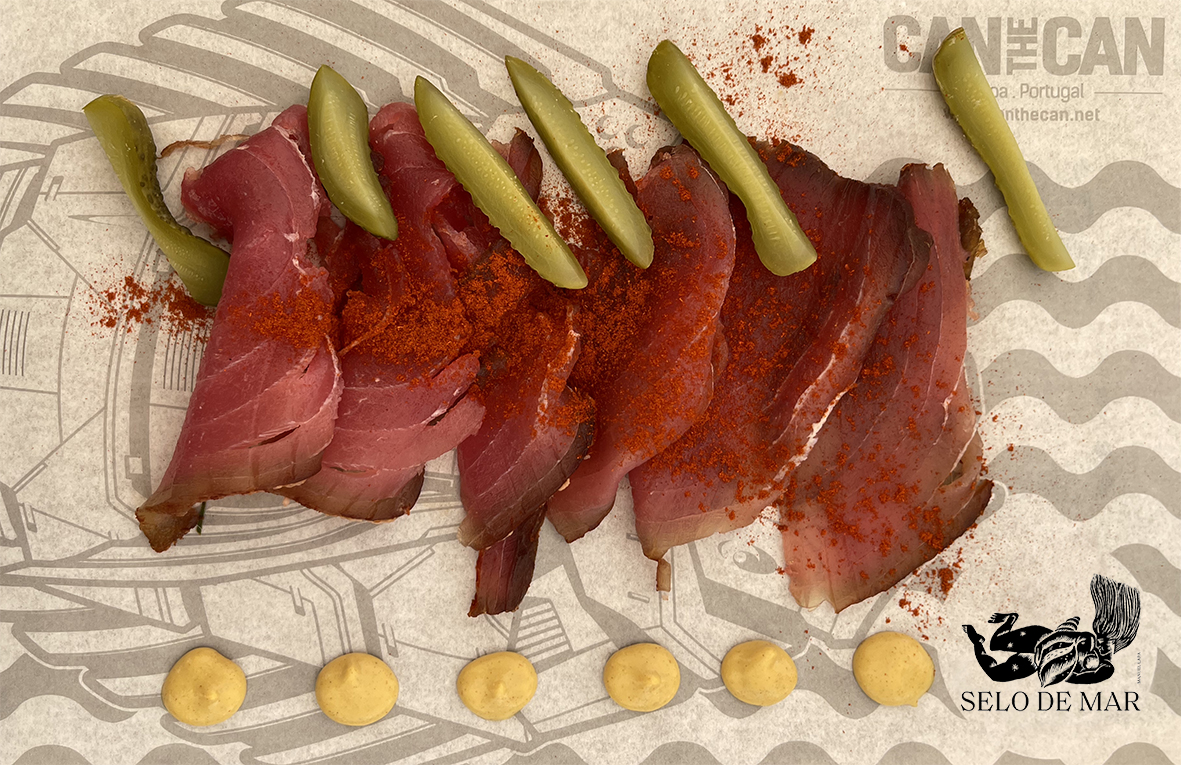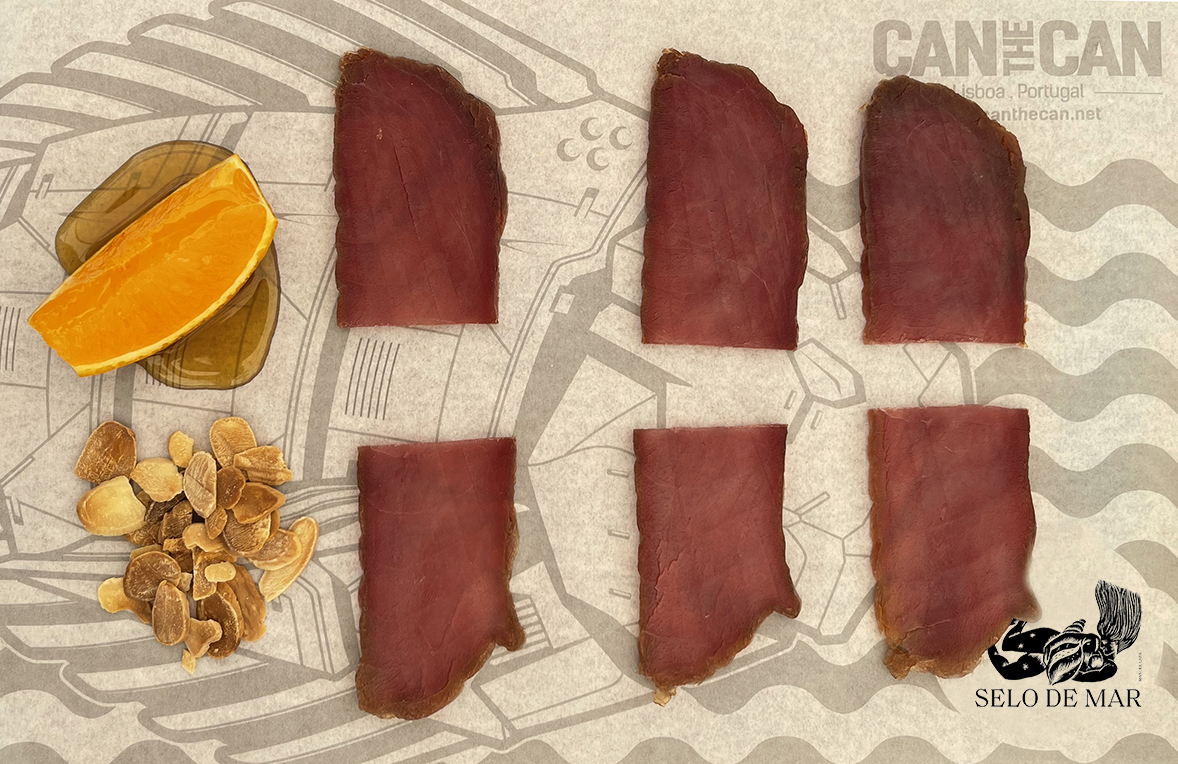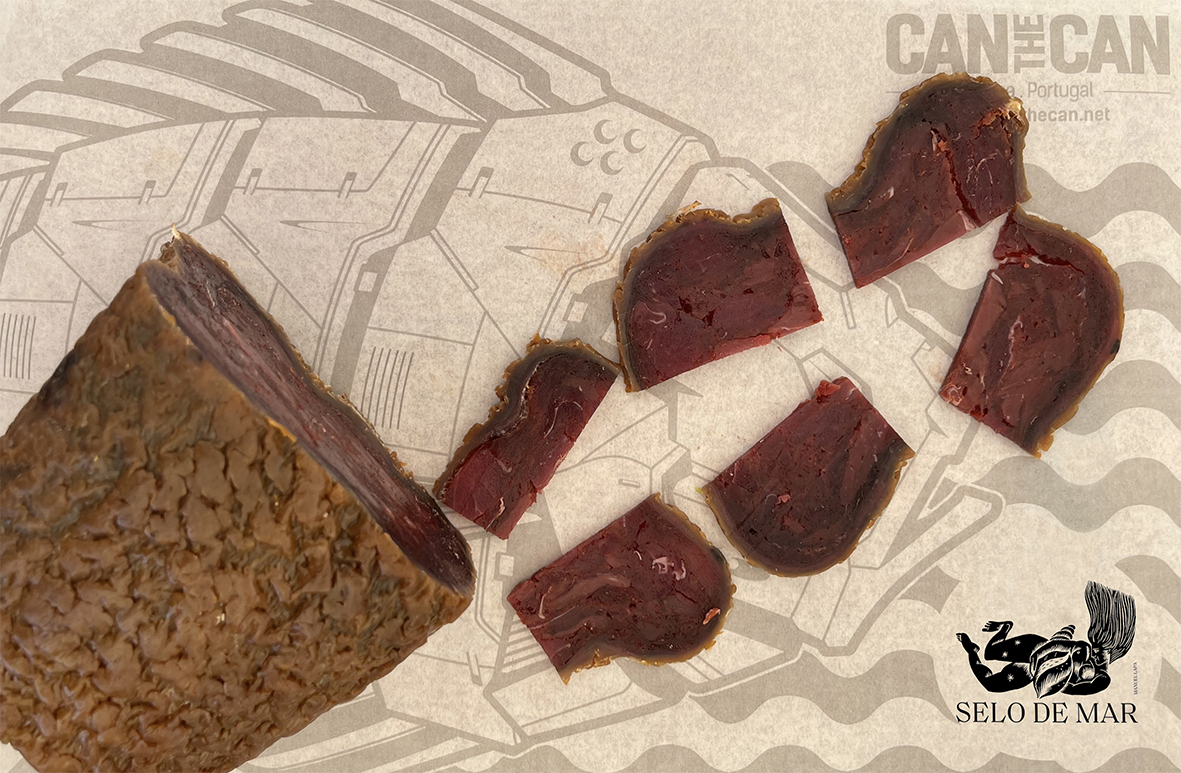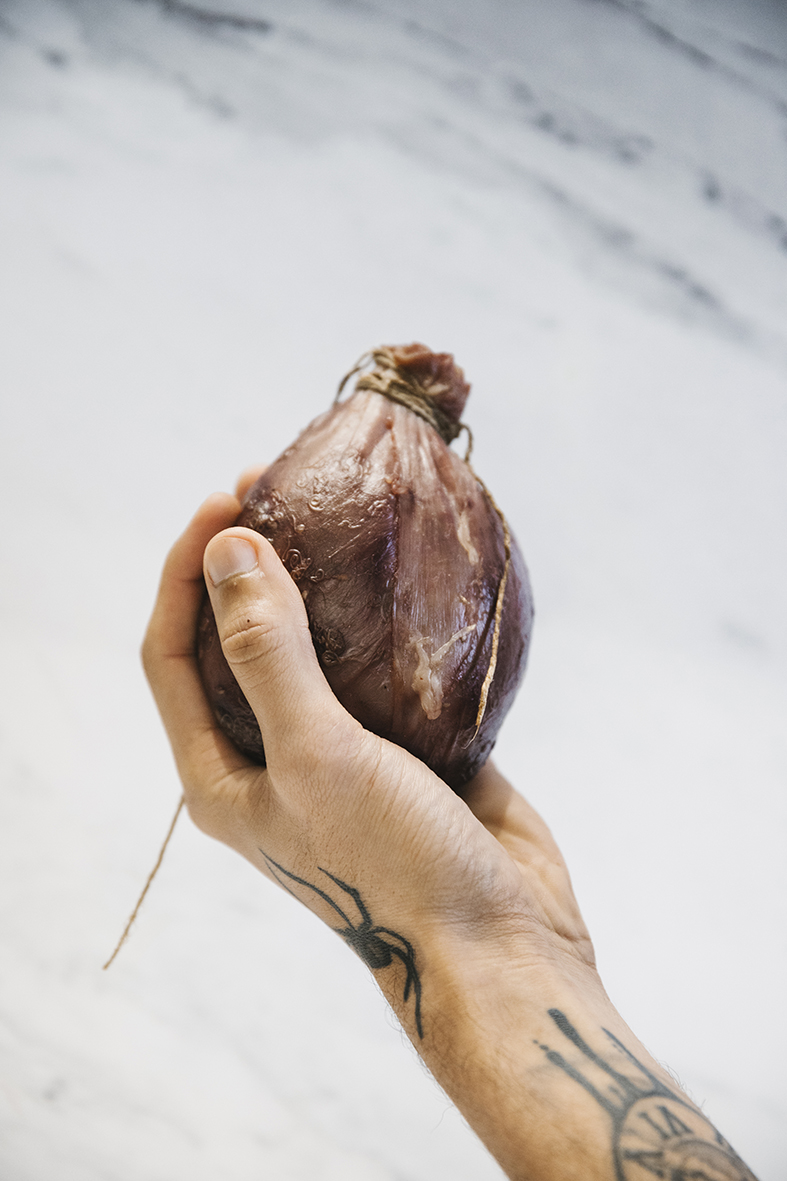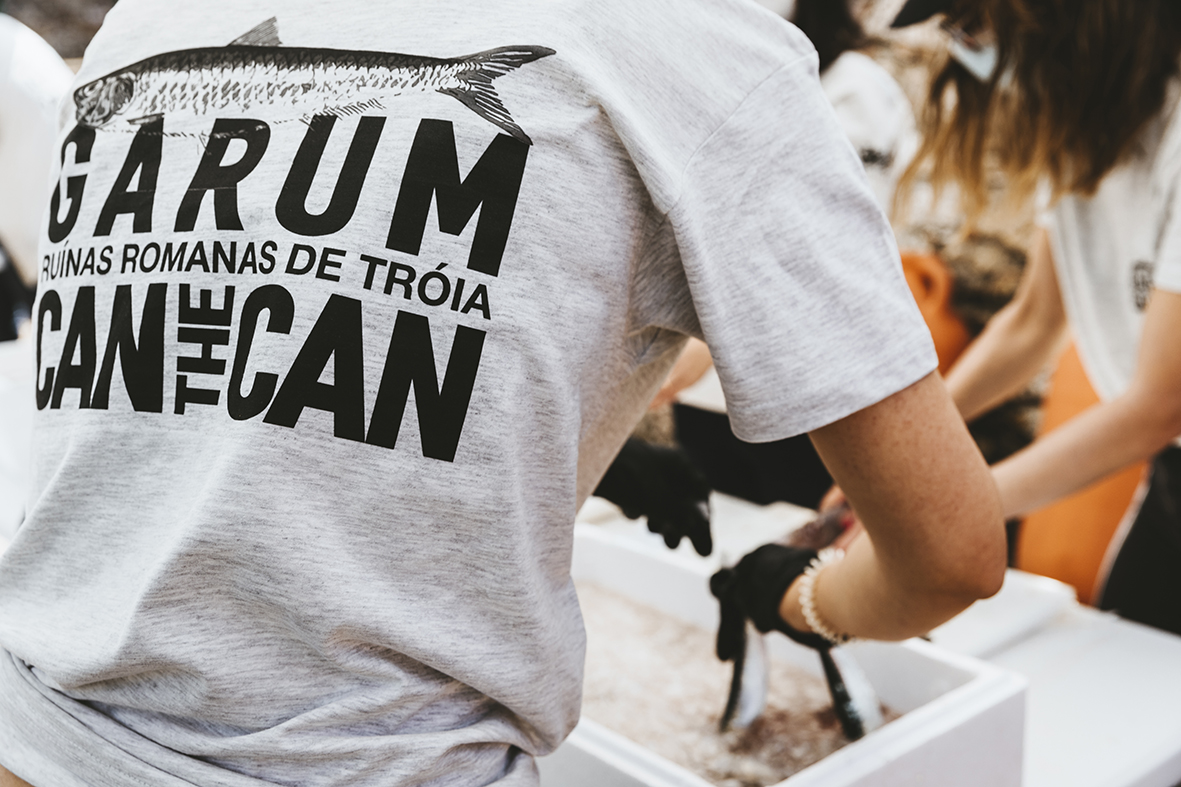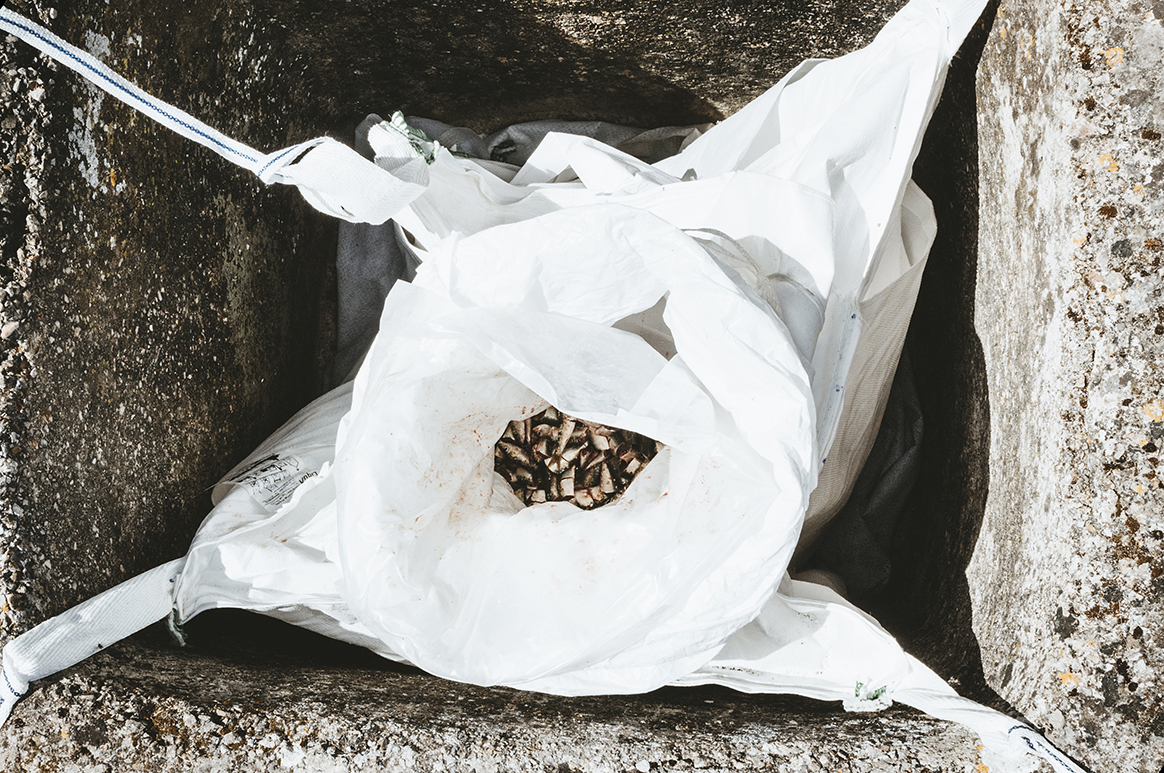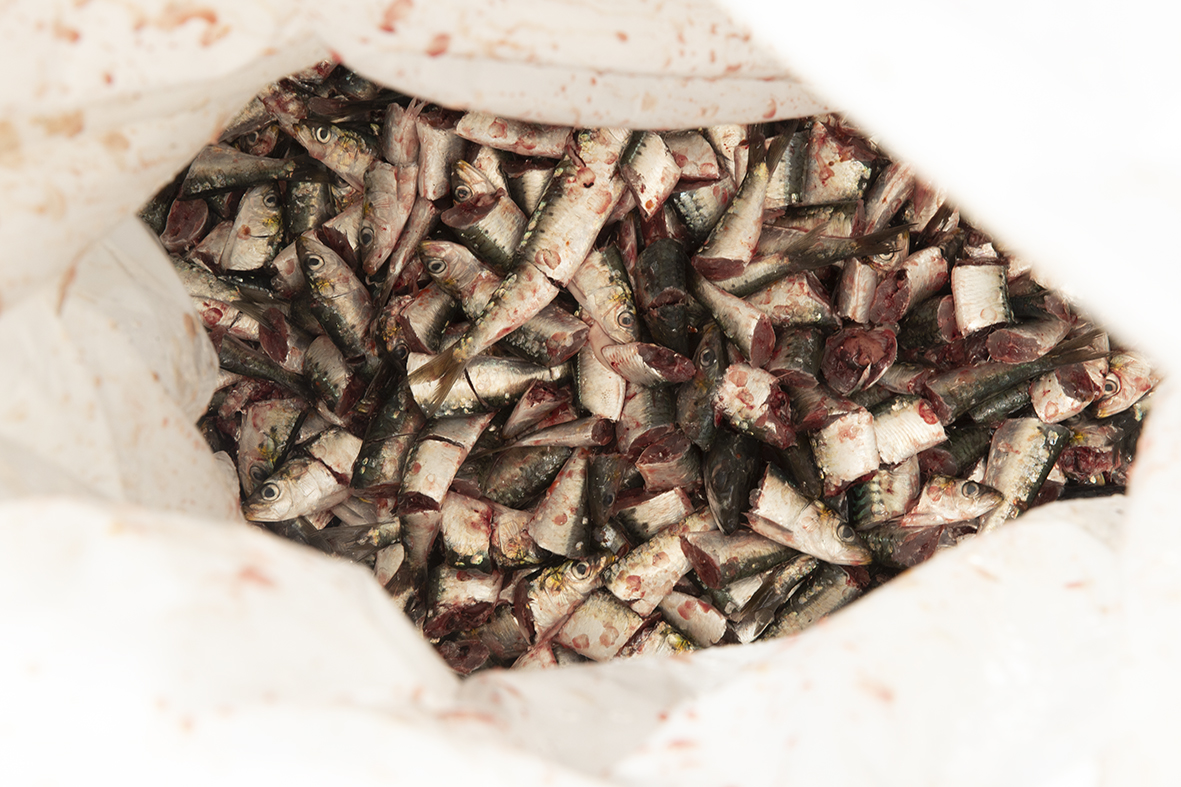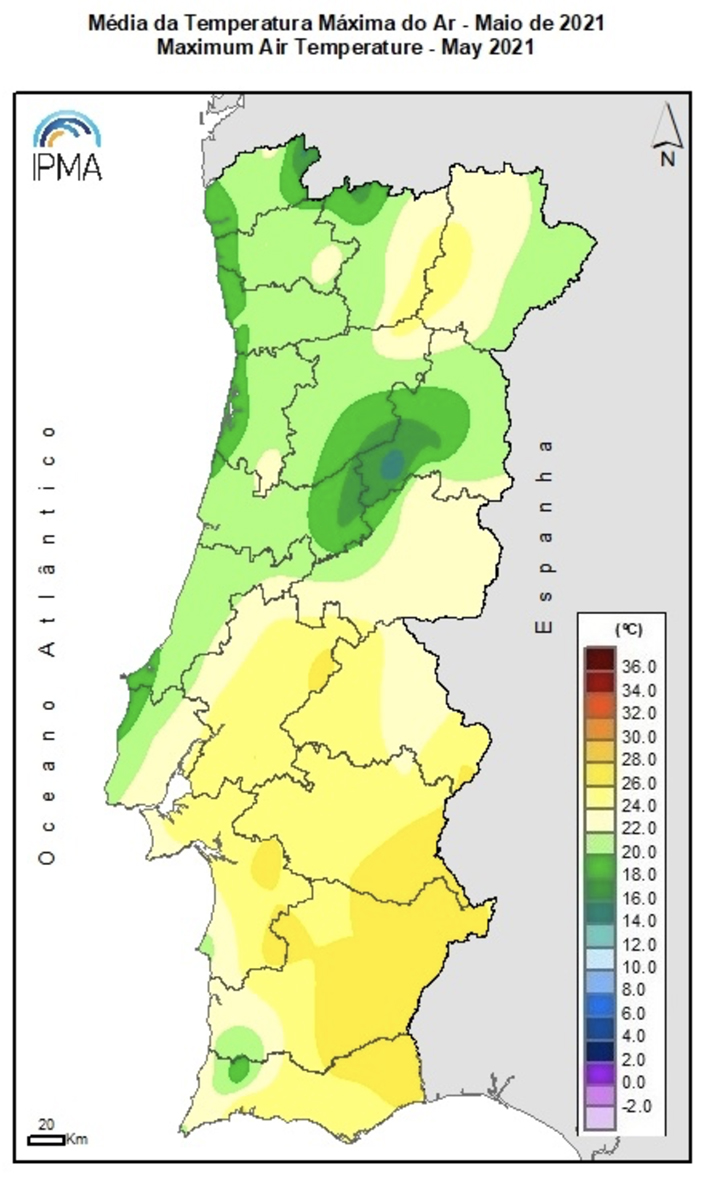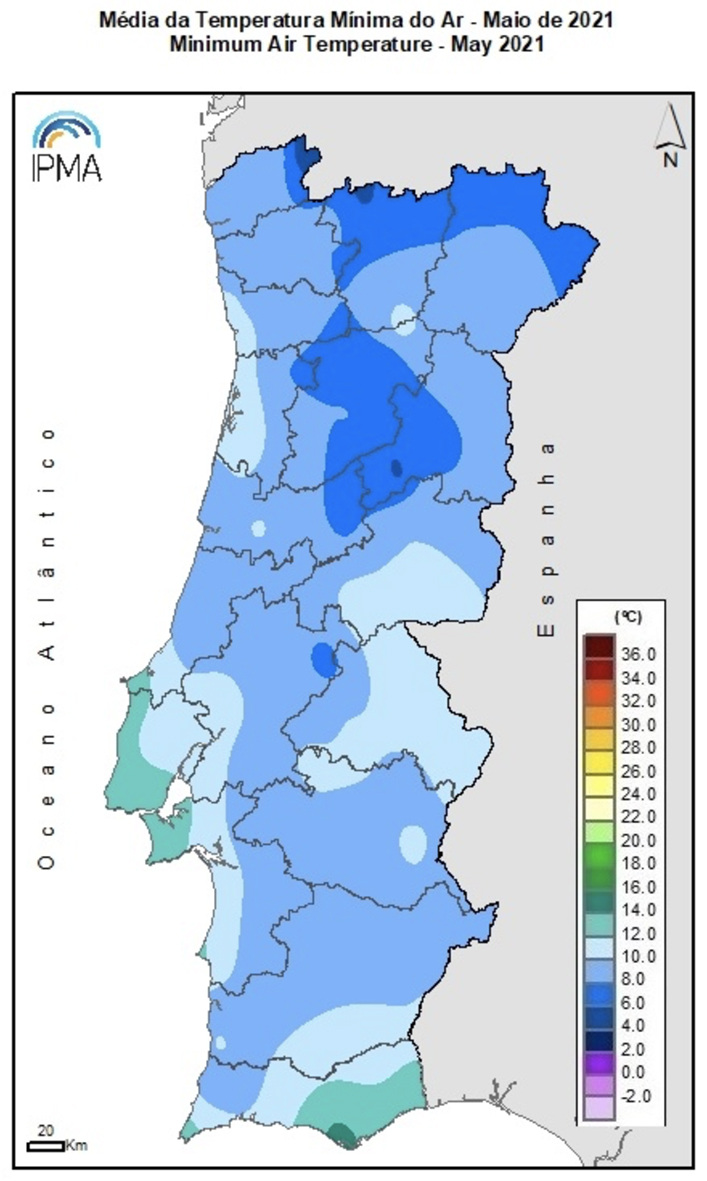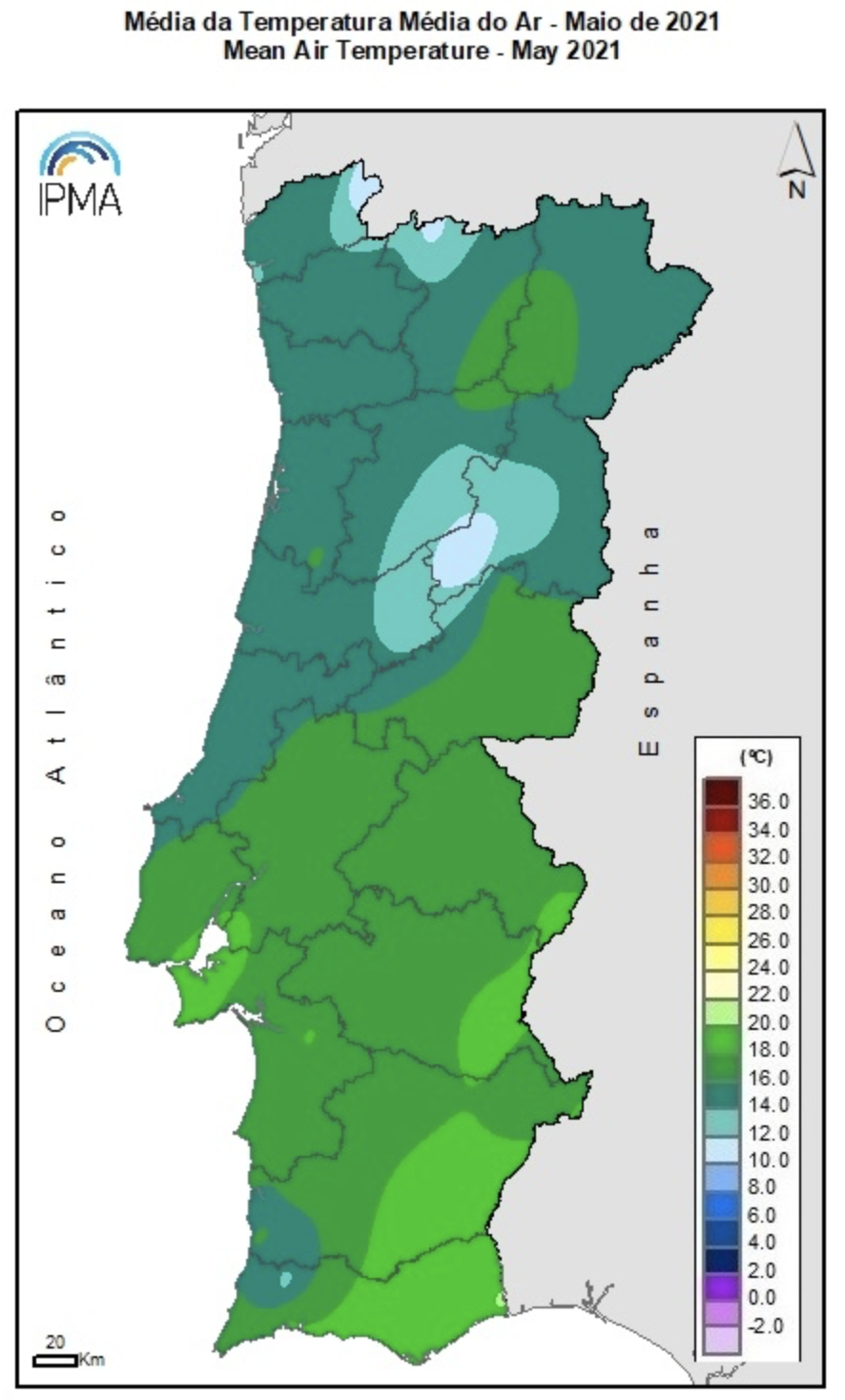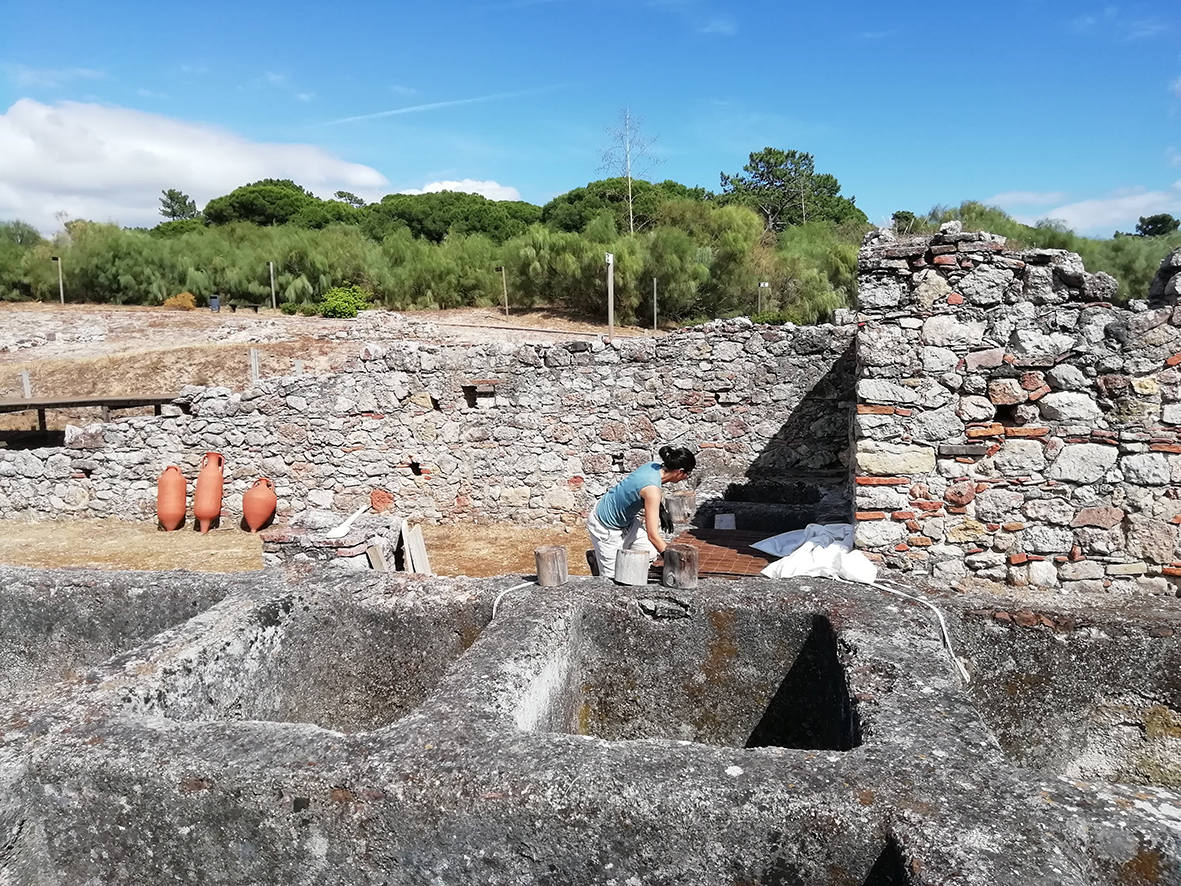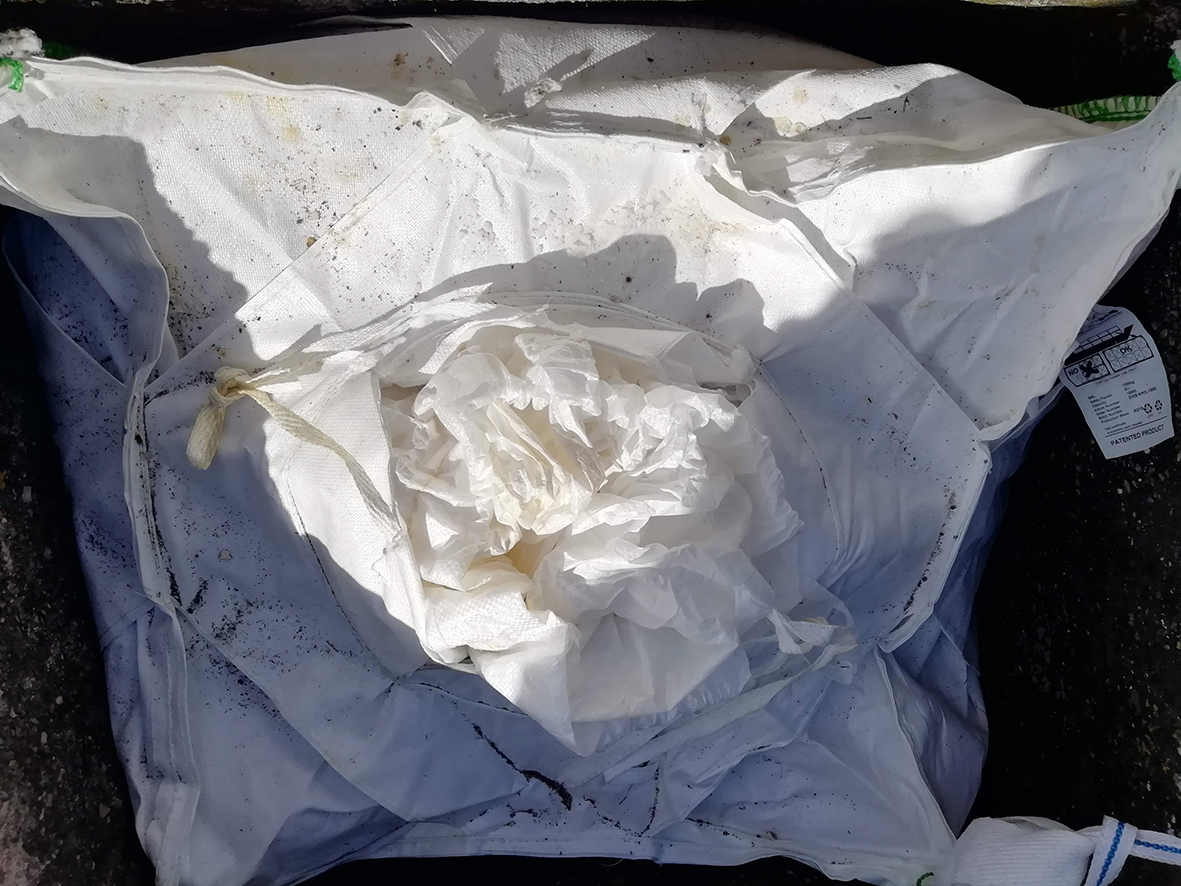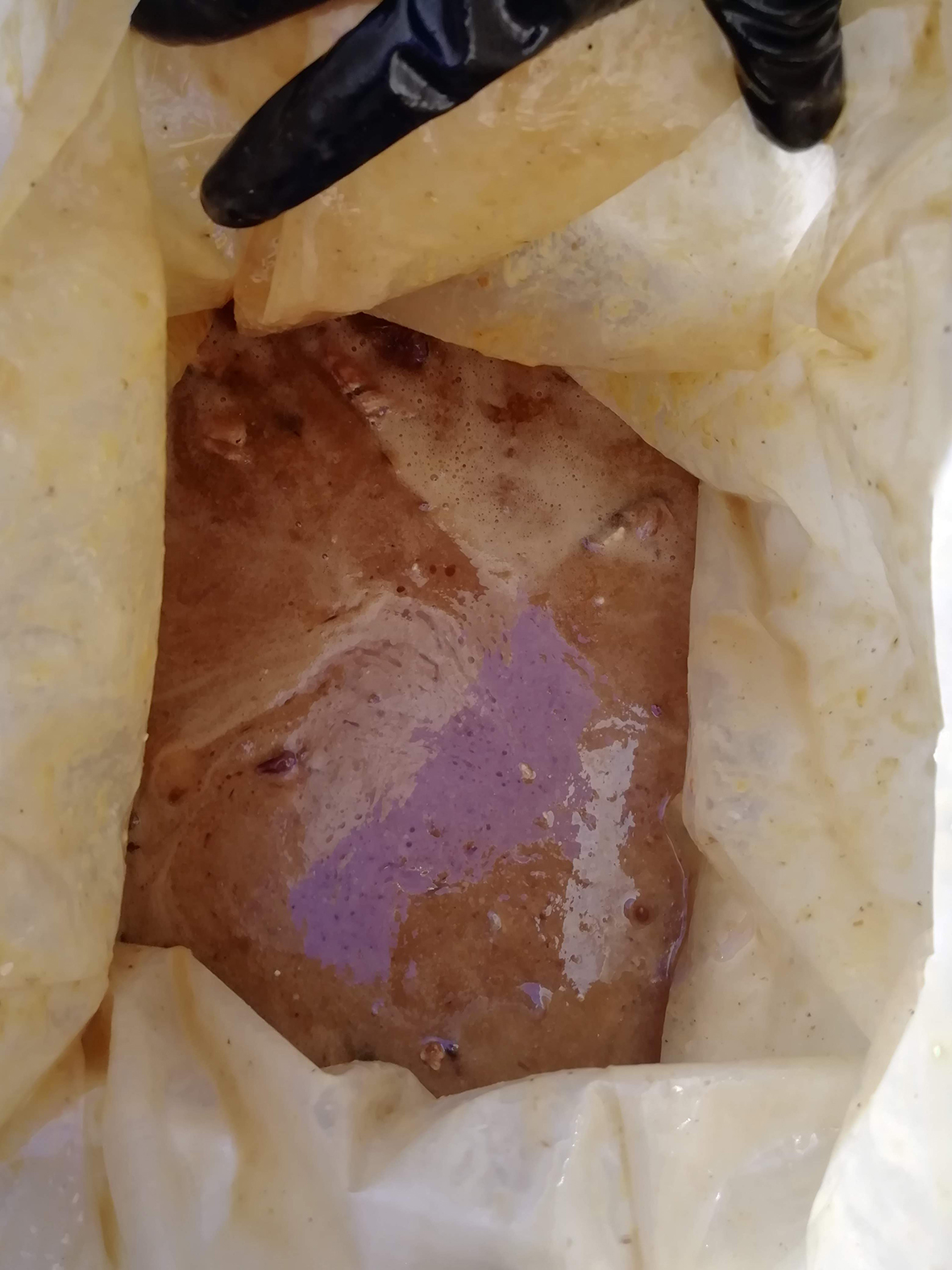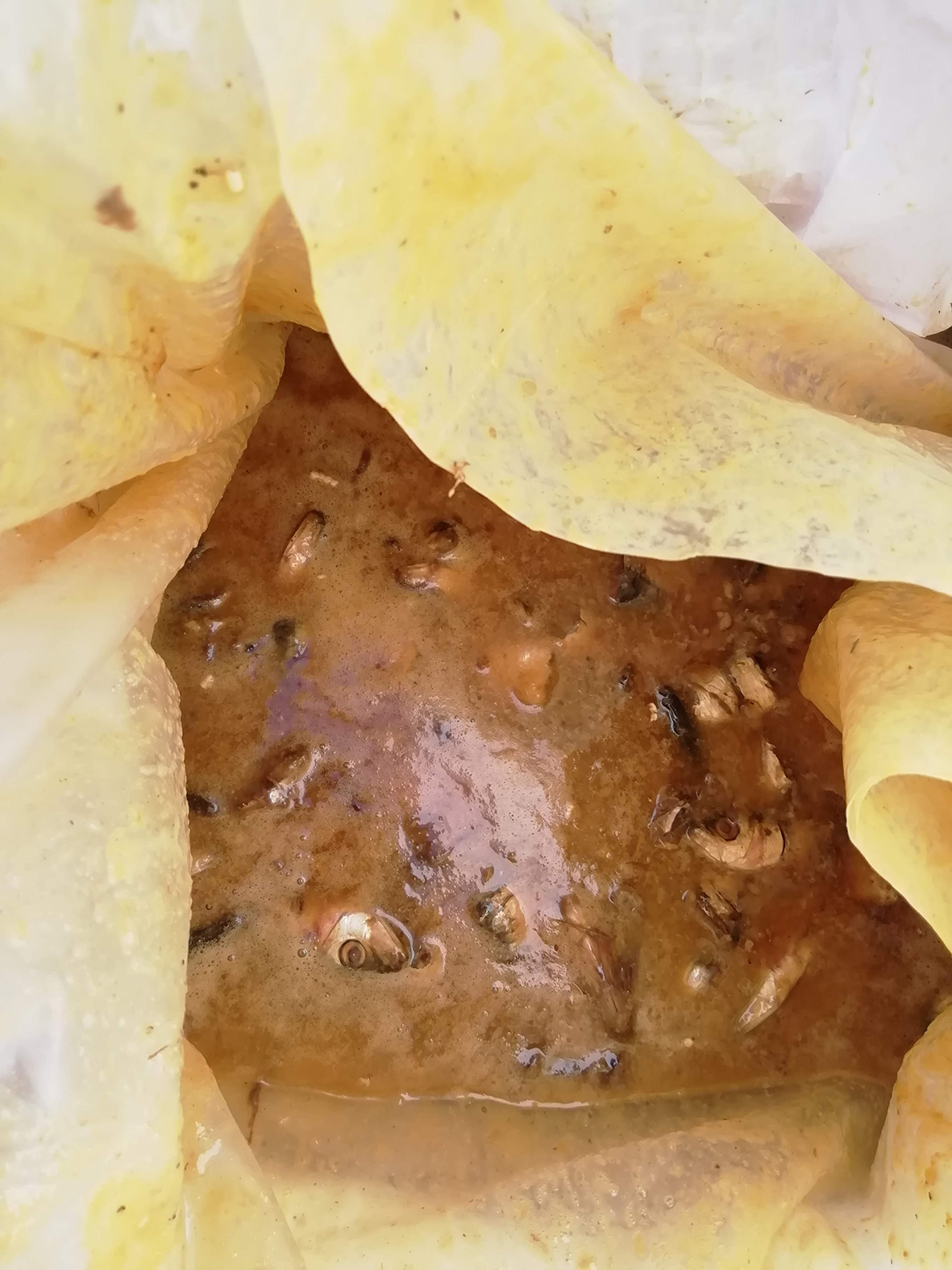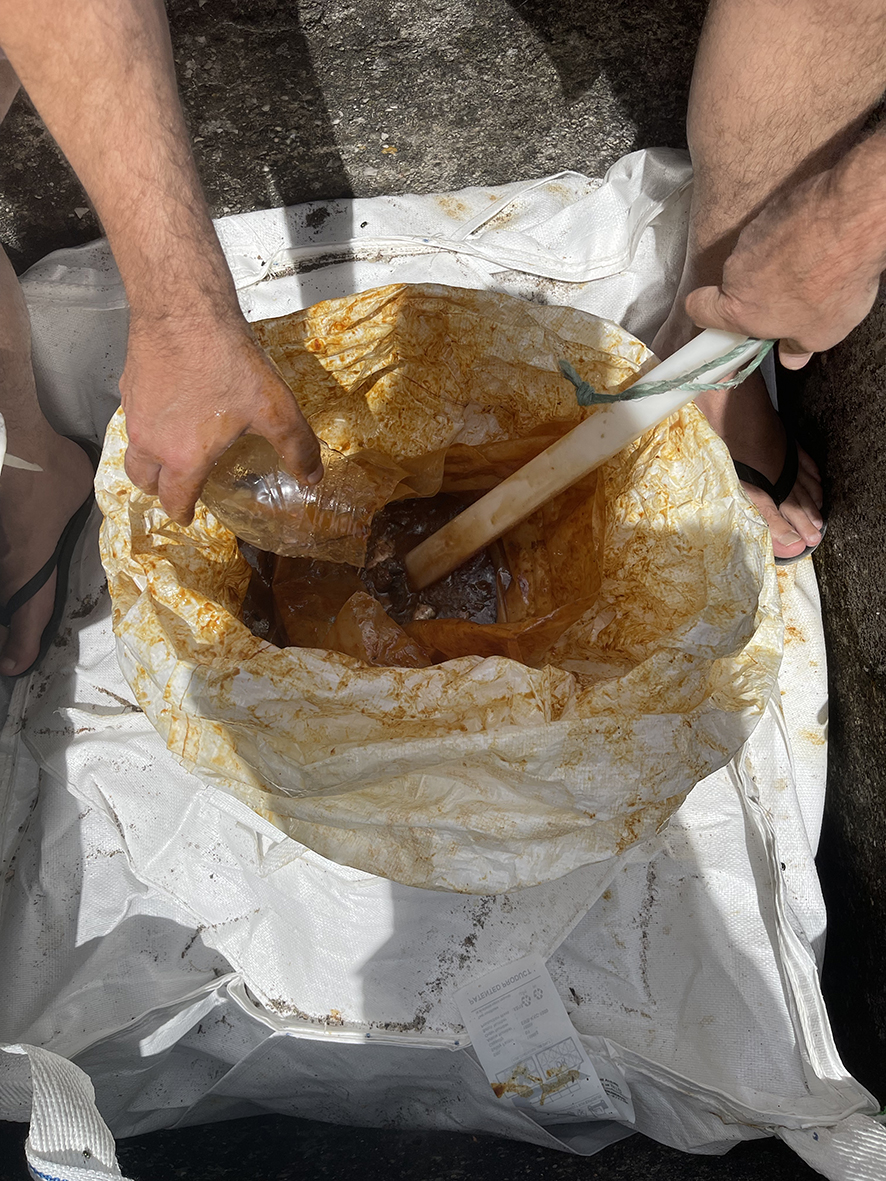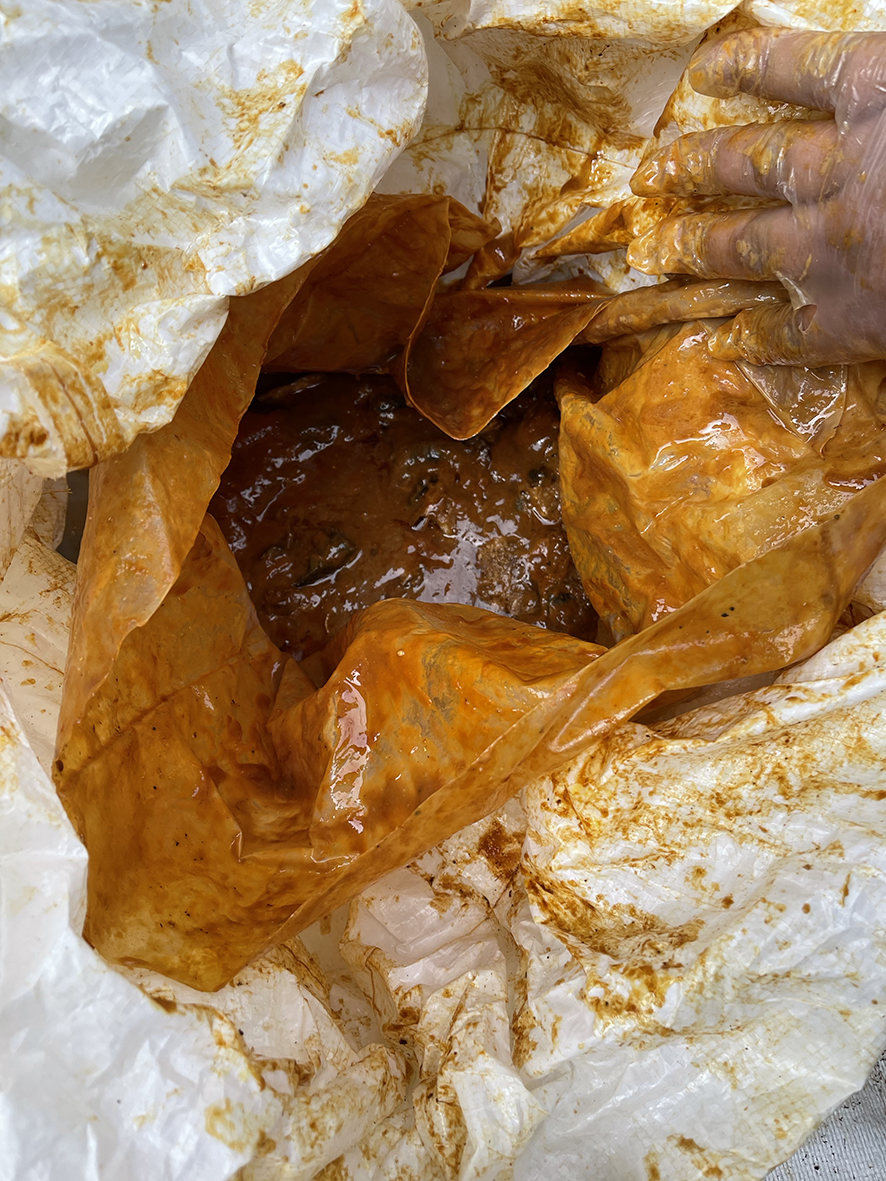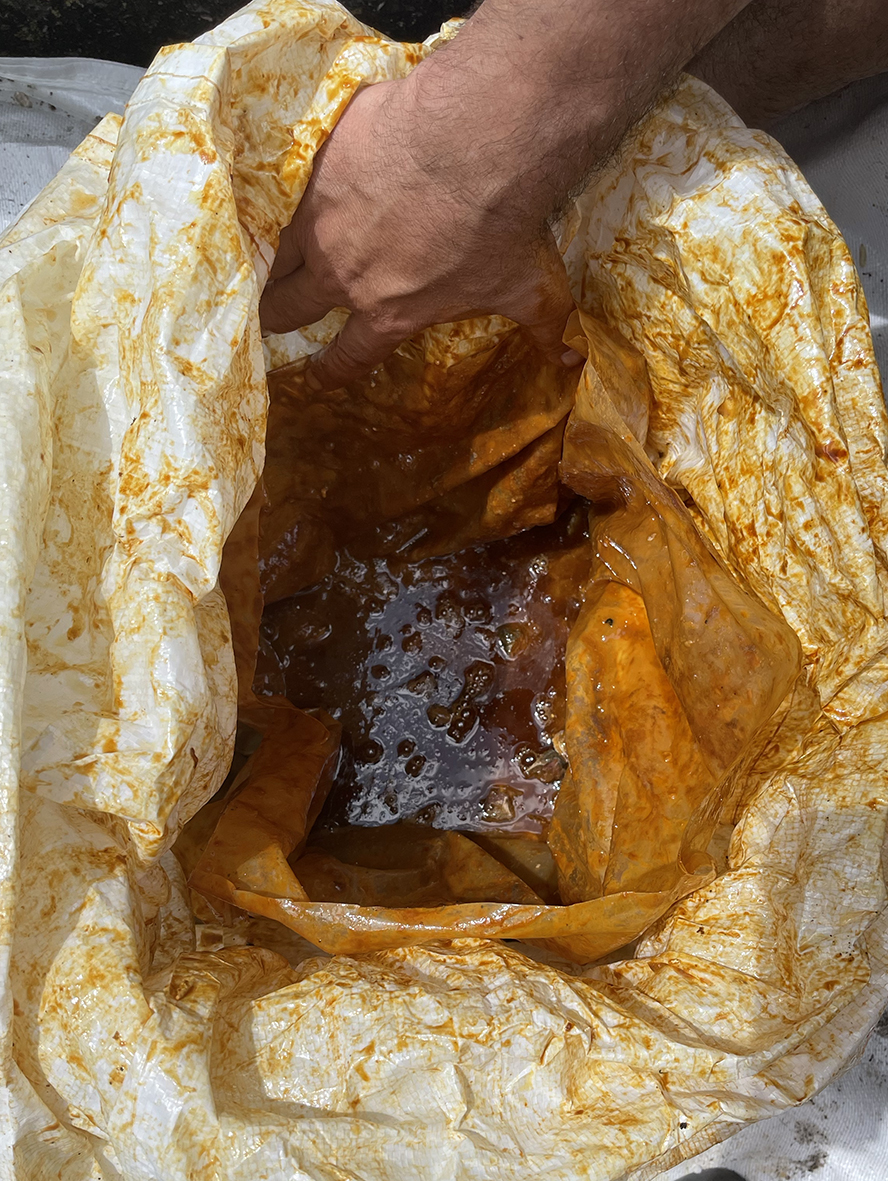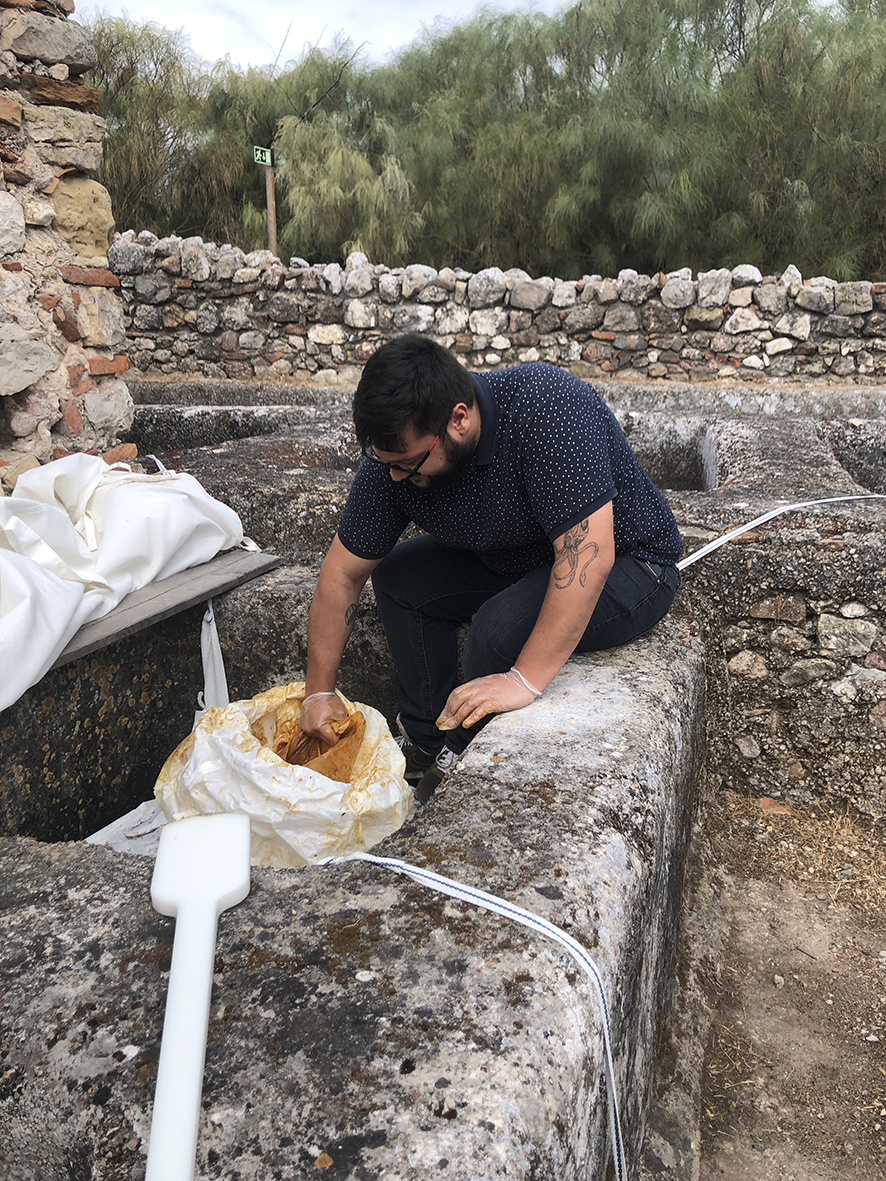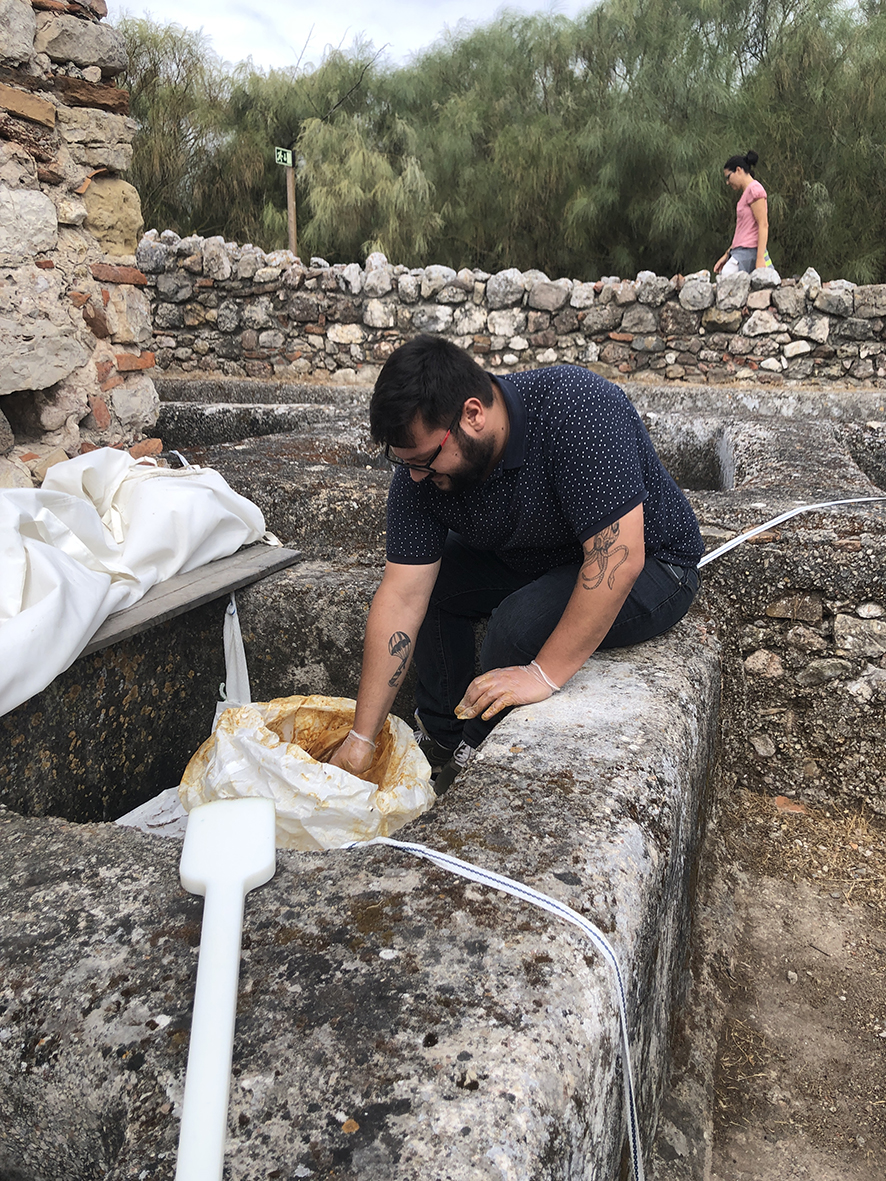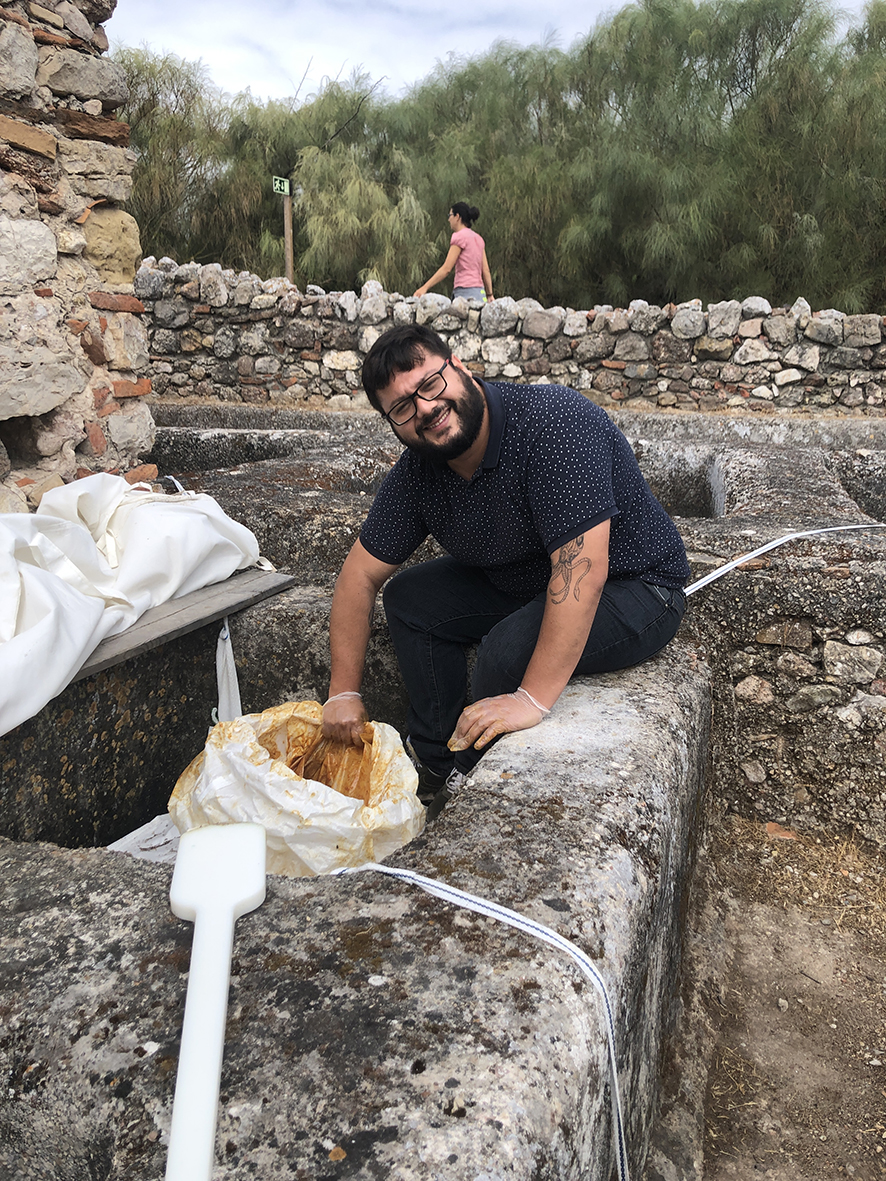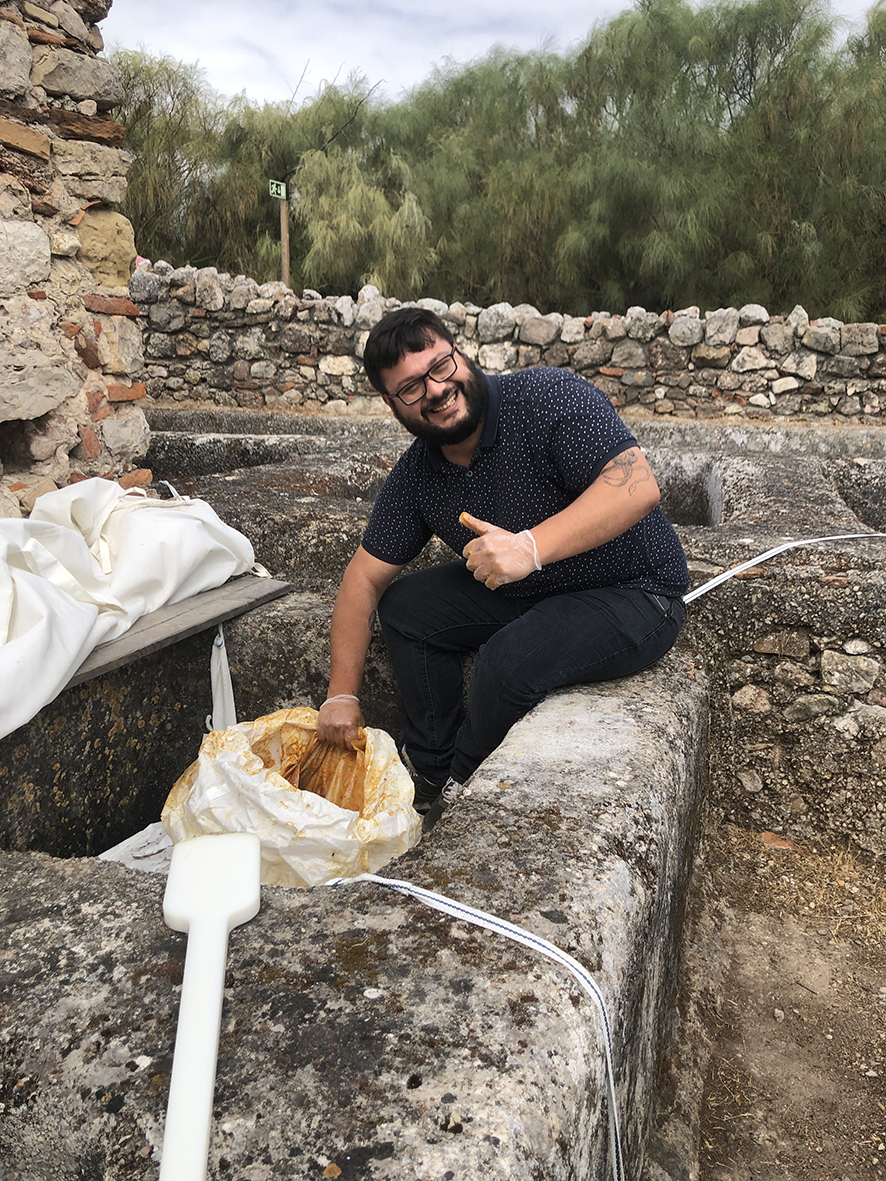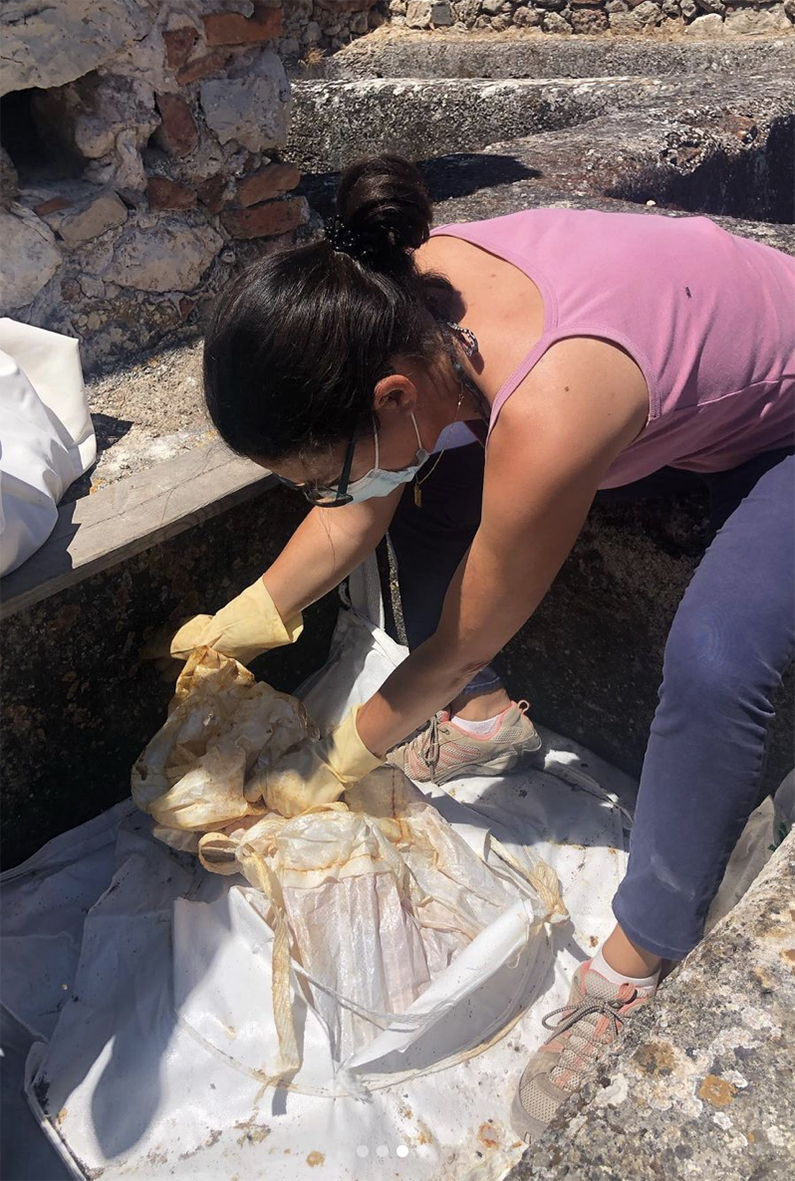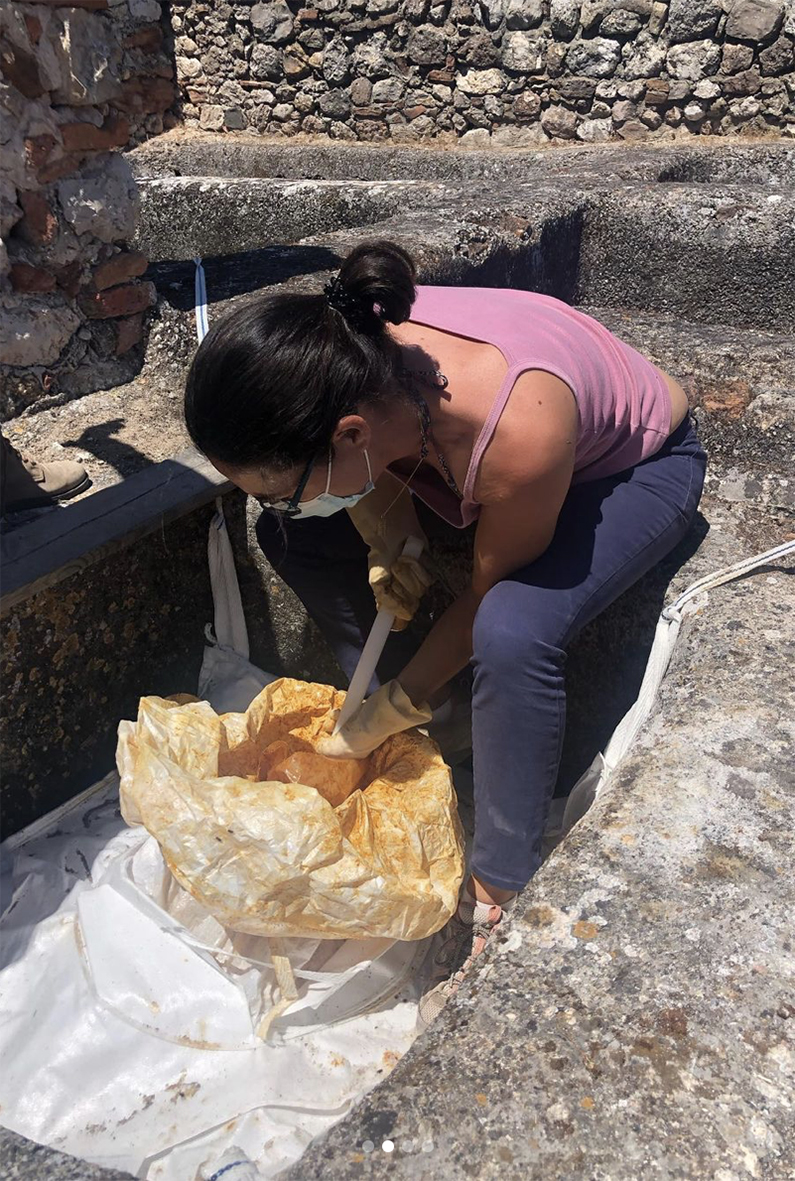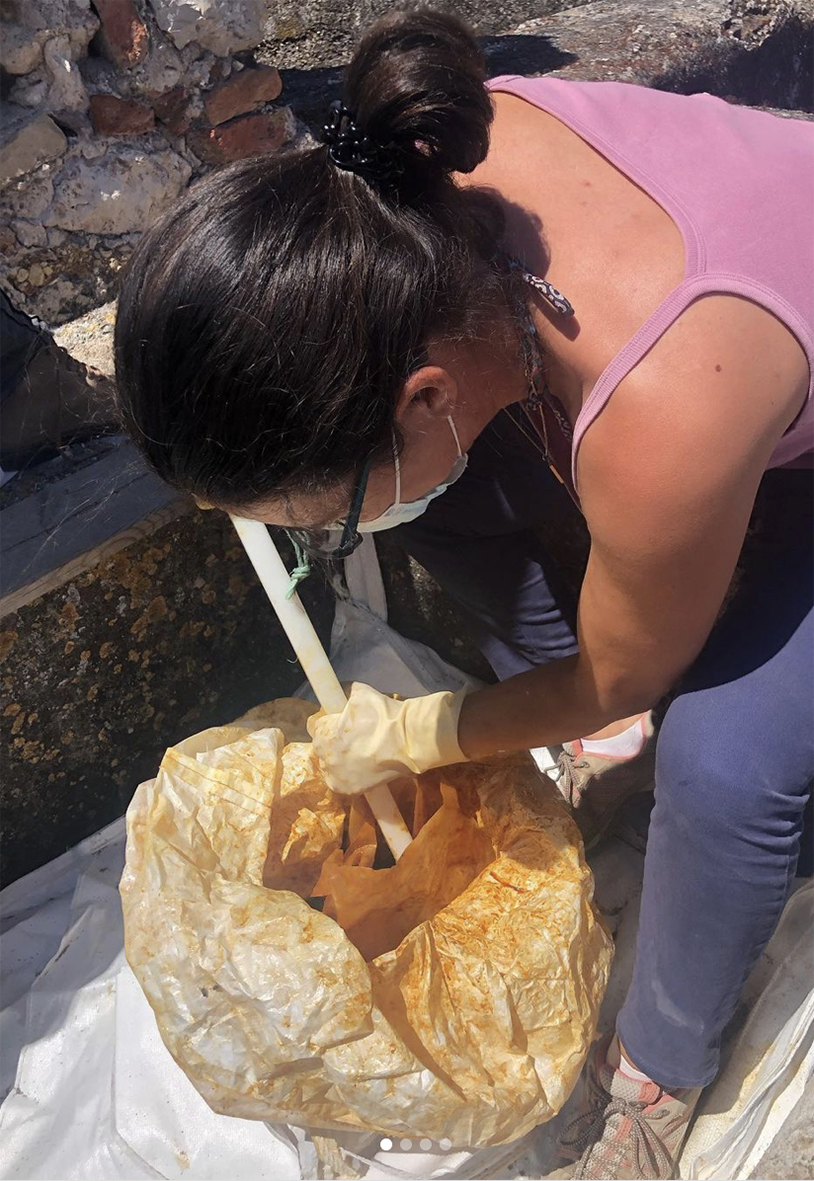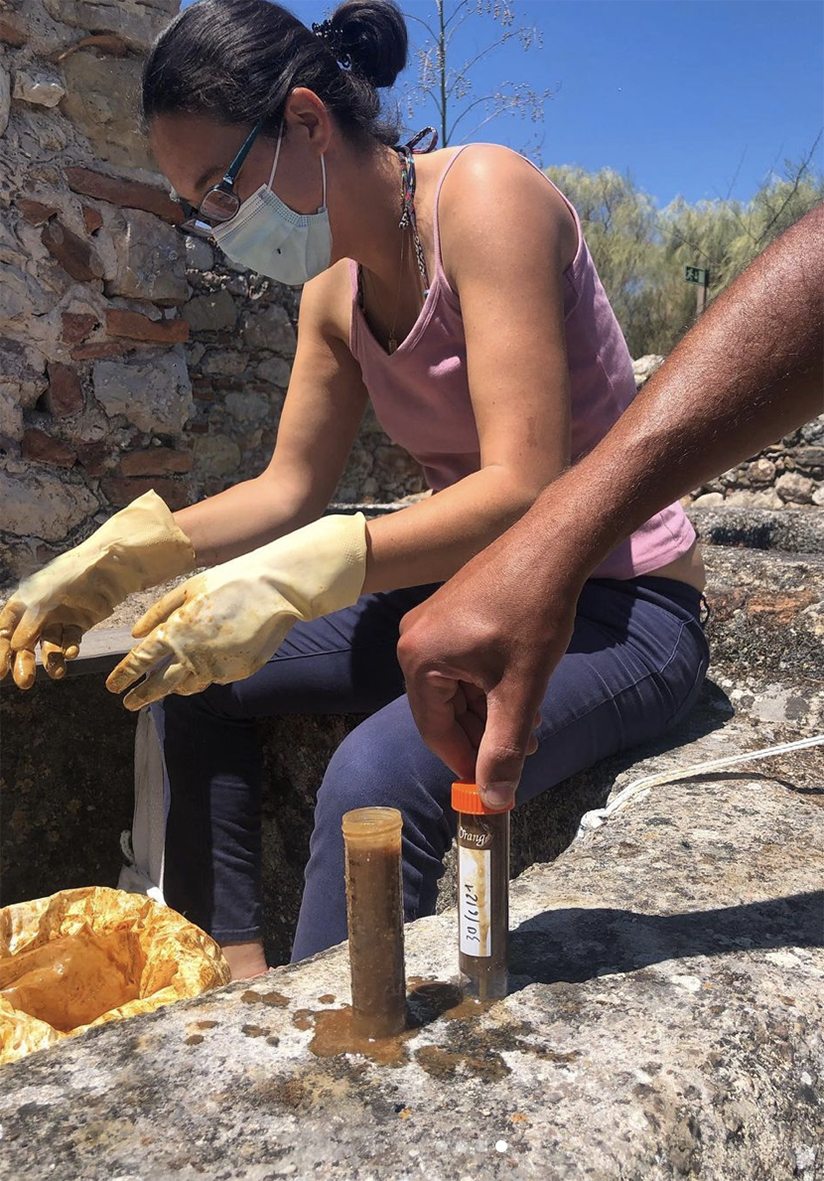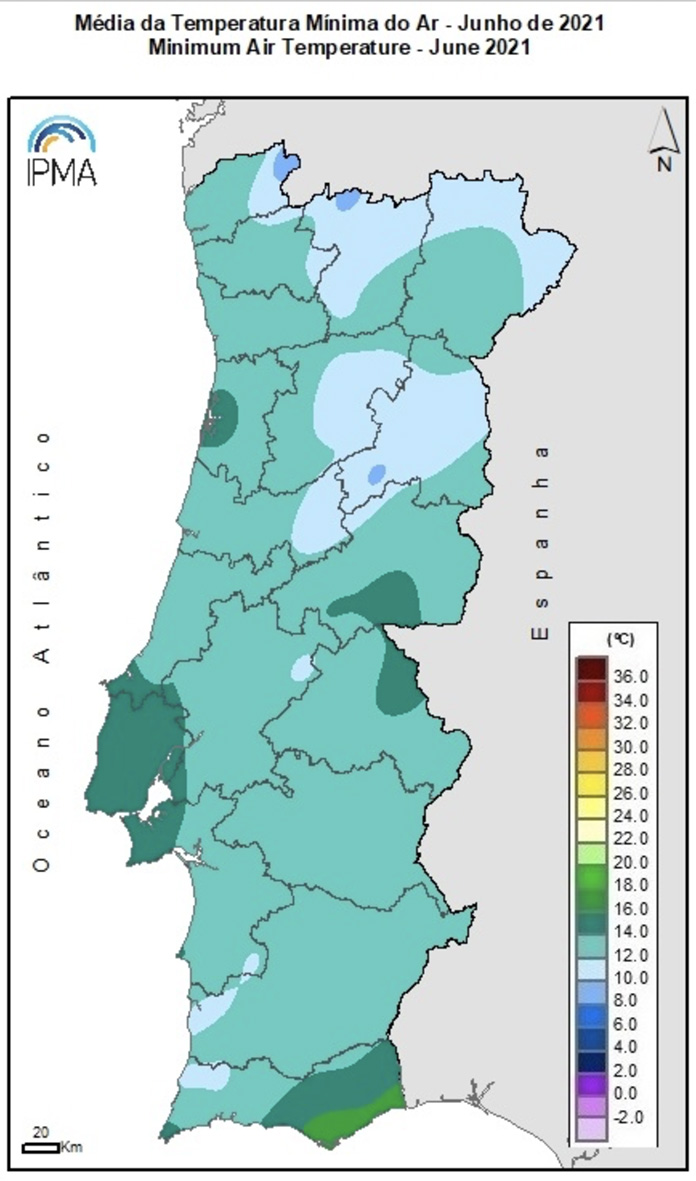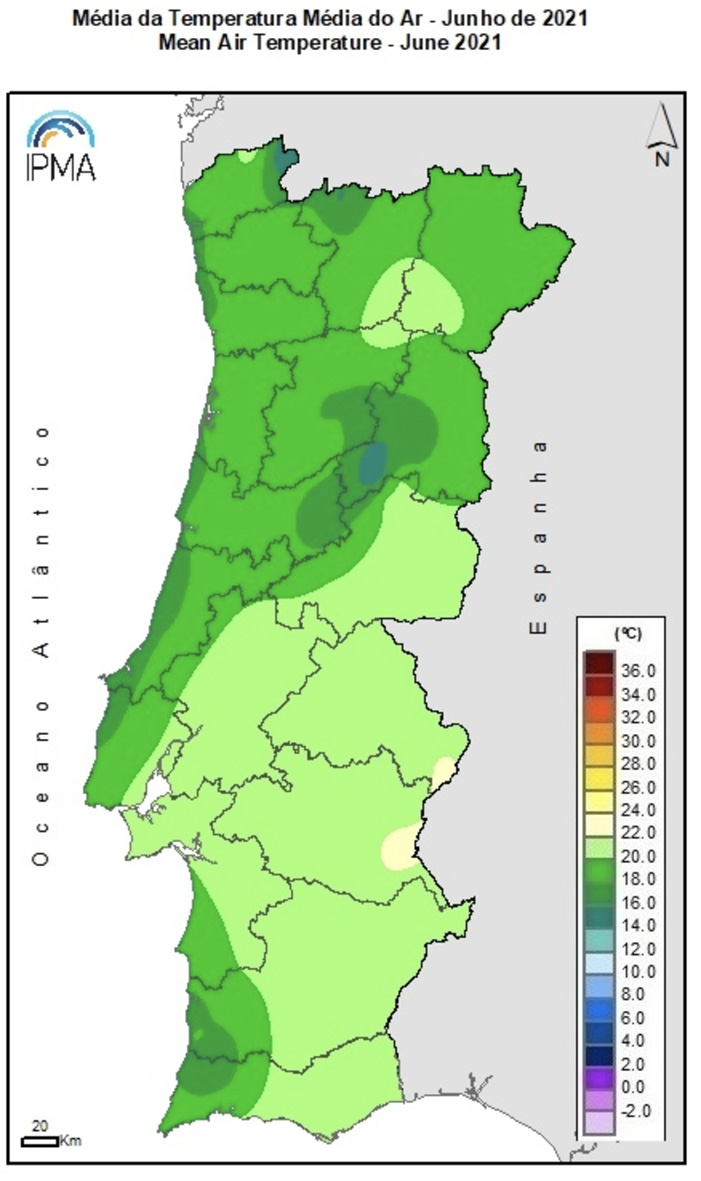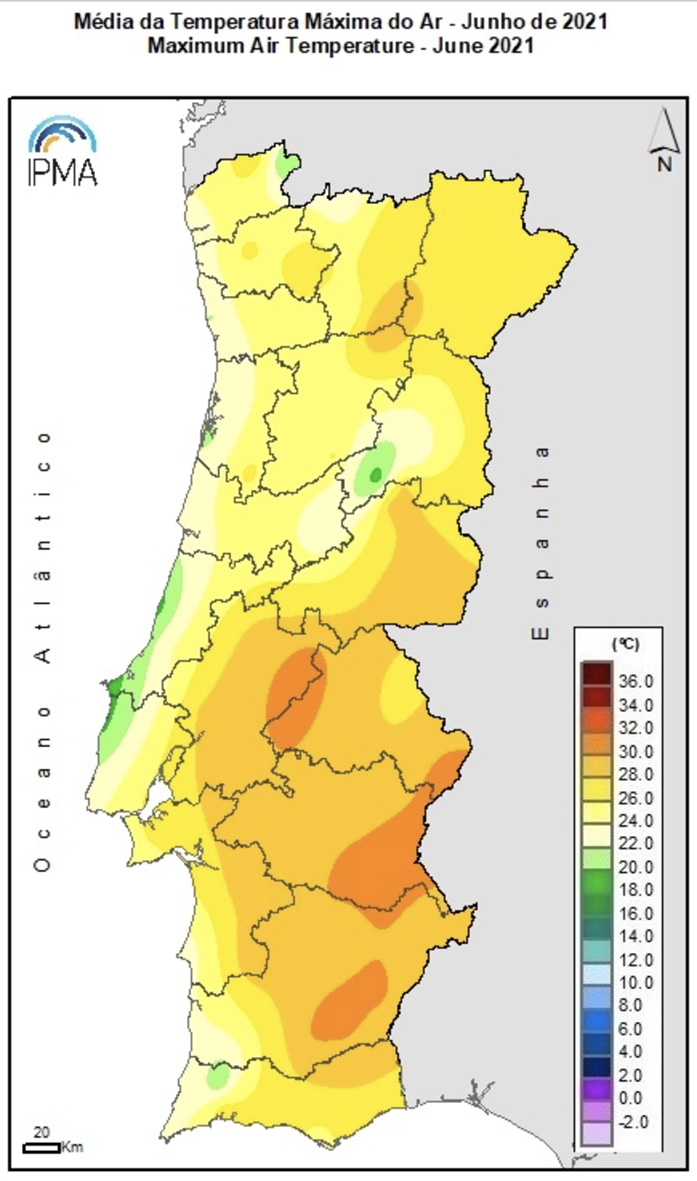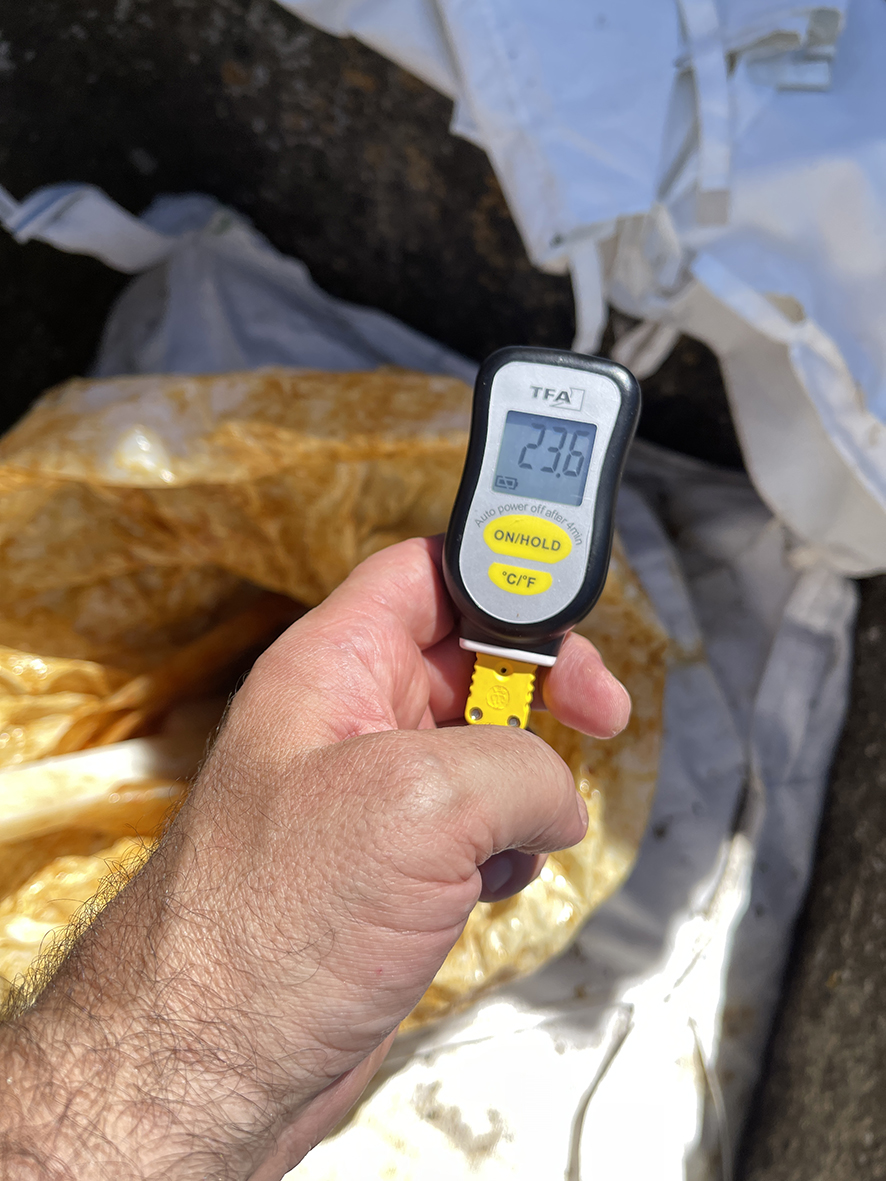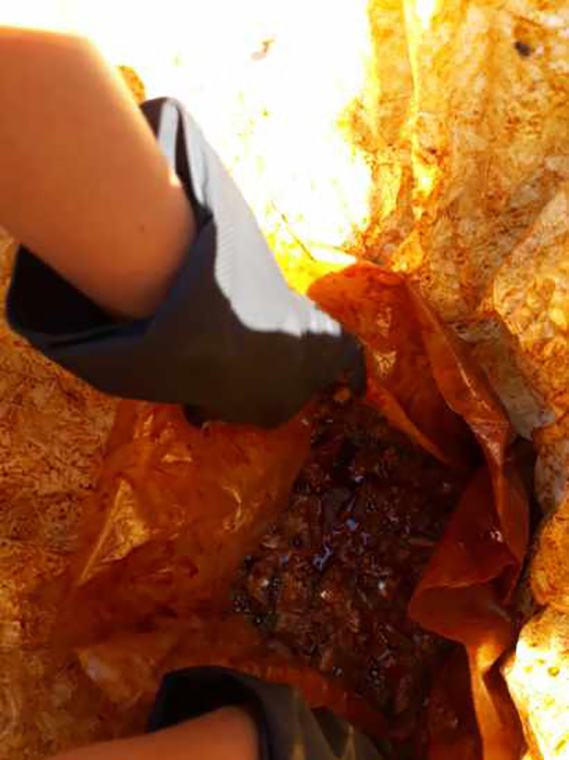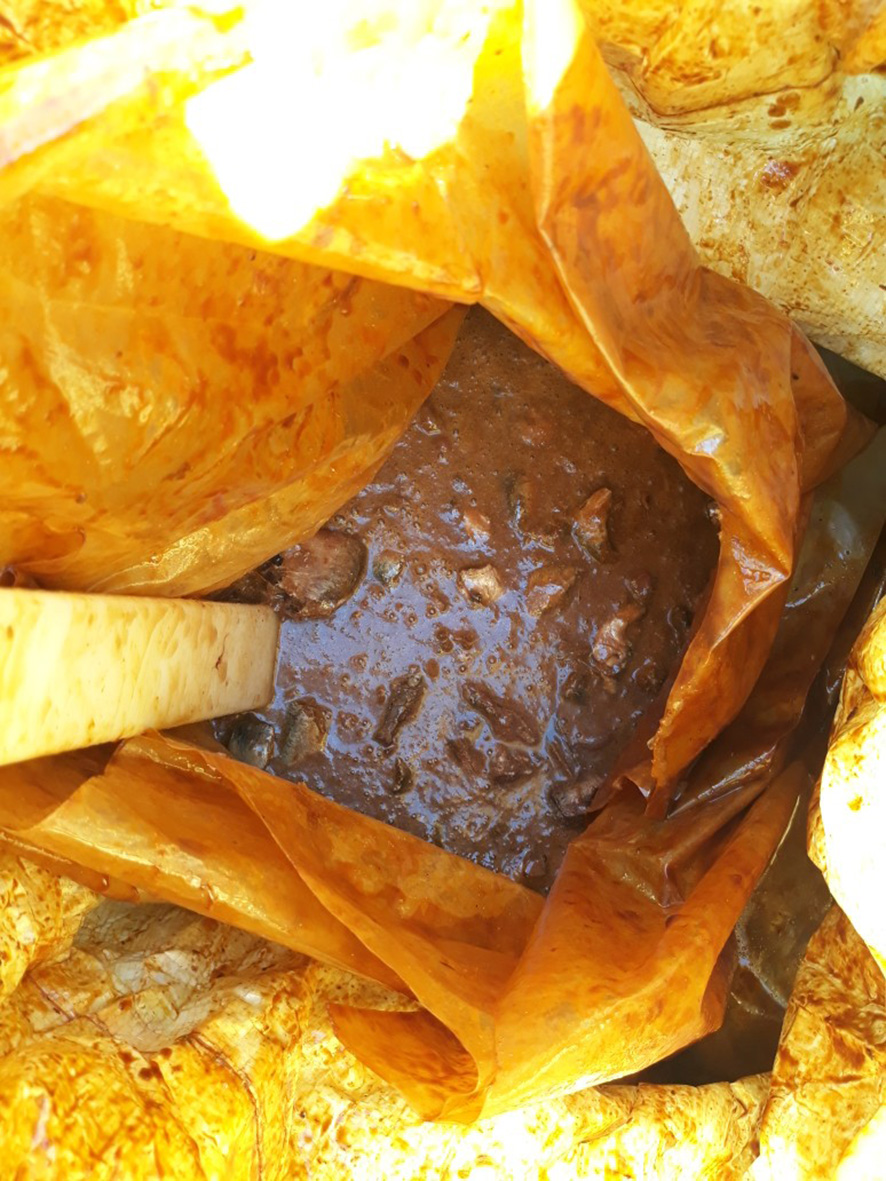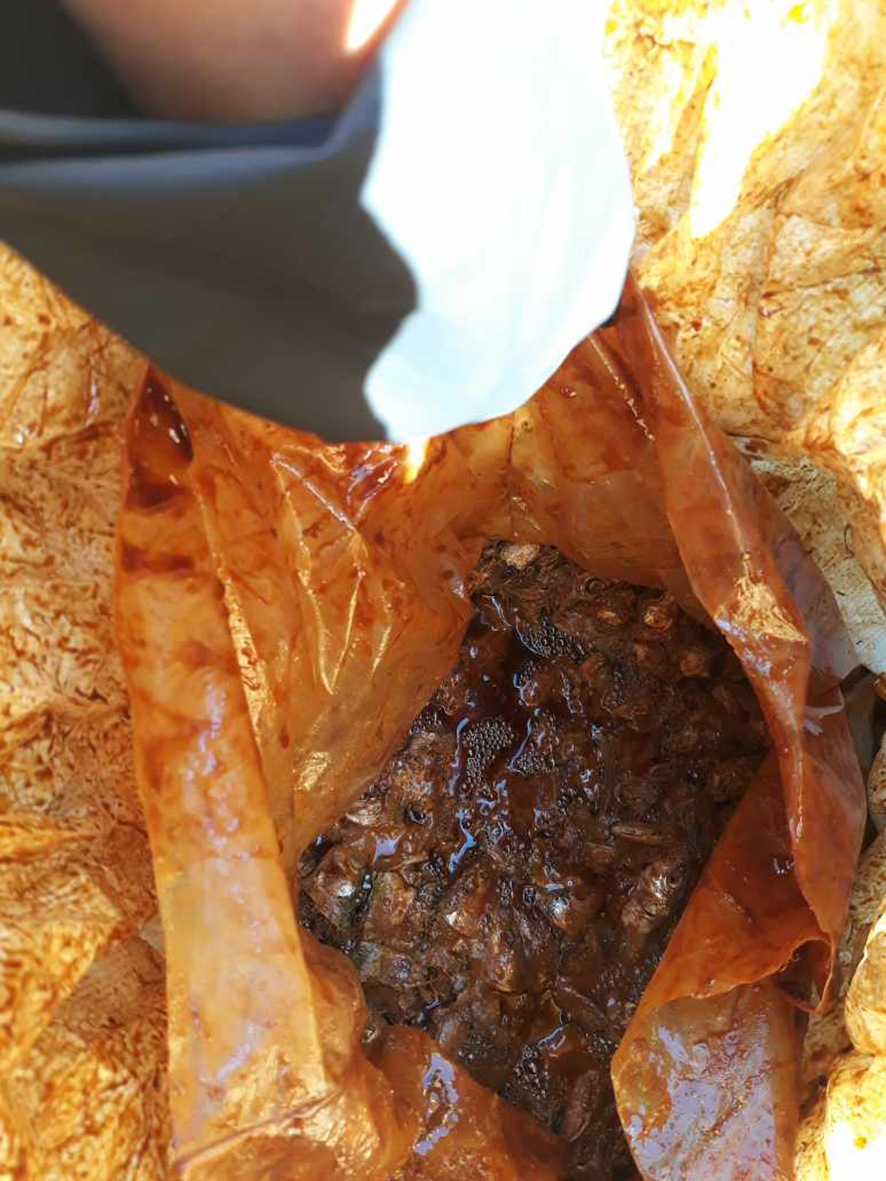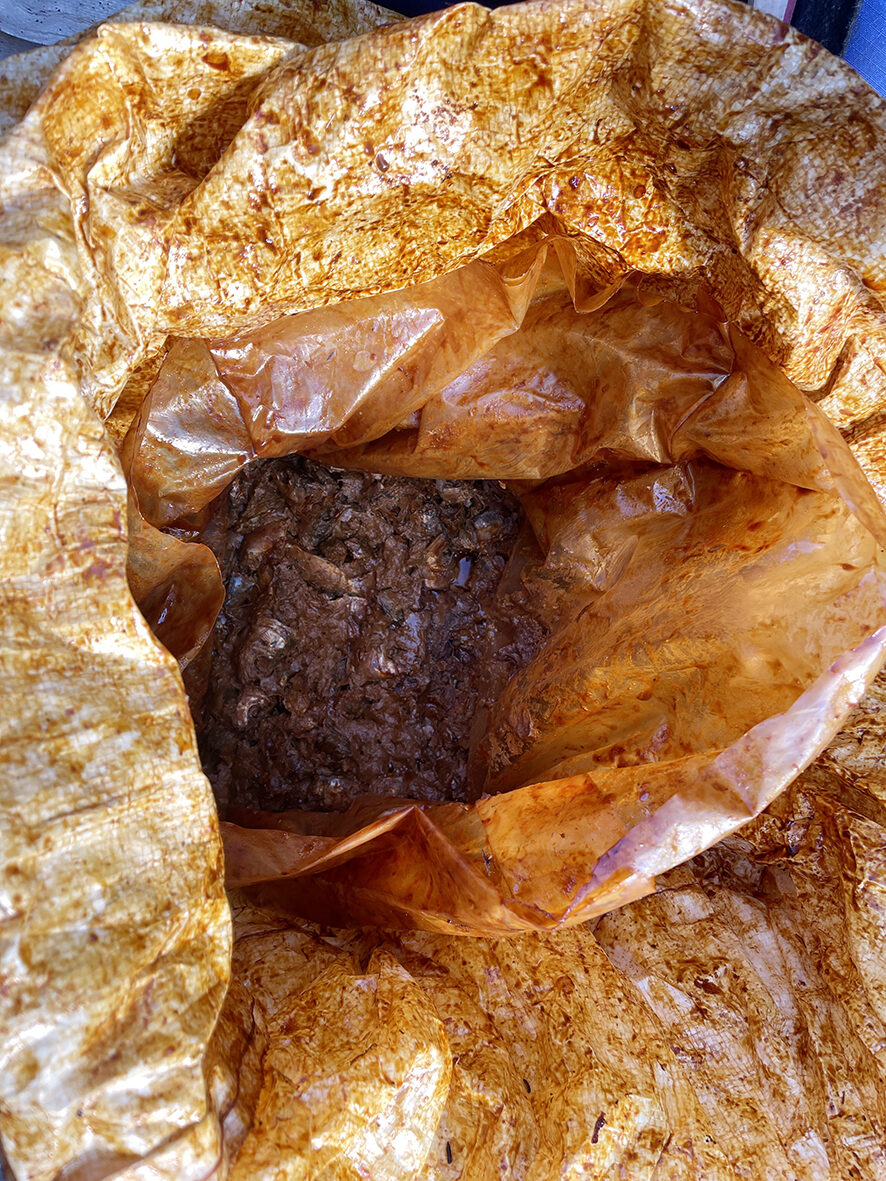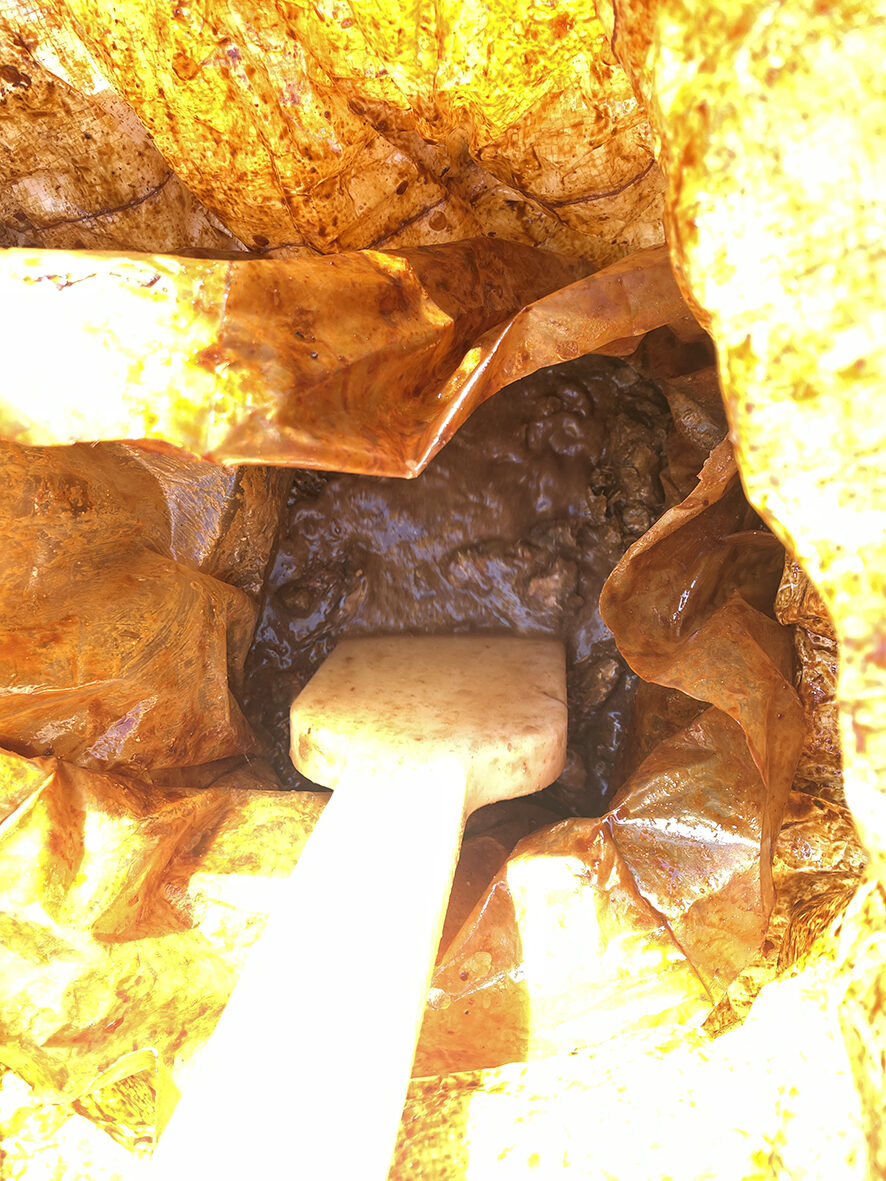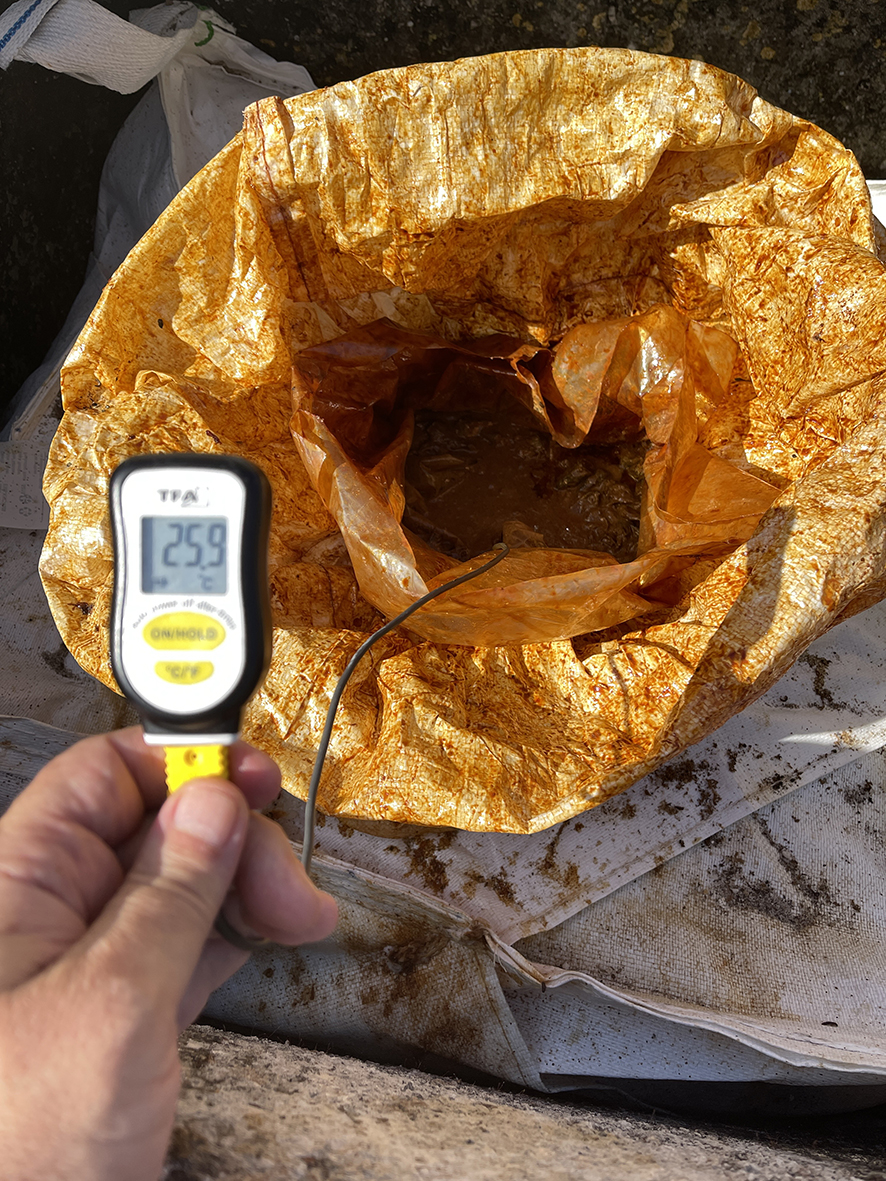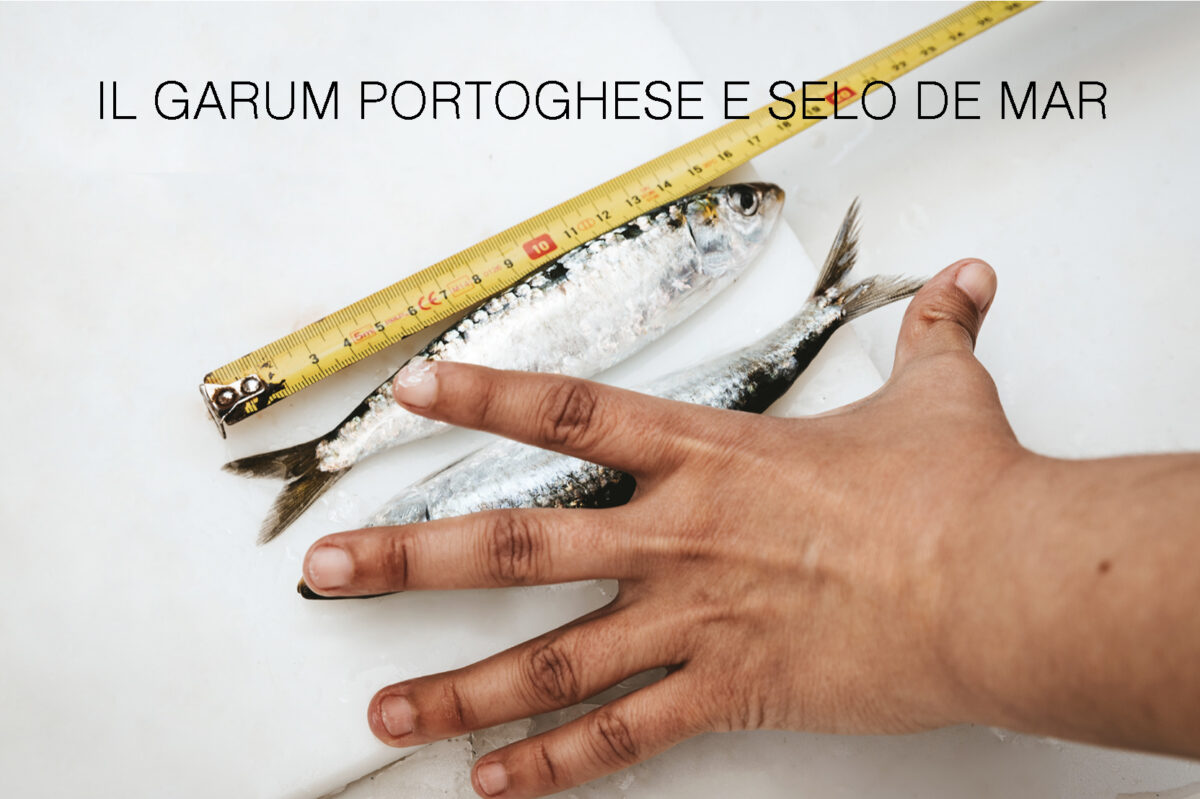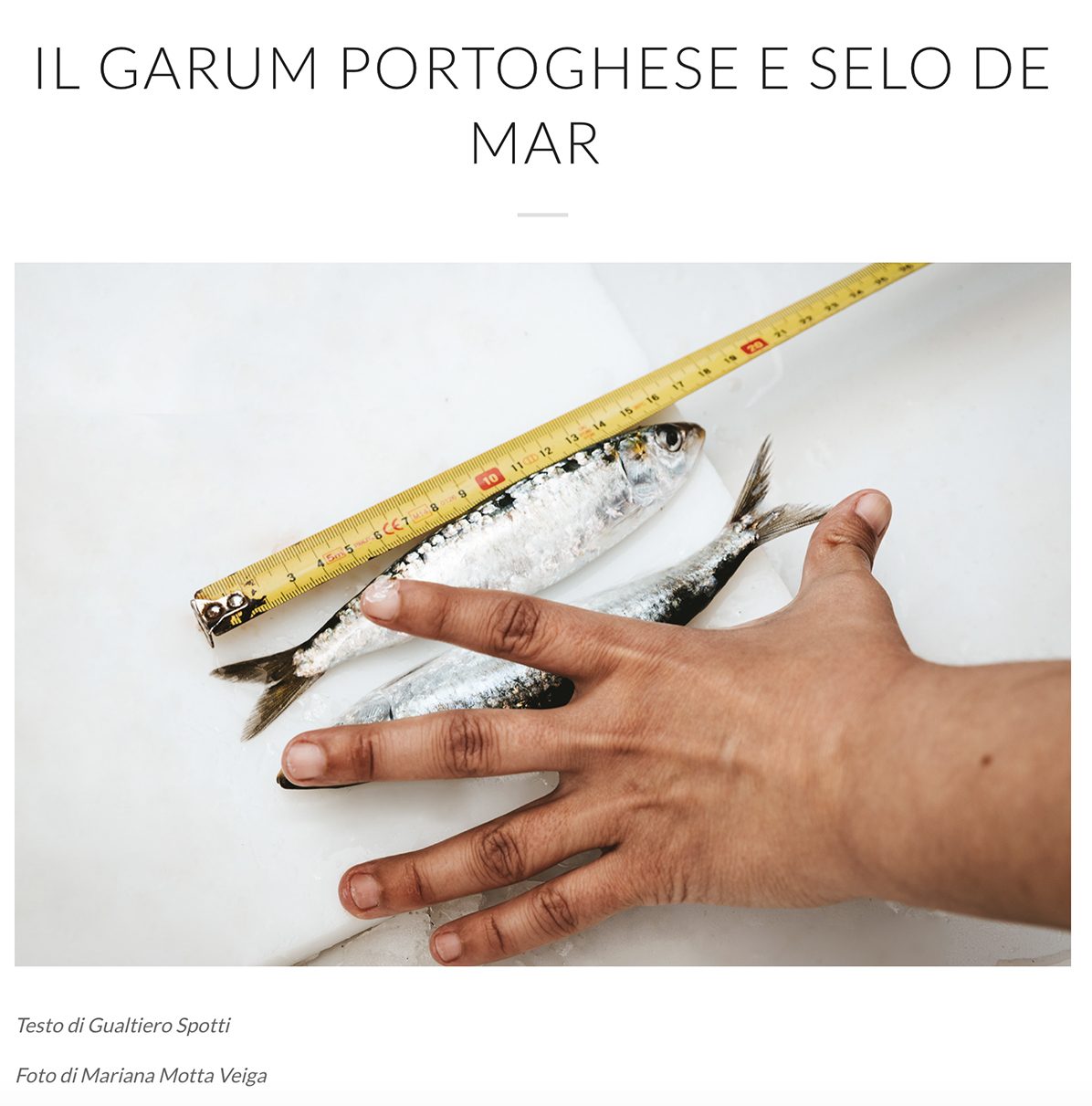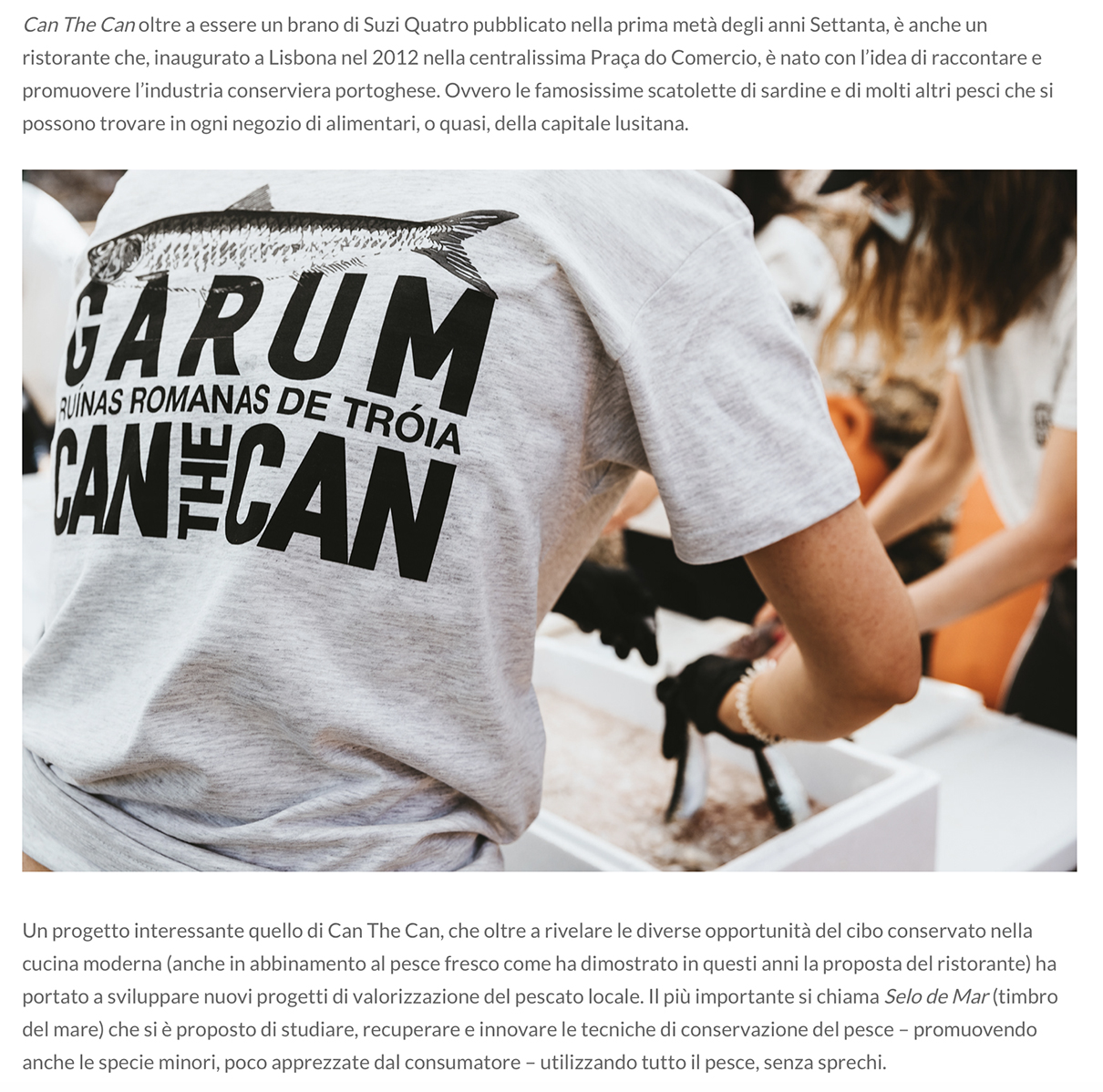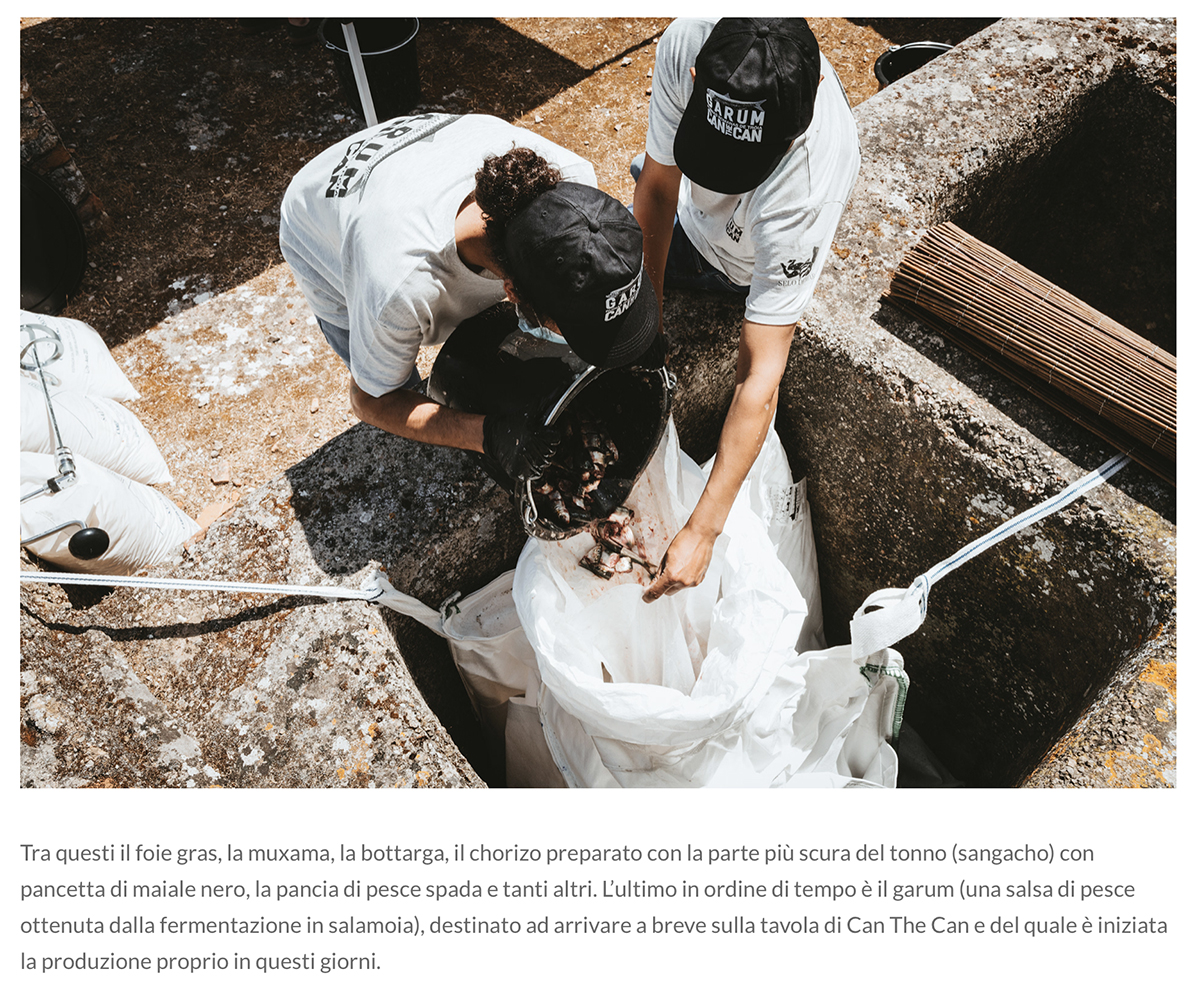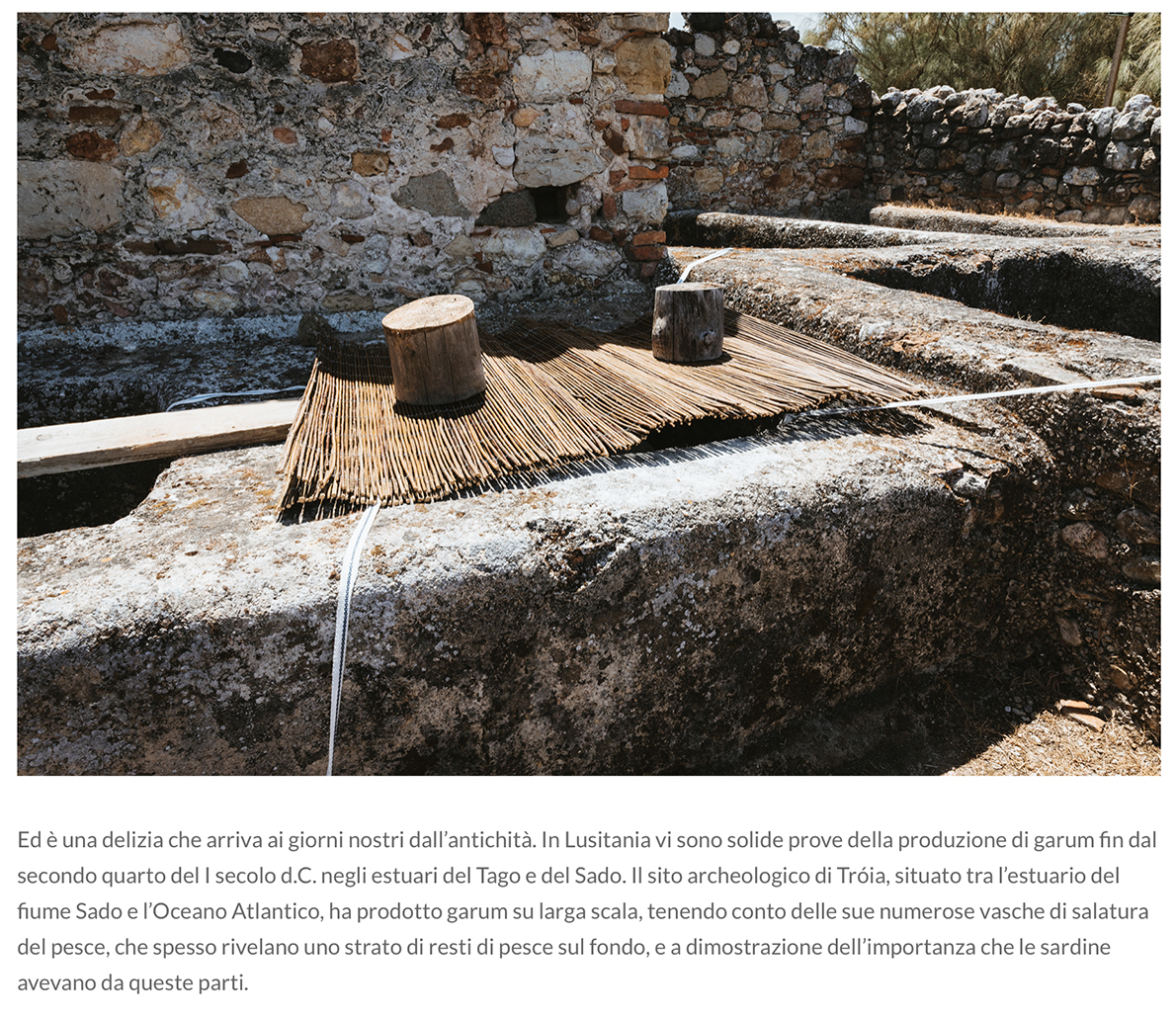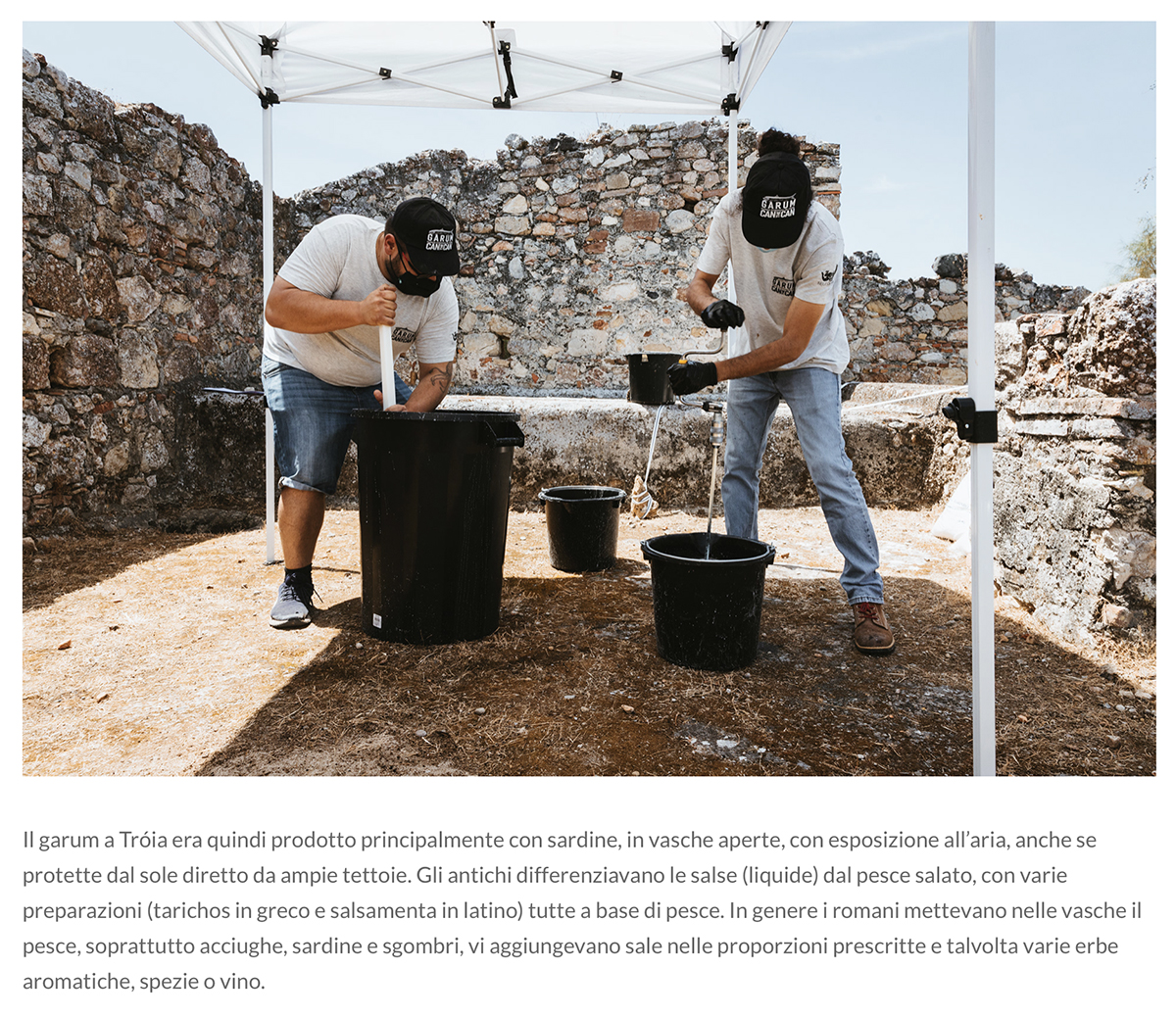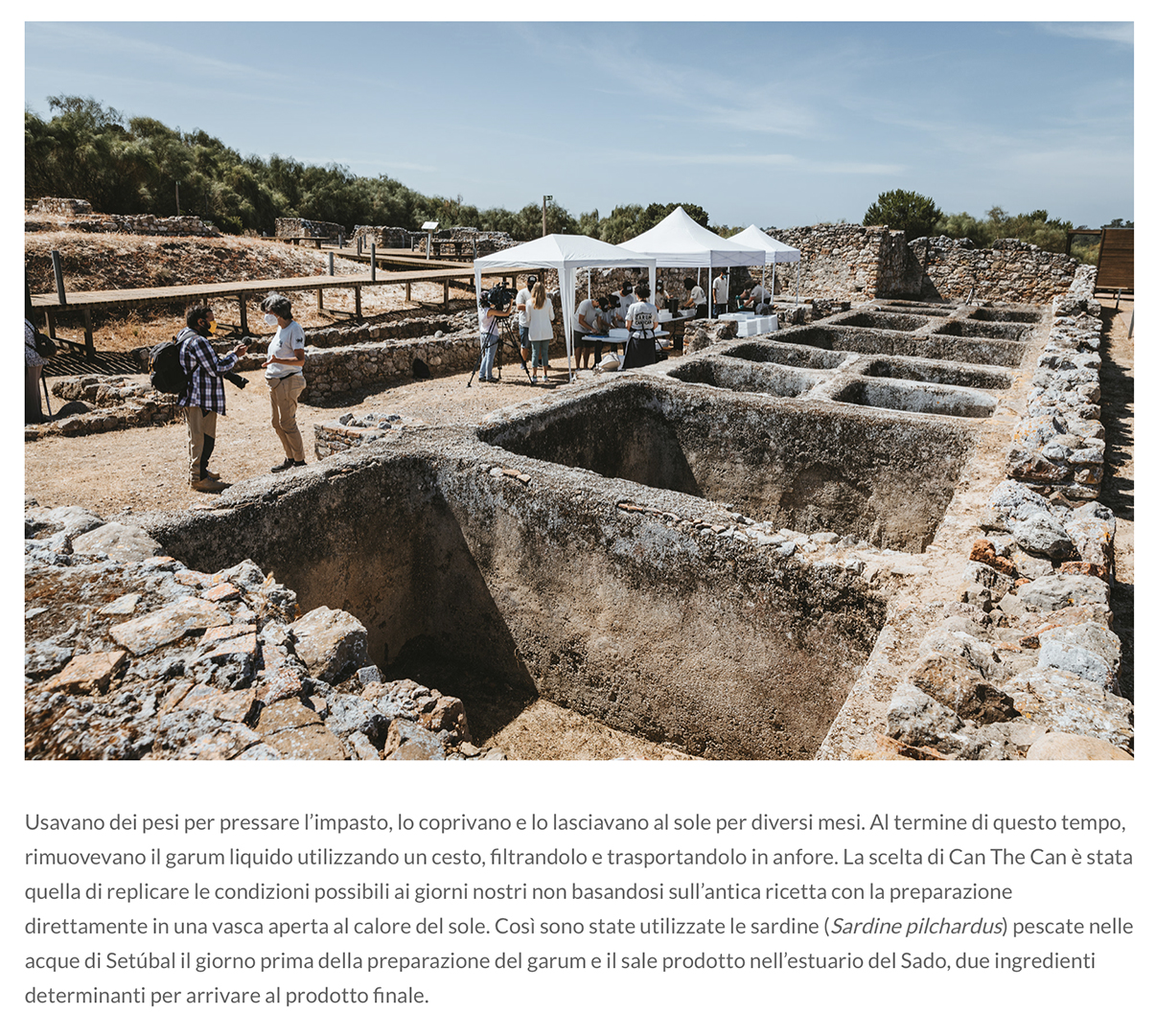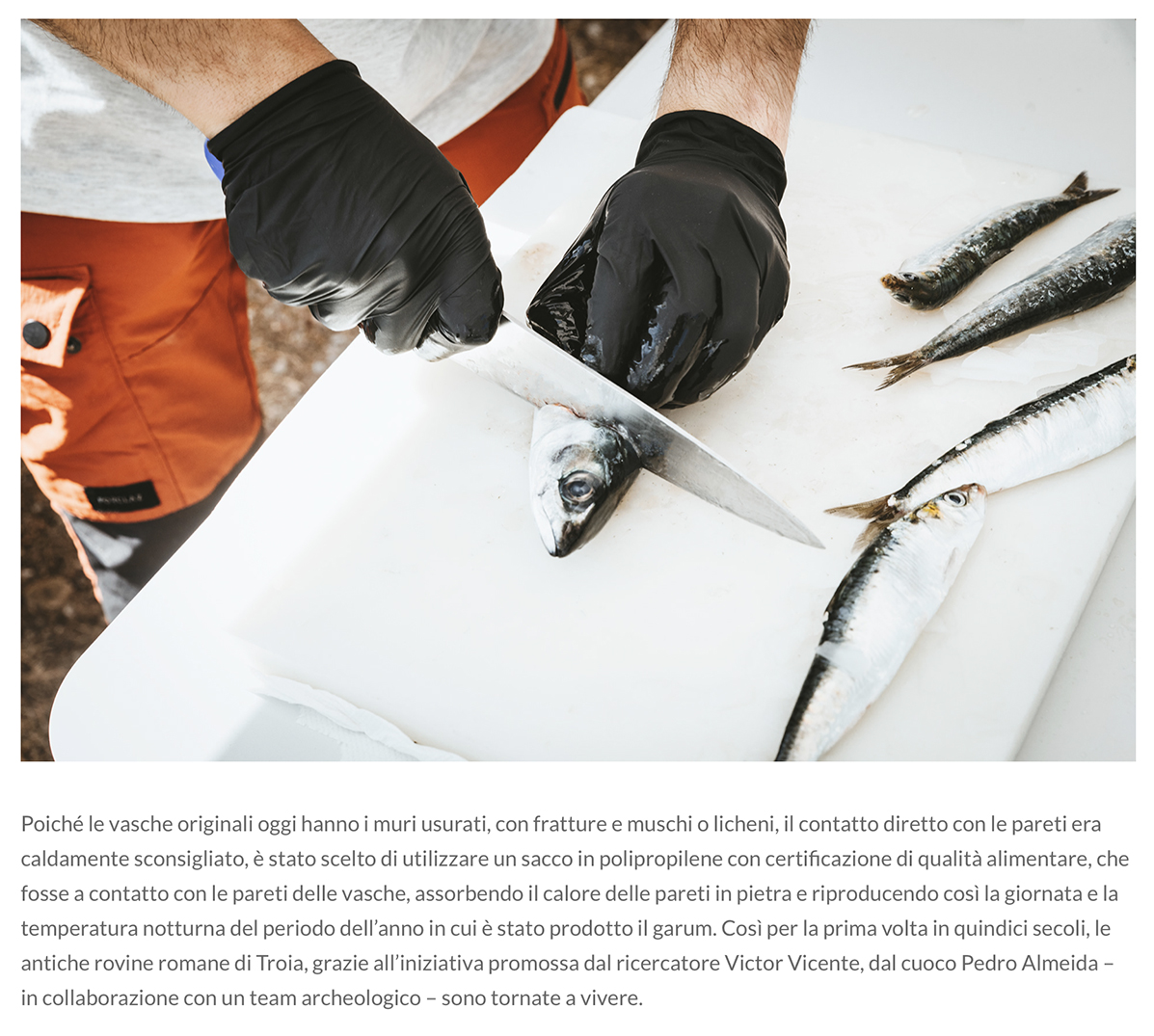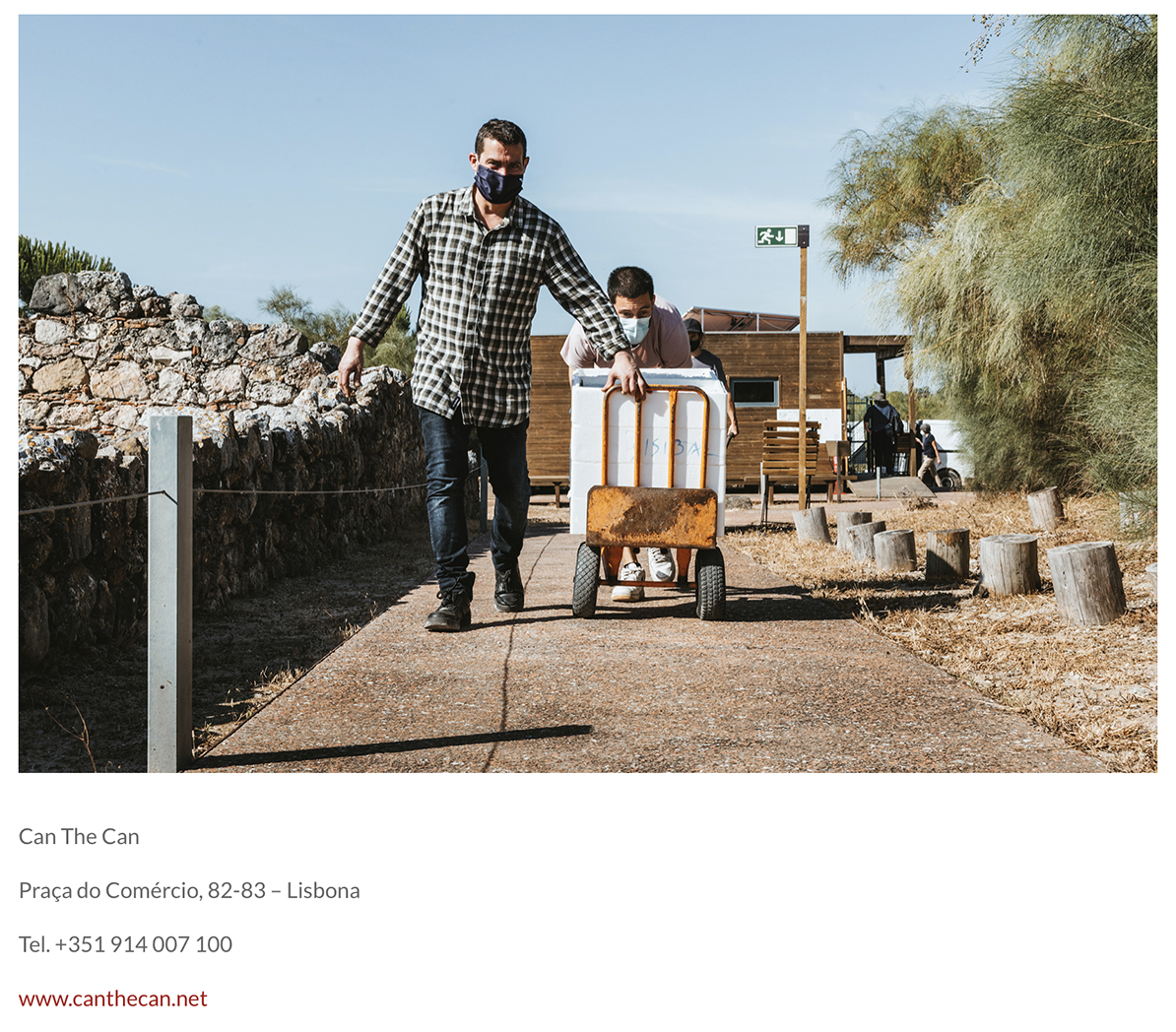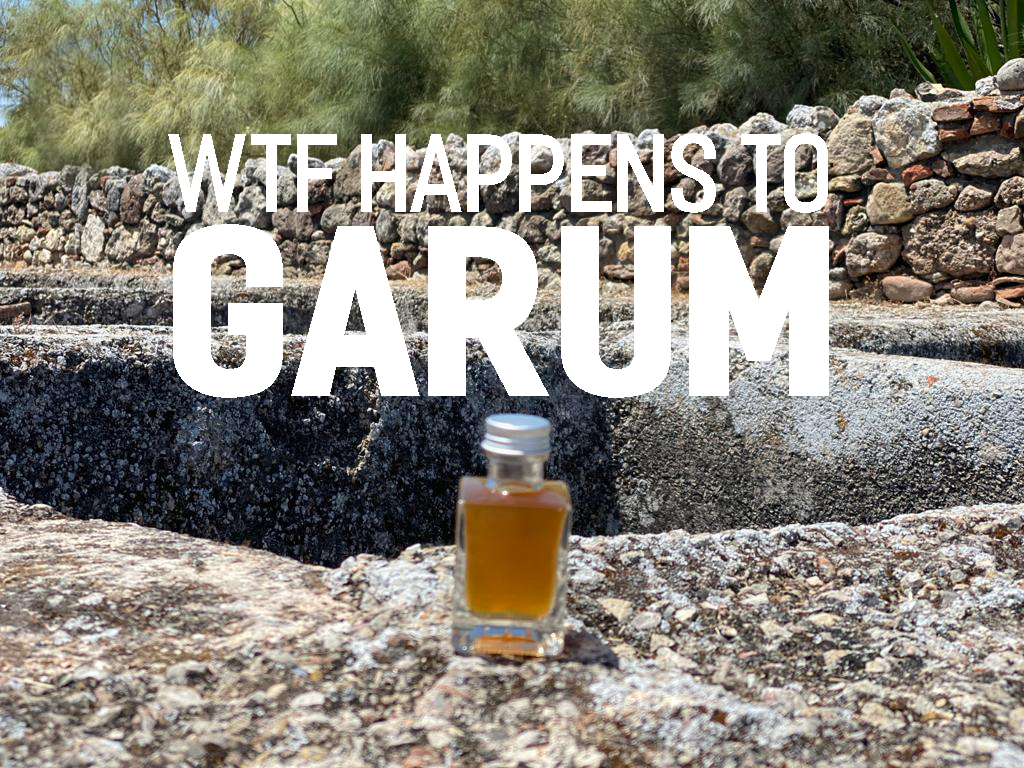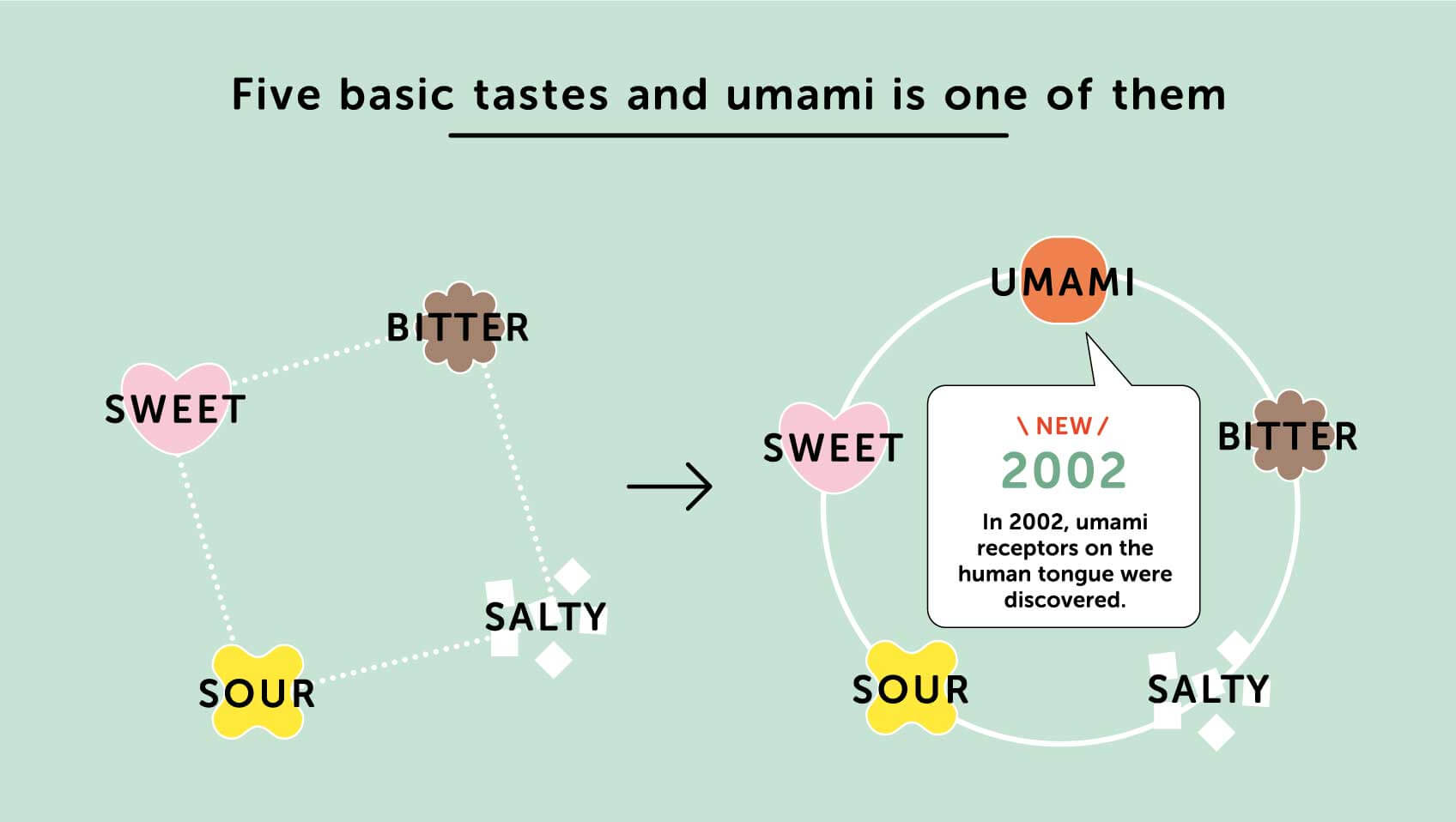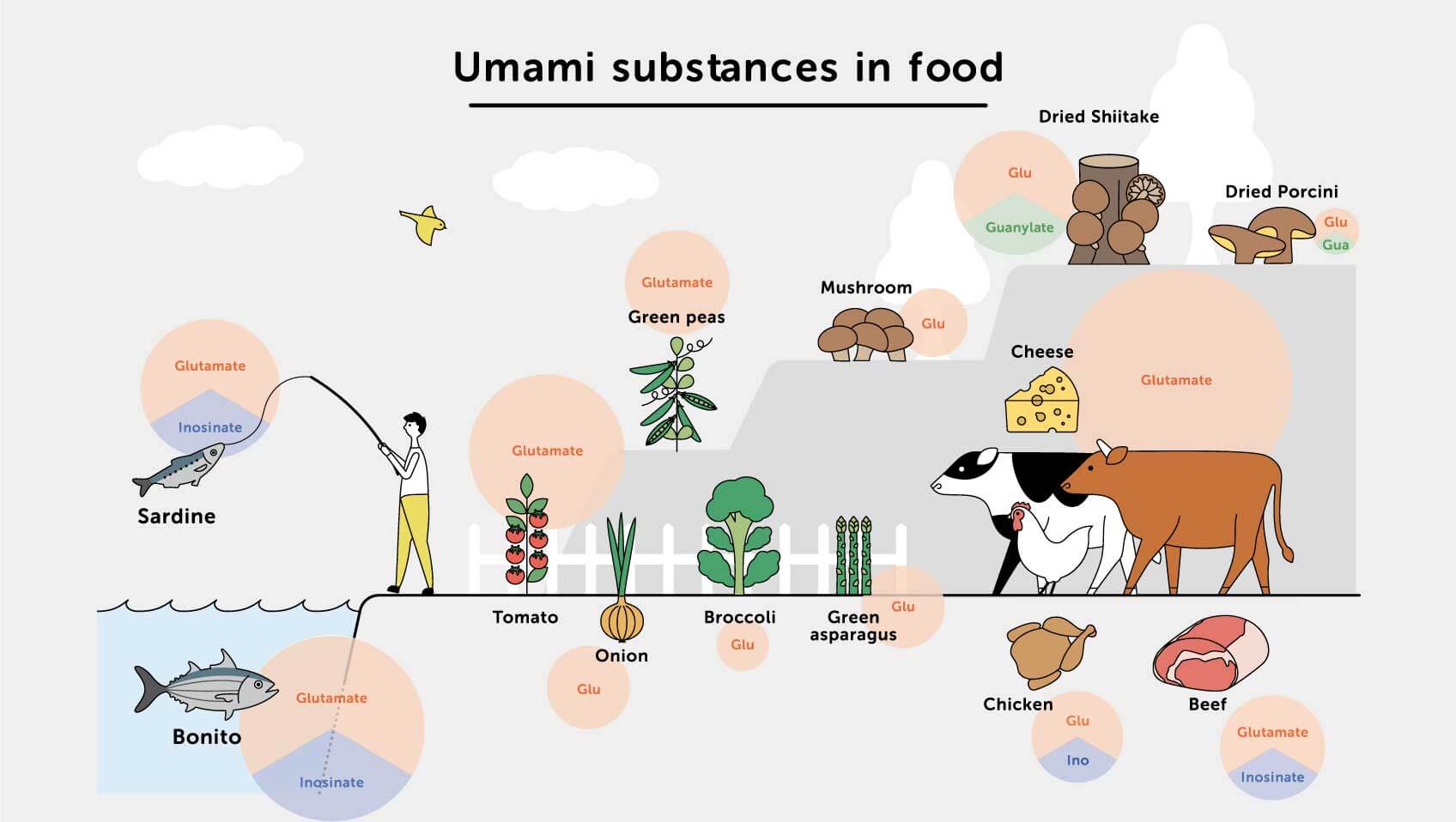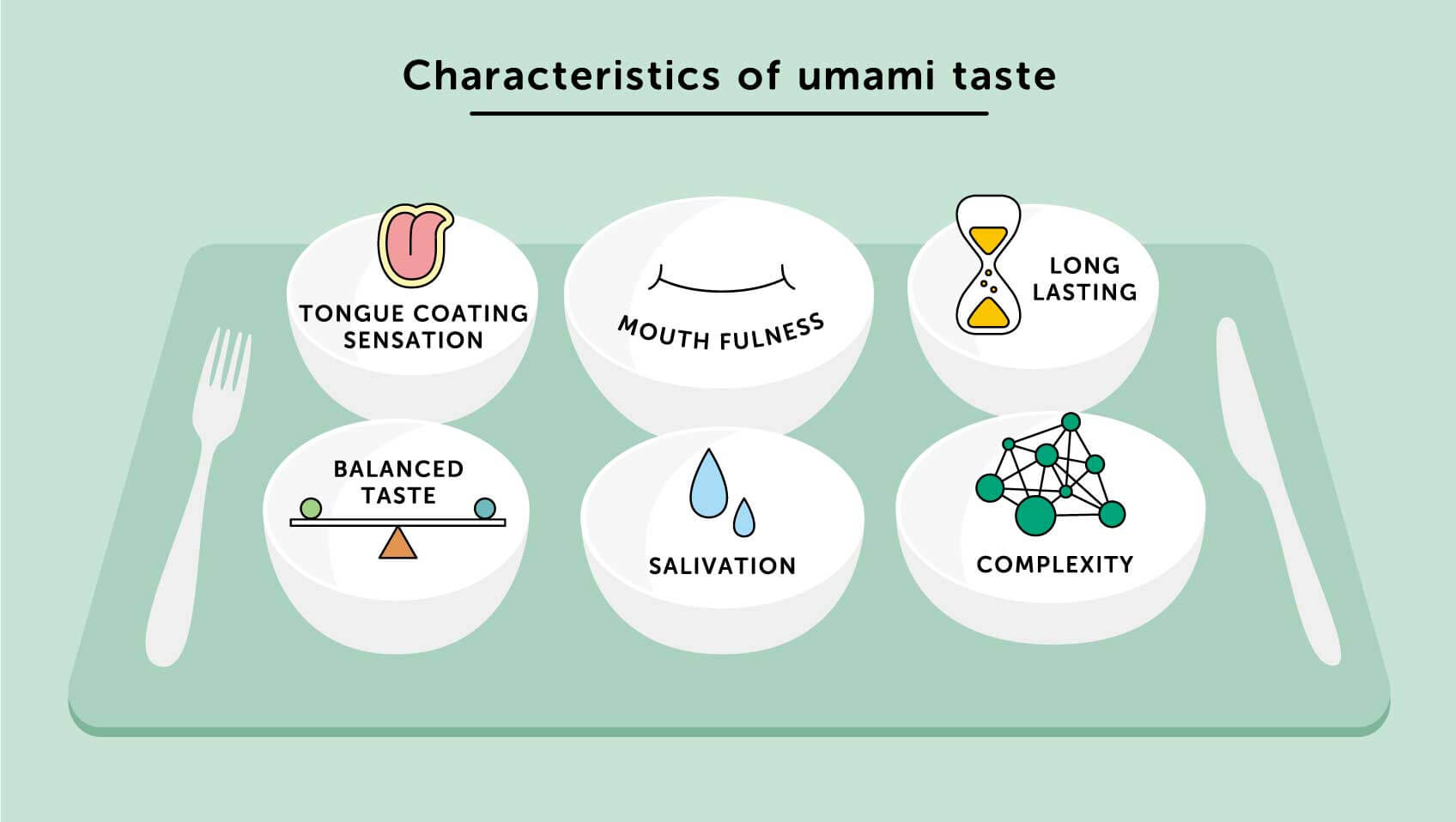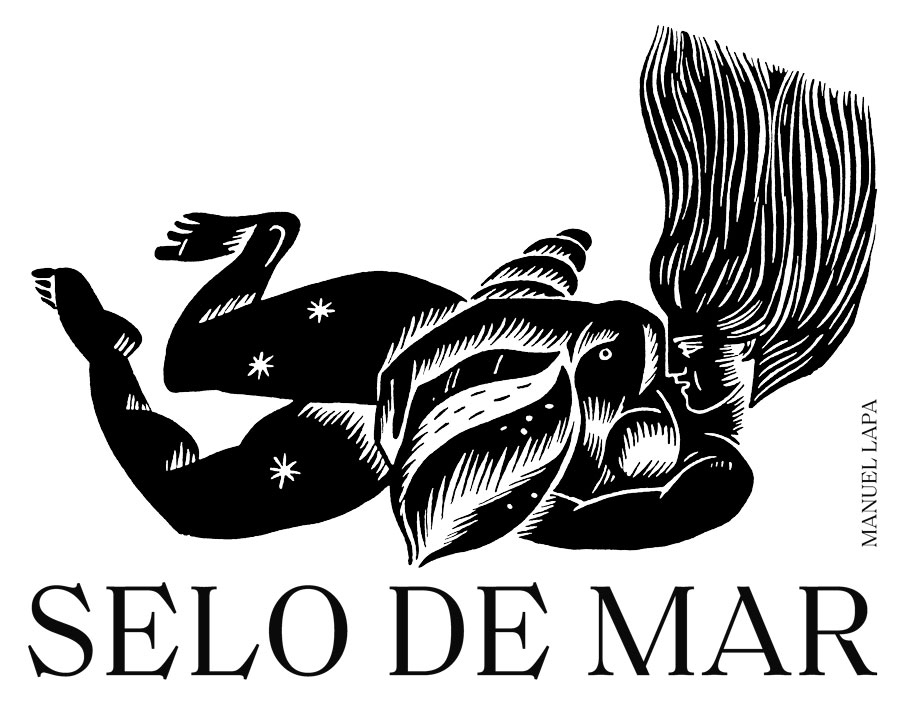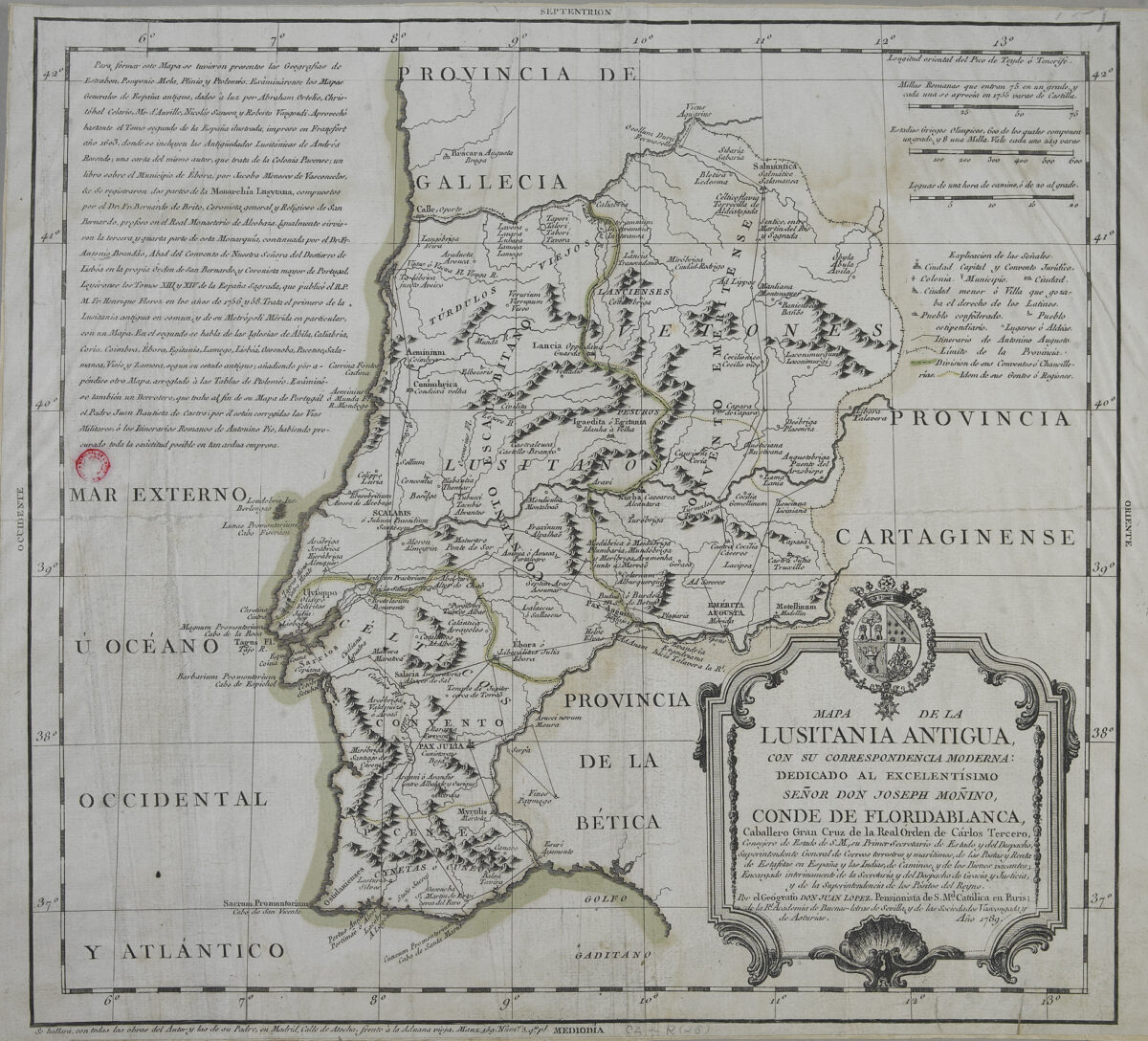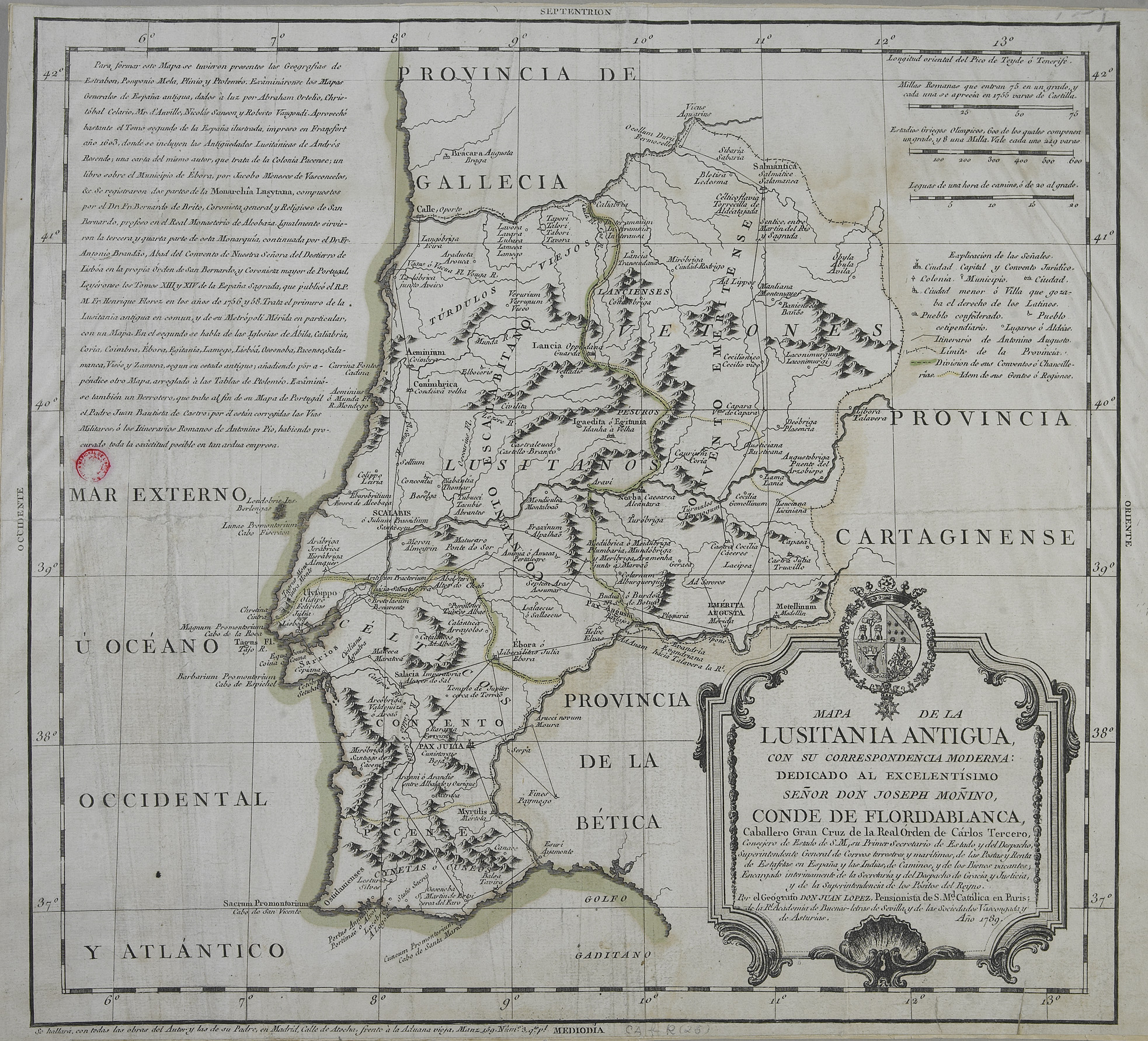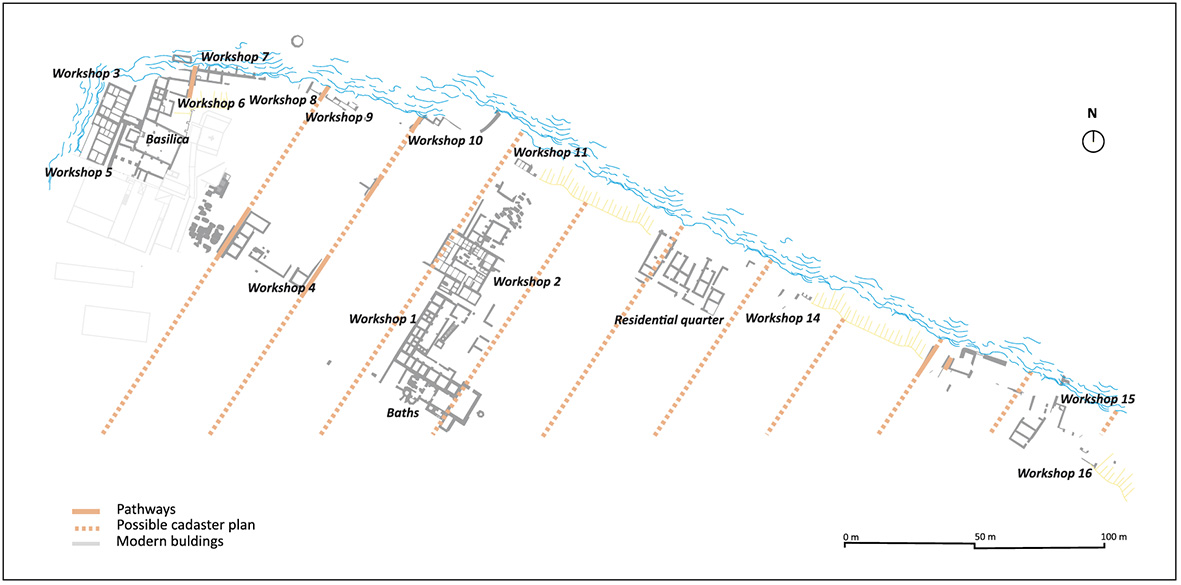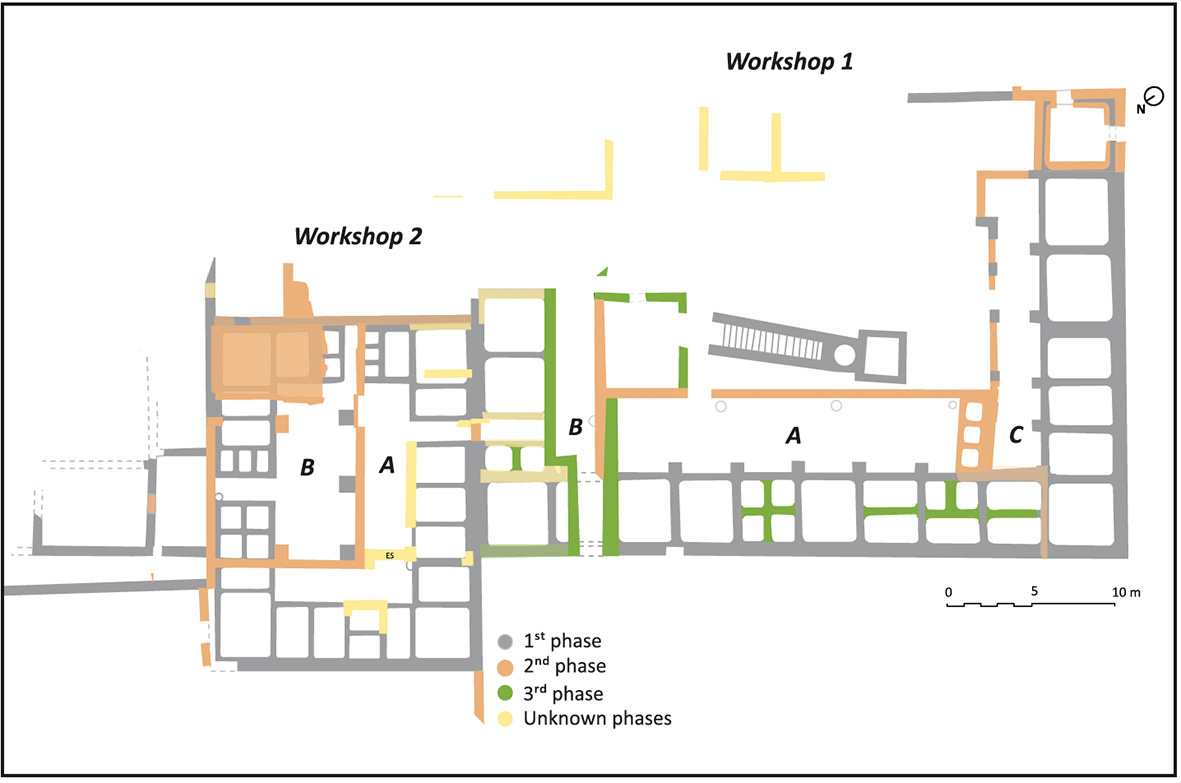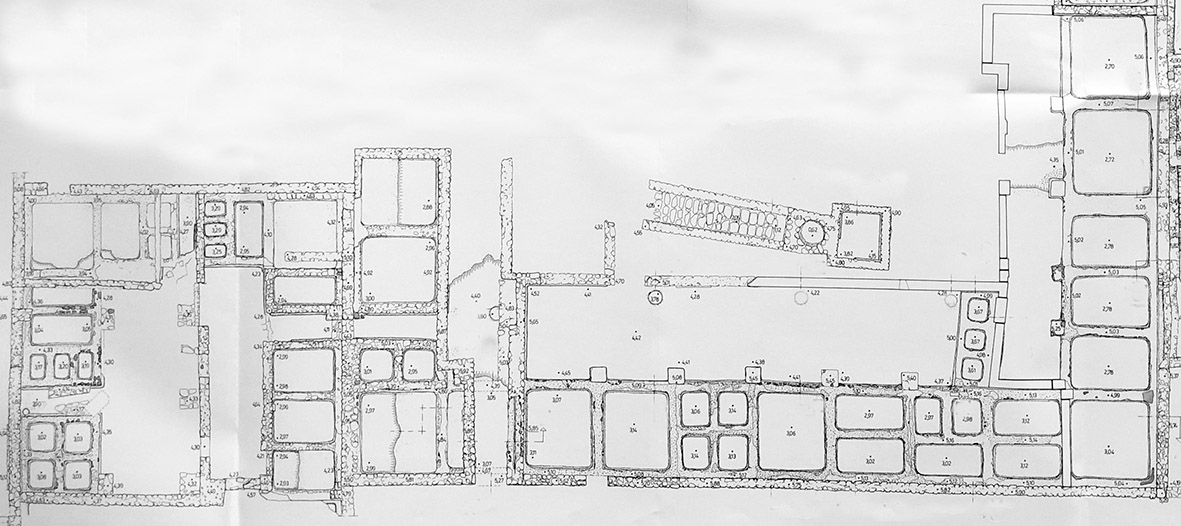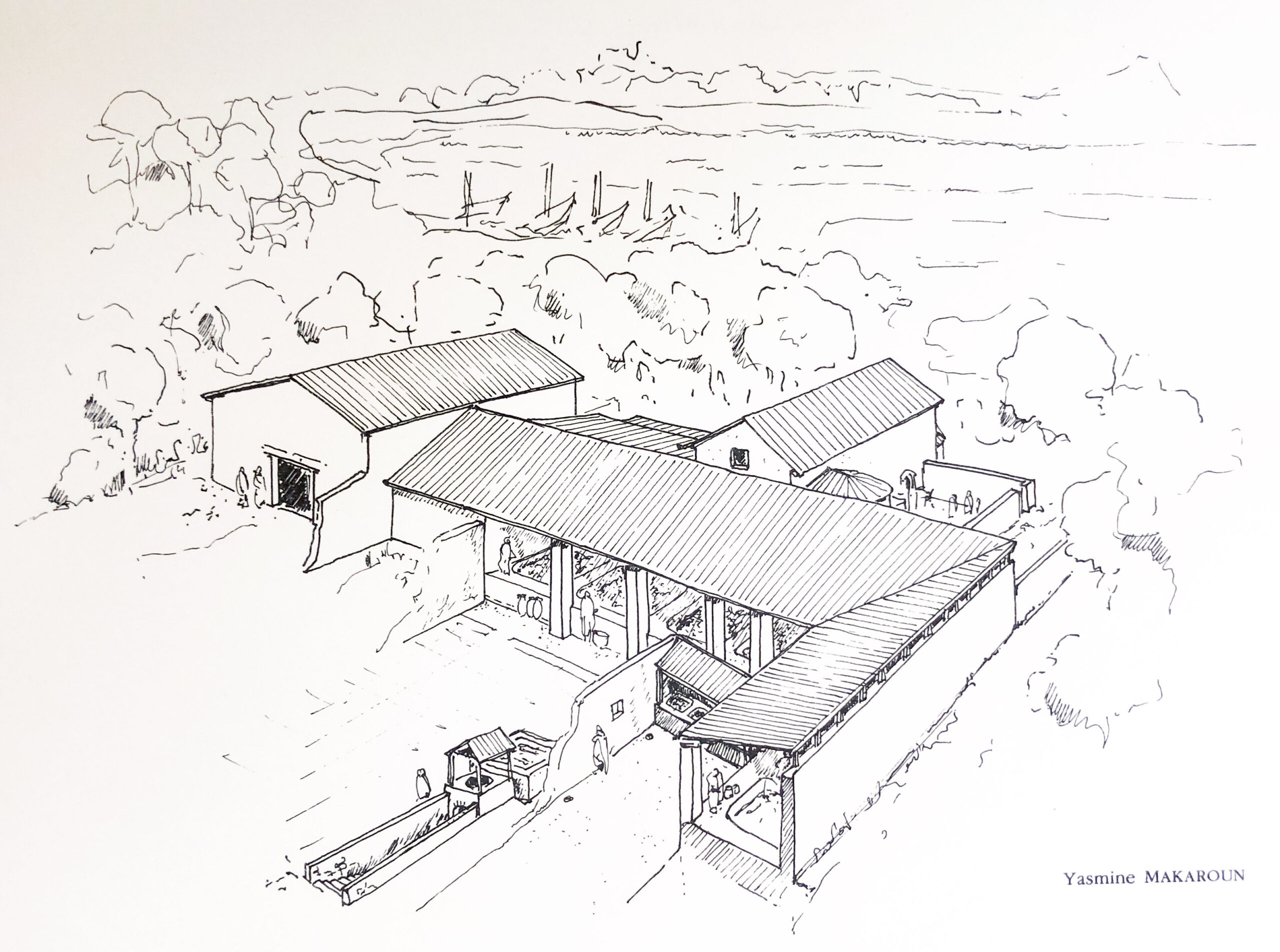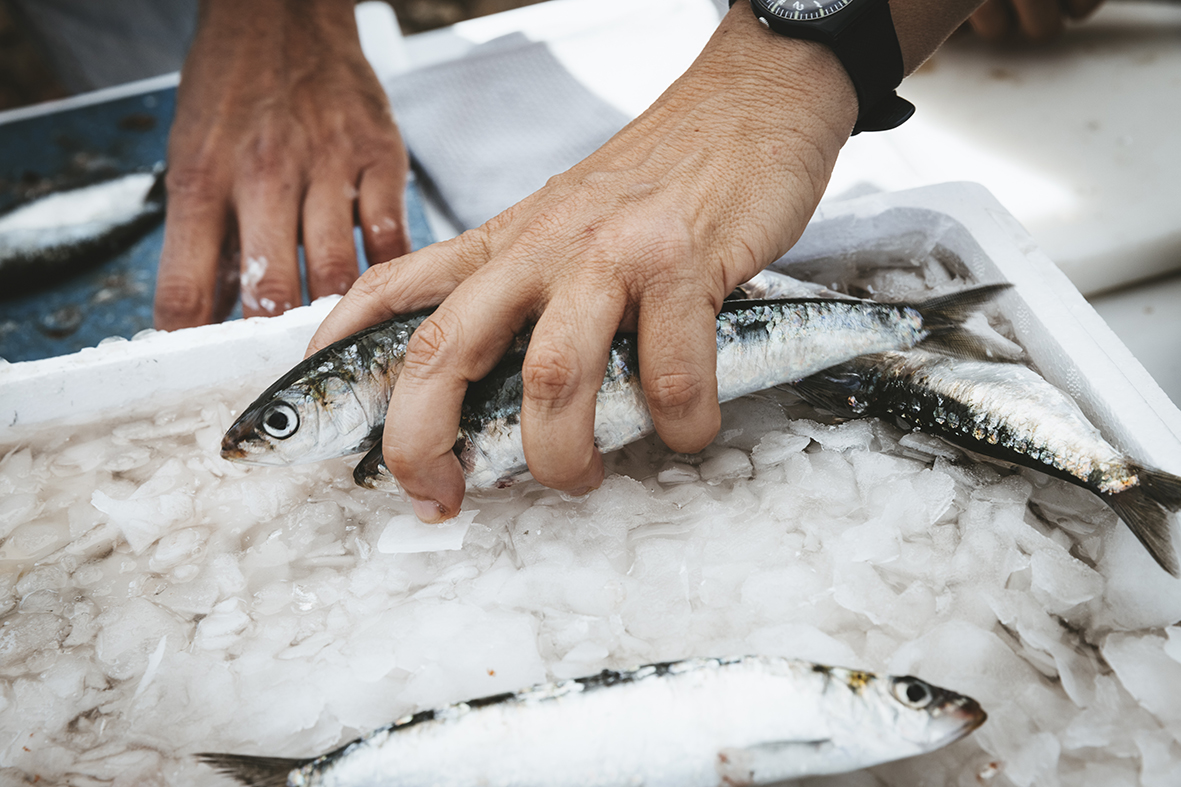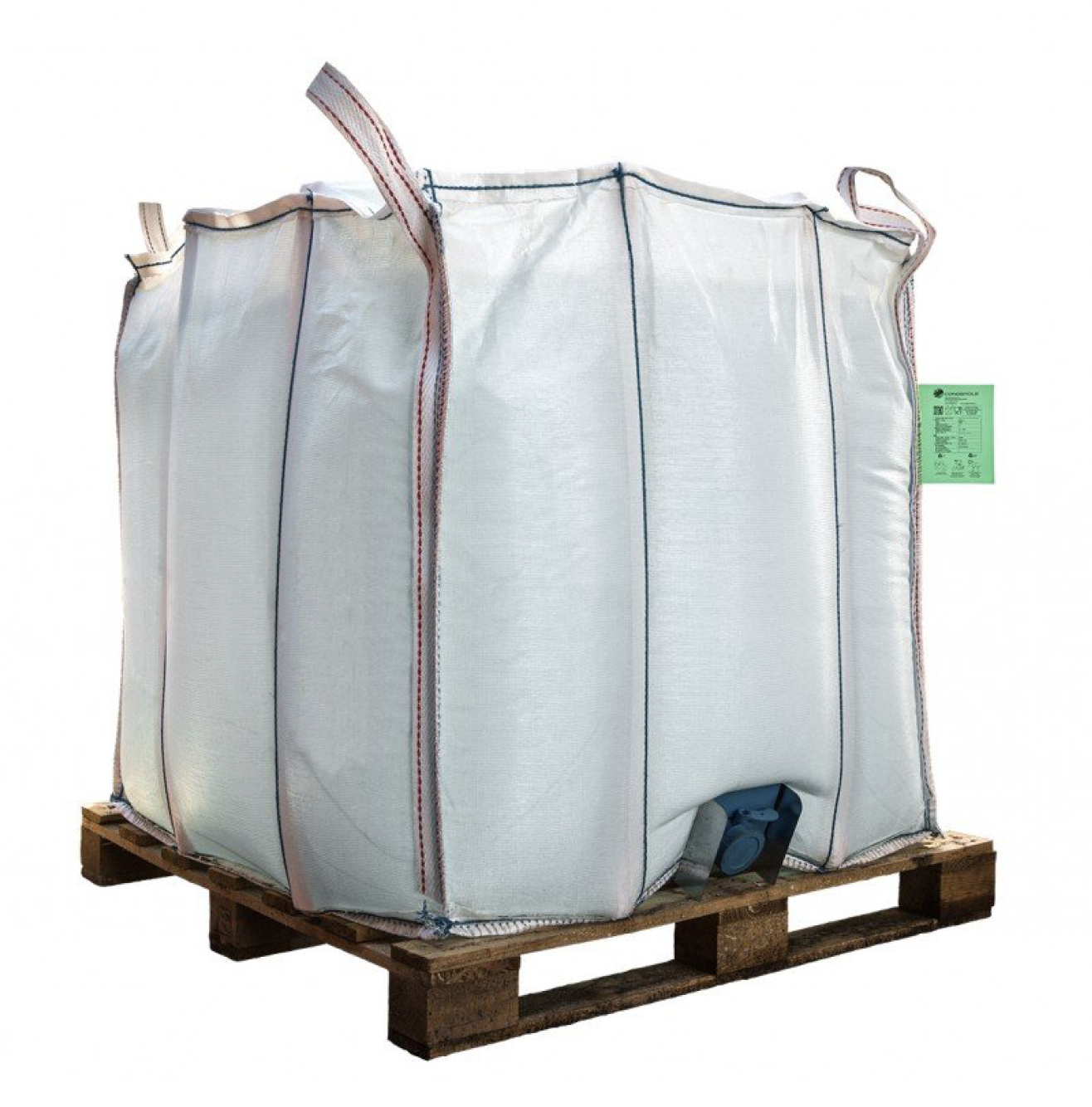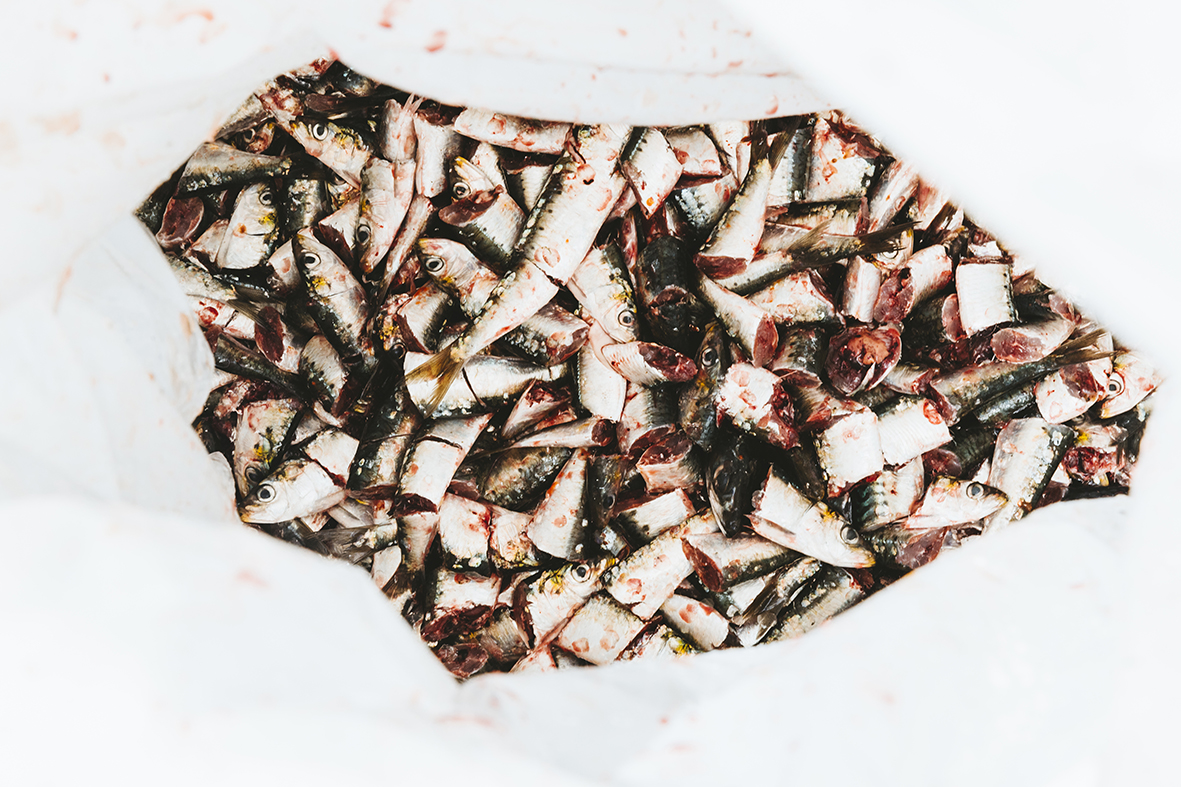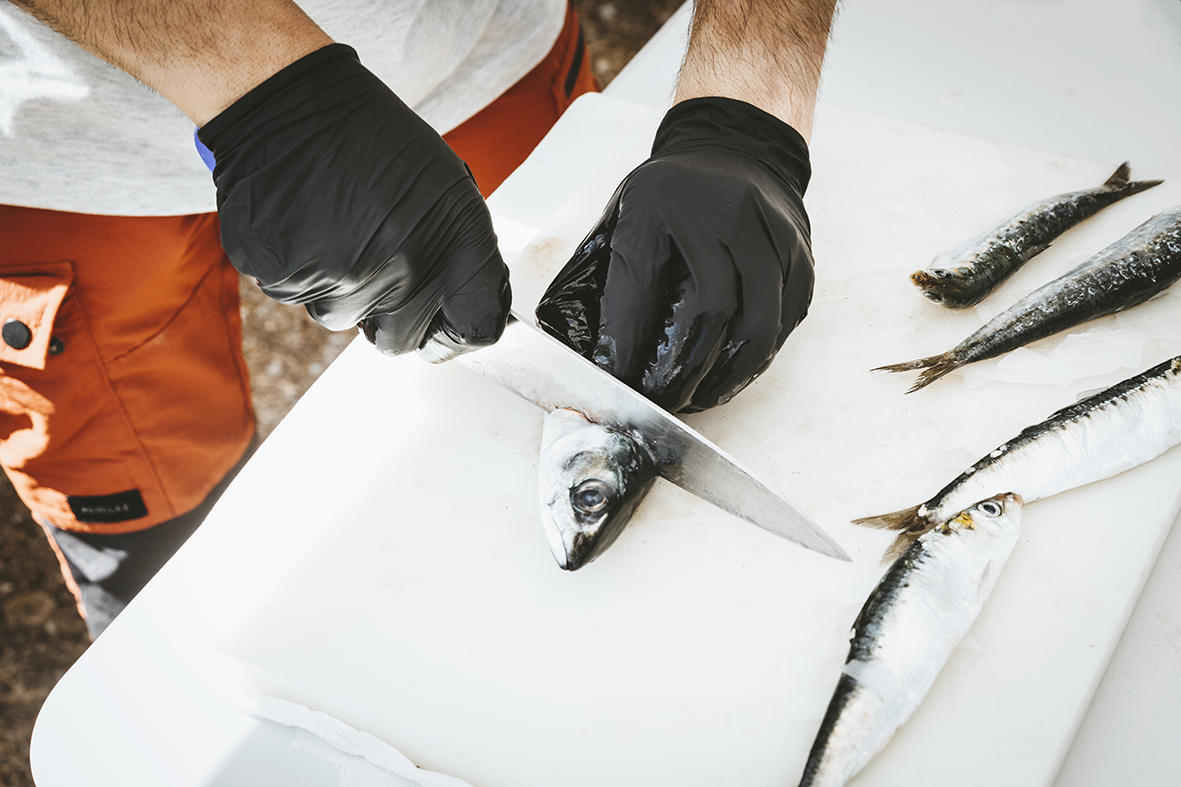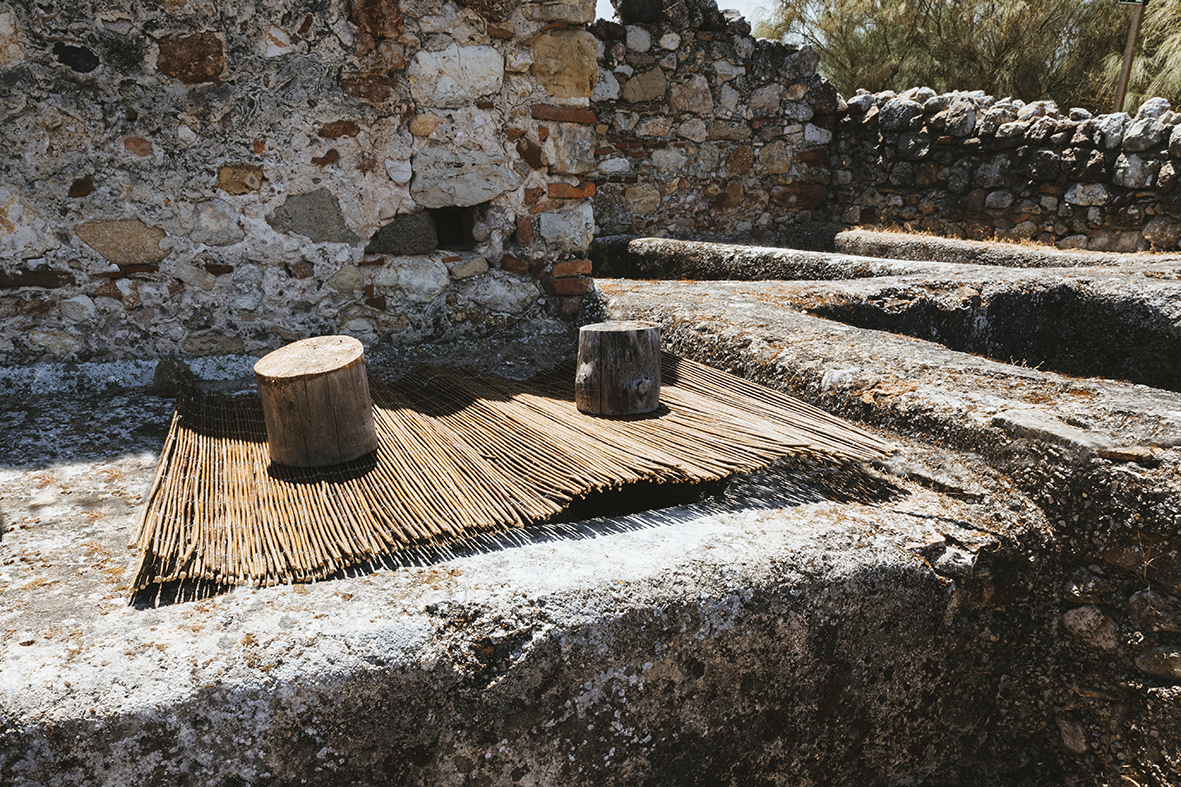The protein breaking process occurs thanks to the action of enzymes. Enzymes are also proteins, but they specialize in breaking down other molecules, including proteins.
When a fish is caught and dies, and its systems stop functioning properly, the action of the enzymes is gradually reversed only for decomposition.
After death, fish, like all other animals, undergoes a series of decay processes whose first step is autolysis : the degeneration of cells and organs through chemical substances, processes triggered by intra enzymes. Intracellular enzymes, which exist within the cells that make up the tissue, slowly break down muscle tissue proteins into amino acids, including glutamate , and this is how the flavor develops.
The speed of the autolytic process increases with increasing ambient temperature, but can be stopped if the textures are quickly frozen or dehydrated.
As a result of the autolytic degeneration of the organs of the gastrointestinal tract, the bacterial flora of the intestinal tract spreads to the rest of the corpse, initiating a process called putrefaction , the second phase of decomposition.
Bacterial activity initially produces gases such as sulfur dioxide, carbon dioxide, ammonia, methane, etc. and continues with the destruction of muscle proteins and the production of toxic amines, such as cadaverine and putrescine.
The real salting, the one used to produce salted fish and meat, produces a dehydration of the tissues that blocks autolysis, but it needs a large amount of sodium chloride (NaCl), a process that we can compare to the production of ham. In this case, it is pork leg meat, which is salted so as not to spoil, that is, not to putrefy, and thus, over the months, enzymes break down muscle proteins.
Even in environments with less salinity, such as brine - although with a high salt content of 10-20% NaCl - the progress of autolytic processes is not prevented, but it is enough to prevent the beginning of putrefaction by stopping the development of dangerous microorganisms to health.
After some time, the result of the decomposition in brine leads to the formation of a perfectly edible liquid, often amber in color, salty and full of proteins, iodine and fluorine, histidine and vitamins A and D (lat. Garum, liquamen). You also get a very salty pasty substance (lat. Allec) with excellent nutritional value.
The other invisible part of the Garum process is the contribution of microbes, bacteria in particular. The human microbiome is the sum of all microorganisms that reside in human tissues and fluids and in each anatomical site, our mouth, skin, digestive system, has its specific microbiome.
Os peixes têm também milhões de bactérias principalmente nas vísceras, muito mais do que os humanos na pele, porque a sua superfície é húmida. Existem assim milhões de enzimas por grama de peixe, especialmente no sistema digestivo e portanto muitas coisas vivas no tecido dos peixes mortos, enzimas que quebram proteínas e gorduras, para obter energia, alimentarem-se e reproduzirem-se.
No processo desse metabolismo, os micróbios geram os seus próprios conjuntos característicos de moléculas voláteis que são determinantes para o aroma do Garum. As enzimas dos músculos e as enzimas das vísceras – se o sistema digestivo for incluído na preparação do Garum – contribuem muito para a sua qualidade e sabor. São pois os micróbios que geram grande parte do aroma.
Pelo facto de os micróbios estarem envolvidos neste processo, é crucial que na produção sejam seguidos certos cuidados por forma a evitar a presença de micróbios patogênicos e que podem provocar doenças, como o botulismo. O botulismo pode resultar do crescimento de bactérias do género Clostridium, sendo controlado pelo uso do sal, pois estes micróbios não suportam altos níveis de salinidade.
Garum production is a very complex system, so different types of fish sauces, made with different processes, different types of fish, different forms of production, can result in very different flavors.
